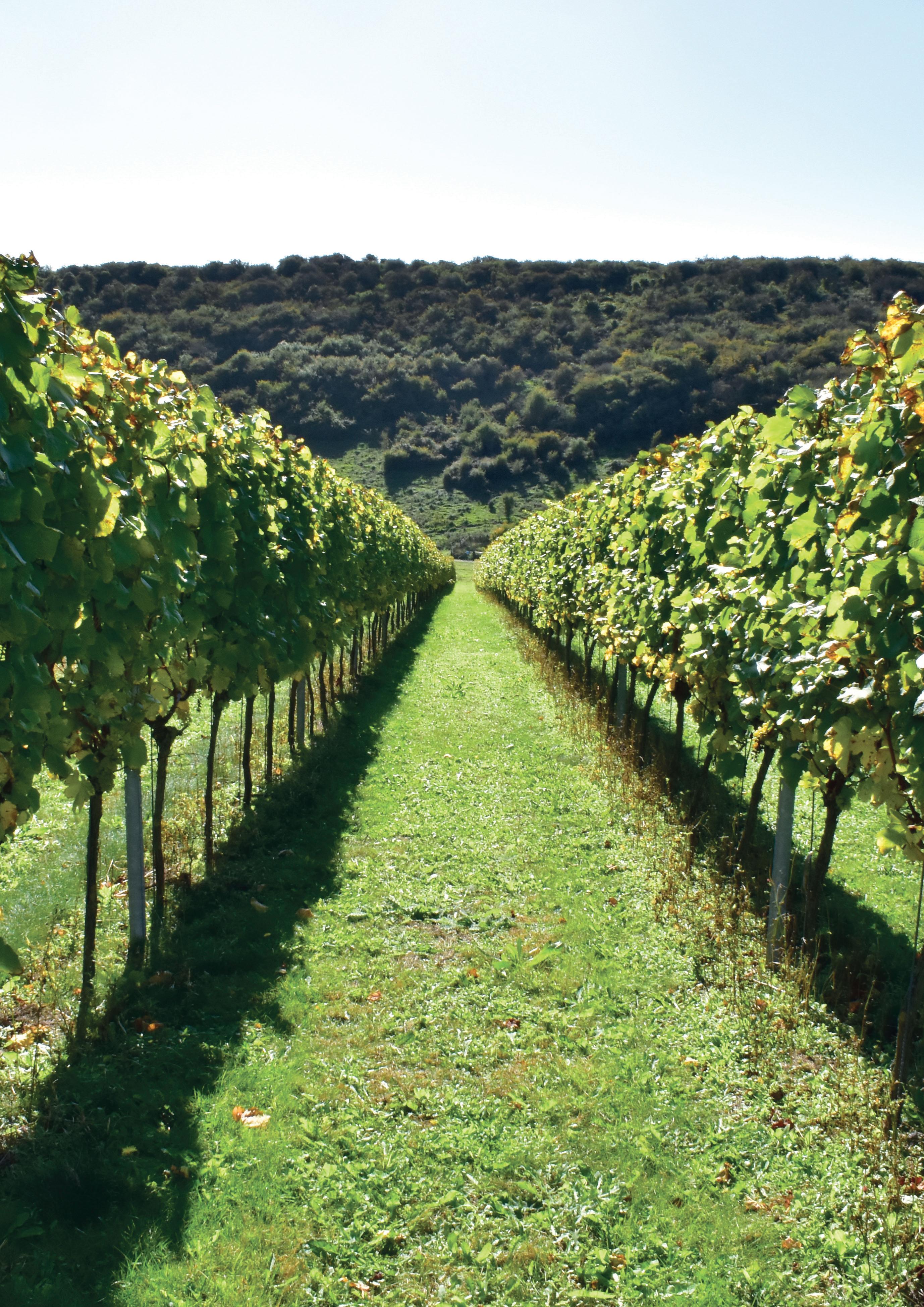





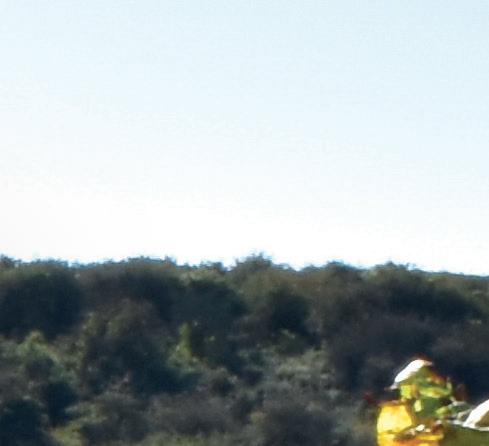







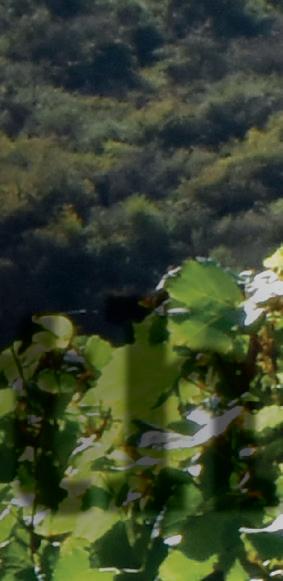


LAND & PROPERTY CONSULTANTS Expert advice for viticulture: • Site-finding • Sales & acquisitions • Planning applications • Environmental schemes & grants Call us on 01892 770339 Matthew Berryman 07710 765323 matthew@c-l-m.co.uk INSIDE The science of quality Pioneer in the UK wine industry Strong posts and tight wires Following their own path Visiting Rathfi nny Wine Estate as they continue their unique journey DECEMBER 2022 ™


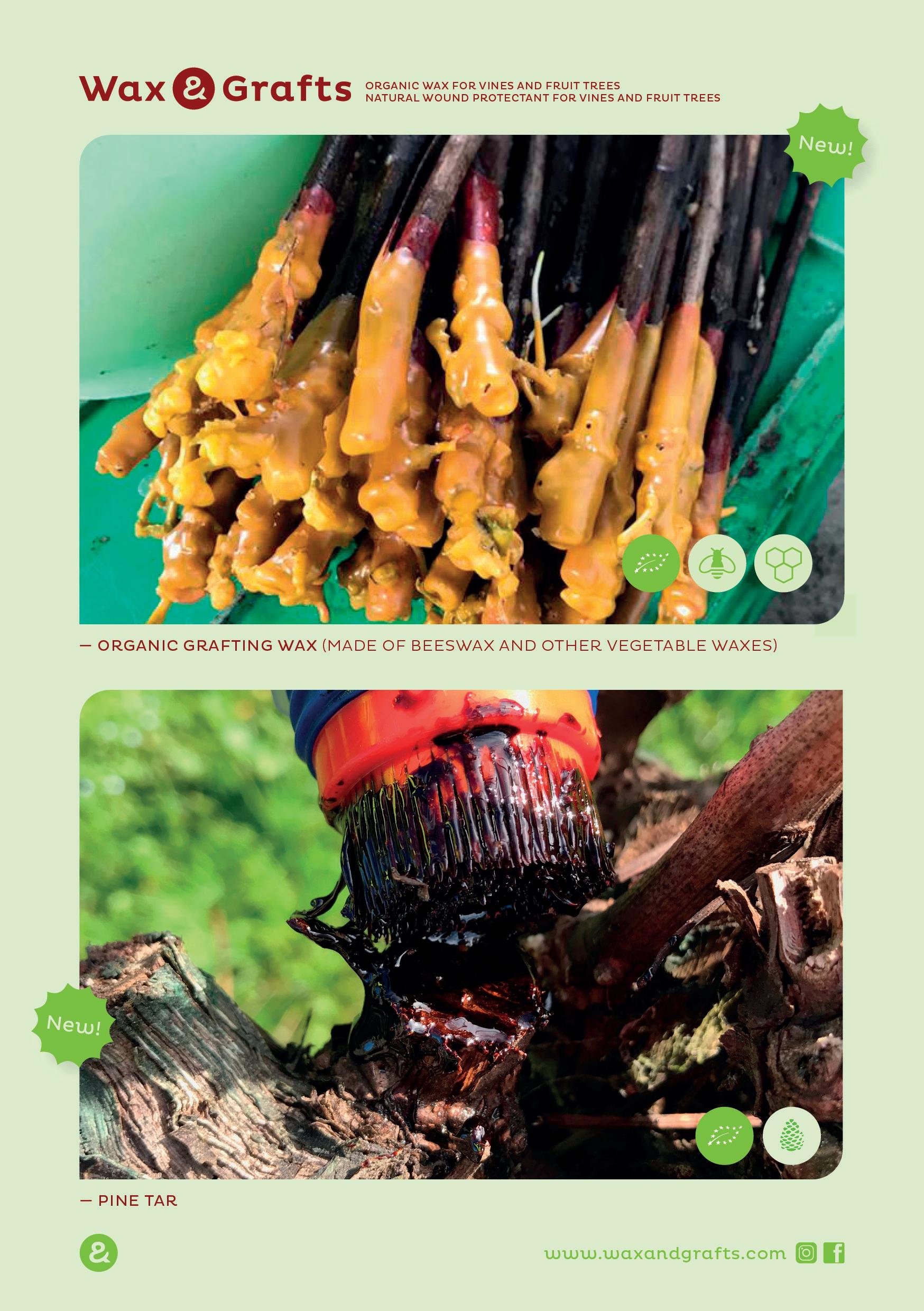
www.vineyardmagazine.co.uk

VINEYARD
Kelsey Media, The Granary, Downs Court Yalding Hill, Yalding, Maidstone, Kent, ME18 6AL 01959 541444
EDITORIAL
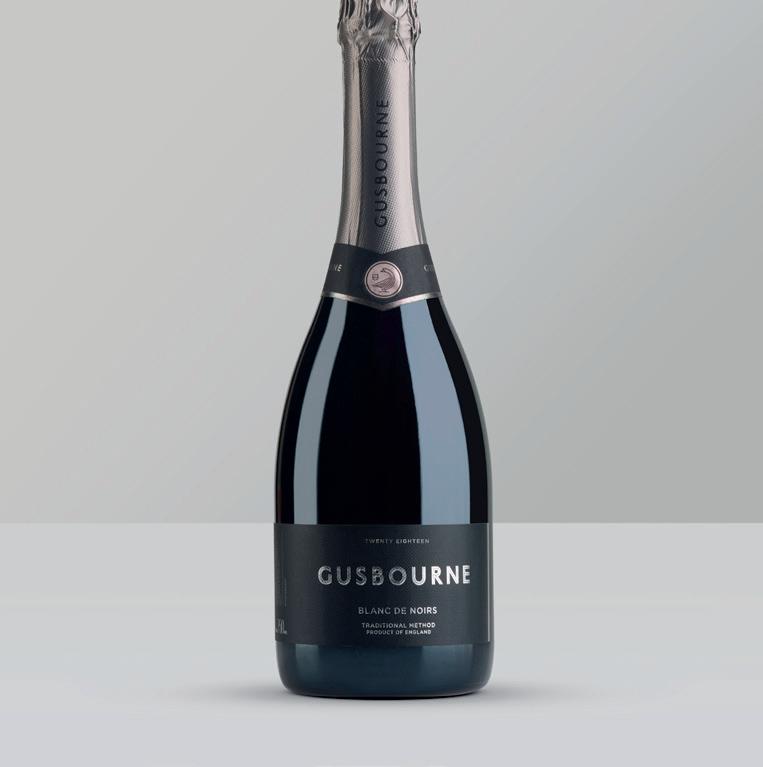

Editor: Rebecca Farmer vineyard.ed@kelsey.co.uk Features: Malcolm Triggs Jo Cowderoy
GRAPHIC DESIGN
Jo Legg Flair Creative Design jo.legg@flair-design.co.uk
ADVERTISEMENT SALES
Jamie McGrorty 01303 233883 jamie.mcgrorty@kelsey.co.uk
PHOTOGRAPHER Martin Apps www.countrywidephotographic.co.uk
MANAGEMENT
CHIEF EXECUTIVE: Steve Wright
CHIEF OPERATING OFFICER: Phil Weeden
MANAGING DIRECTOR: Kevin McCormick


PUBLISHER: Jamie McGrorty
RETAIL DIRECTOR: Steve Brown RENEWALS AND PROJECTS MANAGER: Andy Cotton
SENIOR SUBSCRIPTION
MARKETING MANAGER: Nick McIntosh
SUBSCRIPTION MARKETING DIRECTOR: Gill Lambert
SUBSCRIPTION MARKETING MANAGER: Kate Chamberlain
SENIOR PRINT
PRINT PRODUCTION MANAGER: Georgina Harris
PRINT PRODUCTION CONTROLLER: Kelly Orriss
DISTRIBUTION
Distribution in Great Britain: Marketforce (UK)
3rd Floor, 161 Marsh Wall, London, E14 9AP Tel: 0330 390 6555
PRINTING
Precision Colour Print
Kelsey Media 2022 © all rights reserved. Kelsey Media is a trading name of Kelsey Publishing Ltd. Reproduction in whole or in part is forbidden except with permission in writing from the publishers. Note to contributors: articles submitted for consideration by the editor must be the original work of the author and not previously published. Where photographs are included, which are not the property of the contributor, permission to reproduce them must have been obtained from the owner of the copyright. The editor cannot guarantee a personal response to all letters and emails received. The views expressed in the magazine are not necessarily those of the Editor or the Publisher. Kelsey Publishing Ltd accepts no liability for products and services offered by third parties.
Kelsey Media takes your personal data very seriously. For more information of our privacy policy, please visit Kelsey Media takes your personal data very seriously. For more information of our privacy policy, please visit https://www.kelsey.co.uk/privacy-policy/ . If at any point you have any queries regarding Kelsey’s data policy you can email our Data Protection Officer at dpo@kelsey.co.uk.
globe-asia vineyard.ed@kelsey.co.uk twitter @VineyardMagGB facebook VineyardMagGB NEWS 8 Vagabond producing wines with power in Battersea 10 Brand-new farm shop and eatery in West Sussex 12 Suffolk-based wine merchant has launched a new tiered wine range REGULARS 15 Christmas tax advice It’s the most wine-derful time of the year. 16 Matthew Jukes Delighting your senses while hinting at the level of class. 23 The agronomy diary Winter jobs to help cut spring frost risk. 30 A viticulturist's diary Fit for purpose; grapes and their destiny. 41 The vine post Threat of pricing ourselves out of the market. 46 Ideally suited Ellagic magic. 50 Representing you Join SWGB. 53 Machinery Cutting-edge products to drive change. Front cover image: Rathfinny Wine Estate © www.leejorobinson.com iti t i ts in G t B t in VI N E YAR D www.kelsey.co.uk
CONTENTS
Features
Following their own path
The young vines planted three years ago are now coming on stream which means that Rathfinny has 380,000 vines across 93 hectares.

The science of quality
NIAB’s Scott Raffle and Mark Else outline how the industry is embracing the scientific expertise at East Malling to develop both improved production techniques and wine quality.
Pioneer in the UK wine industry
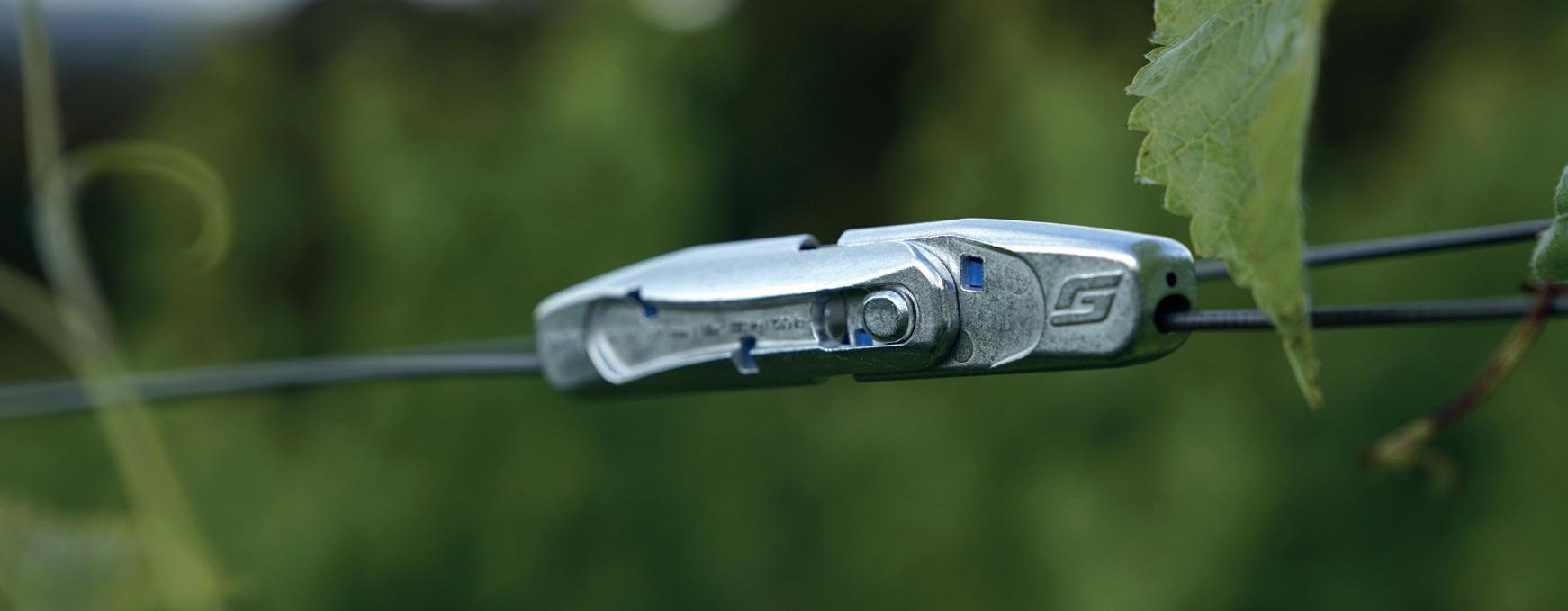


Increasing range of services on offer from long-established VineWorks.




Strong posts and tight wires
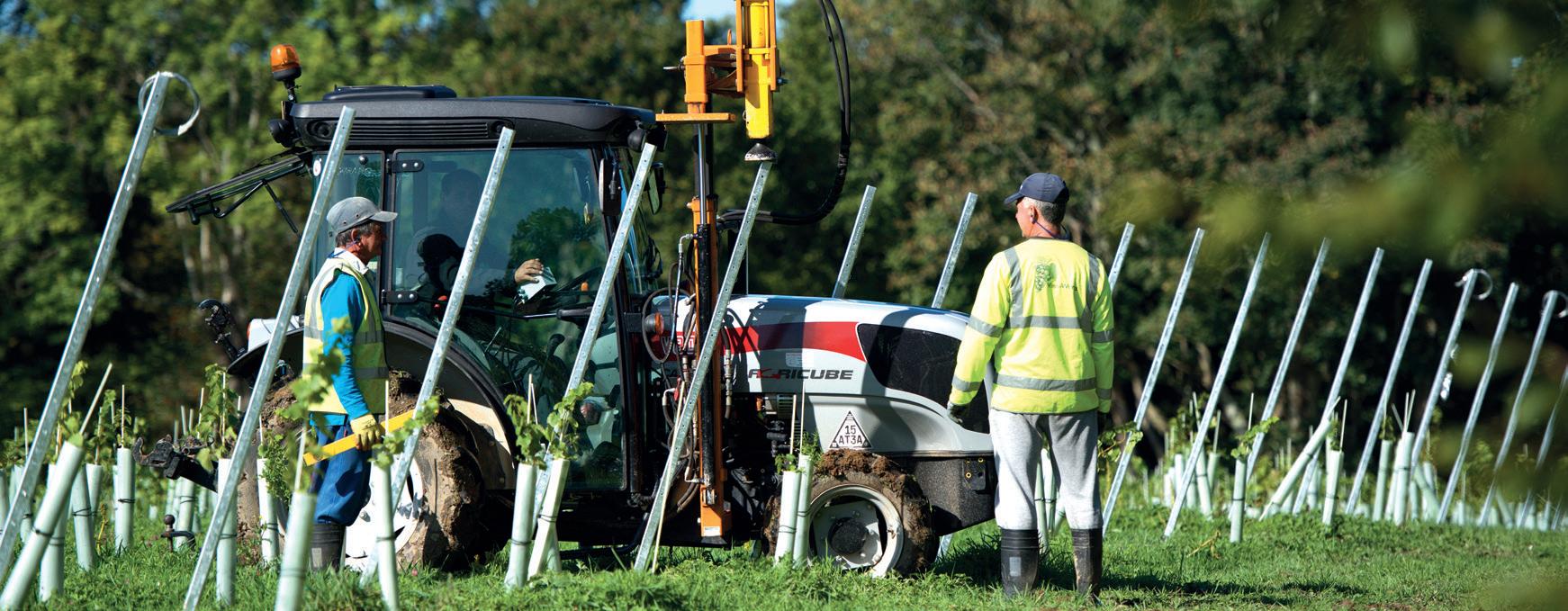
The trellis system is a significant part of vineyard establishment costs. Jo Cowderoy spoke to vineyard managers who are now planning their winter trellis maintenance and sharing their top tips.

18 32 42
24
From the editor
It’s all relative
I am not thinking about auntie Joan arguing with great uncle Henry or something very clever relating to Einstein but the actual relativity of terms that we use in everyday speech. If we reflect on the words we use there can be more than one meaning to what we have said.


Members of the public often tell me that English and Welsh wine is expensive; worse still sometimes members of the on-trade use this language to rationalise their lack of investment in local wine on their menus. Companies that tout their local credentials sometimes give no thought to the English and Welsh wines that are on their doorstep. It is still common for pairing suggestions to say ‘excellent accompanied by champagne’ even on a local product or to receive a local products hamper that includes a bottle of Cava.

So why suggest that it is all relative… Expensive is a term that has different facets. Something can be expensive because it has a high price. Price, cost and value however apply to more than the numbers on the money in your pocket. Environmental costs are becoming an increasingly important topic of conversation as too is the added value to communities that rural businesses can achieve both economically and socially. I have had discussions this month with numerous producers and industry partners that show how much effort the English and Welsh wine industries are putting forth to improve the impact their businesses have on the local environment, their communities and even the very soil below their feet. With measures from closed reed bed filtration systems to solar panels, using science in a productive way through trial plots and soil analysis – but at the same time ensuring that the local community feels part of the vineyard – these attempts to innovate in positive ways are increasingly evident across the whole industry.
When considered beyond the numerals English and Welsh wines become products of value in the same way as seasonal local produce with low food miles and less waste. The message about the quality of meat from a local butcher was underscored in the pandemic. This message in connection to wine is filtering through (albeit slowly) and being championed by restaurants such as that at Rathfinny creating a synergy to this movement. Patience is a rather concrete quality, however, and one that I am trying to cultivate, so when I am challenged by the term expensive (after a little pause for breath) my answer is always in the form of a question: What do you mean by expensive?
6
by
Send your thoughts and comments
email to vineyard.ed@kelsey.co.uk

Brewin Dolphin is a trading name of Brewin Dolphin Limited. Brewin Dolphin Limited is authorised and regulated by the Financial Conduct Authority (Financial Services Register reference number 124444) and regulated in Jersey by the Financial Services Commission. Registered Office; 12 Smithfield Street, London, EC1A 9BD. Registered in England and Wales company number: 2135876. VAT number: GB 690 8994 69 The value of investments can fall and you may get back less than you invested. WHATEVER YOUR FINANCIAL PLANS, MAKE THEM WITH US. brewin.co.uk/1762 To find out more please contact Carla Morris on 020 3201 3890 or carla.morris@brewin.co.uk 1762
RBC
Vagabond producing wines with power in Battersea

In the shadow of the recently opened Battersea Power Station development in London, lies not only one of Vagabond’s wine bars serving the public since 2017, but also the industrial nucleus of Vagabond in the form of our Urban Winery. New winemaker José Quintana took the helm just weeks before the 2021 harvest and has recently overseen the release of his first wines in all eleven Vagabond bars and through our online store at www.vagabondwines.co.uk. Despite 2021 being widely considered one of the more challenging vintages, we felt it was a perfect time to introduce a slight change in direction in wine style with the release of two new cuvées that celebrate both the dynamism and potential of UK wine production.

All made from UK grown grapes, the 2021 Vagabond Urban Winery range consists of five different wines. Some following on from his predecessor, Gavin Monery, such as the Pét Not – a frizzante style pink sparkler made from Pinot Noir grapes based on the Italian Col Fondo method. The result is a fruit forward, dry (Brut Nature) but textural sparkling wine. Also the Ortega 2021 – a rich and spicy, wild barrel fermented take on the popular Germanic variety. However, José has been given the license to implement Vagabond’s experimental ethos, a philosophy which suits his low intervention/ high detail winemaking. This has allowed him
to implement ideas developed during his time spent working at producers in the UK (such as Davenport, Wiston Estate, and most recently, Westwell) as well as time spent abroad at Bodegas Comando G in Spain. This has led to wines such as the 2021 Rosé – a wild barrel fermented, darker style rosé made from a blend of Pinot Noir Précoce and a German clone Pinot Noir from the clay/limestone soils of Yew Tree Vineyard in Oxfordshire. Dios Mío (My God) is his take on Bacchus, using wild fermentation, skin and barrel maturation to give complexity and texture to this sometimes one-dimensional variety.

Last of the five is the wine that we at Vagabond are most excited about – Solena (Batch 001). Gavin left behind a barrel of 2018 Ortega on skins, this was blended with José’s 2021 skinmacerated Ortega wine to start a solera-based maturation system from which a limited release of bottles will be made each year. José says, “My time working with Adrian Pike at Westwell opened my eyes to the ageing potential of Ortega and we want to see just how far we can push it. It’s not a wine for everyone but its depth, richness and complexity are something to marvel each time you check in on one of the Solena barrels. It’s an incredibly versatile variety, much like its grandparents Riesling and Gewurztraminer.”
If 2021 was a tricky inaugural vintage for José, then 2022 has more than made up for it. José
commented, “the fruit that we received was the cleanest I’ve ever seen. It’s a testament to the diligence of the growers we work with. Despite a hot, dry growing year there was a bit of rain around in the lead up to harvest so this could have been problematic due to the higher than average sugar levels in the grapes. It’s all still just potential, but grapes like these allow us to work in a hands-off way with low sulphite additions and with minimal additives or manipulation. All of the ferments were wild (or non-inoculated) and although the anxiety levels never drop, it’s as close to a winemaker’s dream as you can get.”
Looking forward, although we don’t own any vineyards at Vagabond, it’s an exciting prospect to be building great relationships with growers in different areas of the country (Yew Tree Vineyard – Oxfordshire, Clayhill Vineyard – Essex, Hidden Spring – East Sussex) as the closer the relationship between grower and winemaker the better the resulting wines. As the UK starts to understand its viticulture and different grape growing areas better, having opportunity to experiment with different combinations of varieties, soils and climatic conditions is everything that Vagabond is about.
As the ghosts of one of the oldest industrial sites cast shadows on the Vagabond winery in Battersea, it’s heartening to know we are involved in one of the UK’s most exciting new industries.
8
NEWS
FLOURISH WITH FRENCH INNOVATION




Did you catch us at last month's Vineyard & Winery Show?

Inno'vin, the French vine and wine innovation cluster presented 7 French experts showcasing game-changing technologies to the cellar and beyond.
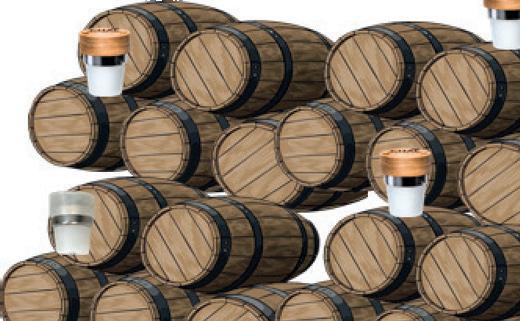







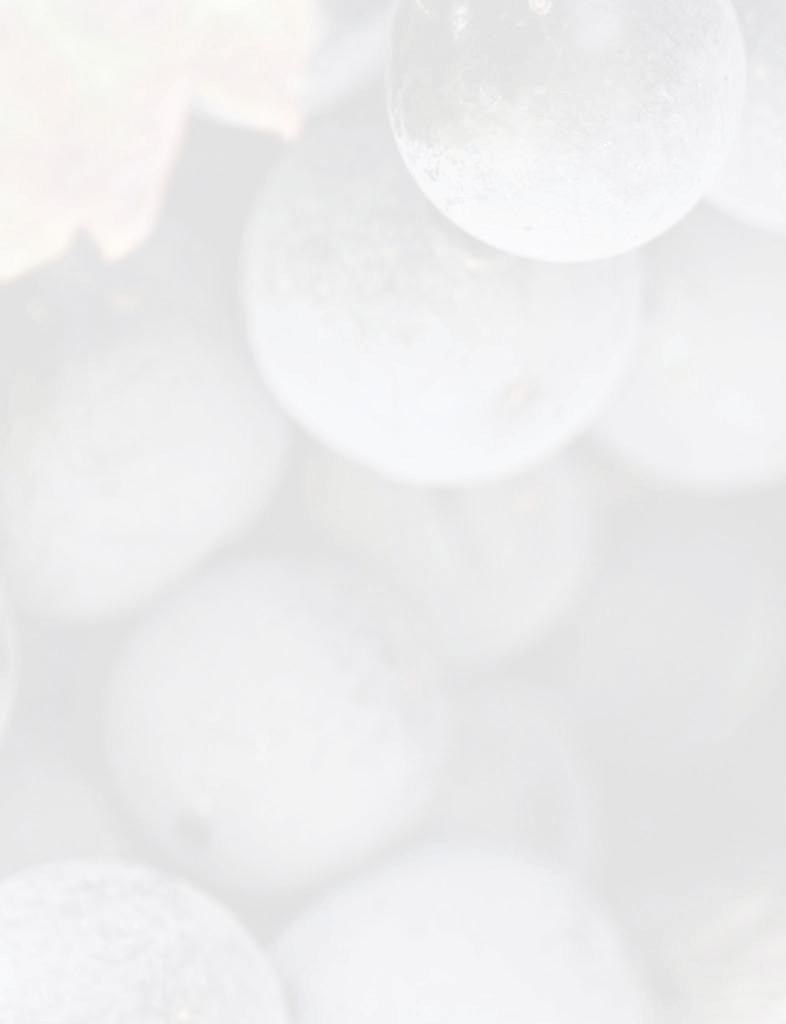






STAY IN TOUCH! contact@innovin.fr




Ceramic containers for wine maturation, highlighting the terroir & the work of the winegrower


Vineyard & winery production management software allowing you to manage your production wherever you are
Pioneer in agricultural robotics solutions, Naïo Technologies’ autonomous robots are developed with farmers


Manufacturer of a full range of high quality vineyard equipment: trimmers, prepruners & more

A connected cellar closely following the fermentation and ageing process of your wine in real time
Vineyard management consultancy services: global technical support from plantation to harvest
International expert and supplier of waxes, tapes and equipment especially designed for grafting
More info: www.innovin.fr/en
Brand-new farm shop and eatery in West Sussex

Progressive young Sussex vineyard, Kinsbrook, has opened the doors to Kinsbrook Farmhouse: a brand-new farm shop and eatery located in the heart of the South Downs wine country. With incredible views overlooking the vines and the South Downs, the farm shop and eatery is located in a newly built barn in the heart of the vineyard.



Visitors can expect superb local produce and delicious seasonal dishes in a stunning rural vineyard setting.
The Kinsbrook farm shop will boast a deli counter with a wide range of antipasti, local flowers, artisan cheeses, a selection of fine wines, craft ciders and spirits, fresh produce and moreall fully supporting the local community. The shop will also feature a fresh butchery counter, opening on 17th November, which will use only local, ethically and sustainably-sourced meat.
Upstairs, the laid-back, dog-friendly eatery will offer a considered lunch menu from Wednesday to Sunday, masterminded by Head Chef Greg Round of Spring London and Bonhams. On the other days of the week, customers will still be
able to enjoy a coffee or glass of wine with a small and simple food offering. Saturdays and Sundays, brunch will begin at 9am and run until 11am.
Kinsbrook founder Joe Beckett and his partner Rebecca Dancer, said “Kinsbrook Farmhouse has been a labour of love over several years. We’ve curated every detail of this building and we couldn’t be more excited to share it with the public. It’s a dream to be able to support local or small producers and put sustainable food on the map in West Sussex.”
The building project was made possible with the final tranche of EU Grant Funding via the Rural Development Payments Agency, which was won by the couple in late 2020. “It’s surreal to see Kinsbrook Farmhouse finally becoming a reality after so many setbacks during the pandemic”, Rebecca reflected. “There have been moments where we’ve wondered if we will ever get it open, but we’re finally there. We’re beyond grateful to the RDPE for the funding they’ve provided to make this project a reality and that has driven us on in moments of
doubt to make Kinsbrook Farmhouse the best it can possibly be.”
“We had to carefully budget throughout the project – we weren’t able to afford interior designers, for example – so every detail within the building has been chosen by us”, Joe said. ‘That means everything from the tiles to the lighting to the layout was all designed by ourselves. I have a love for vintage furniture so I sourced a lot of the larger items myself and upcycled them to add as much authentic character as possible to the building”.
On the subject of the name itself, the couple said: “We took a lot of time to name the building. Firstly, the name ‘Farmhouse’ is a nod to the countryside and in recognition of the fact it will be a traditional Sussex Barn in style. It’s also the name of Joe’s family home so it reminds us of kinship and homeliness. It’s important to us that Kinsbrook Farmhouse doesn’t feel like a commercial building but rather that we’re welcoming guests into our home; like we’ve created a space where people feel they can be themselves and fill their cup.”
10
DECEMBER 2022 | VINEYARD NEWS




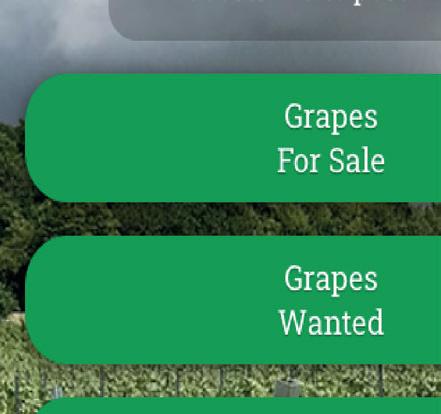







11 www.wineandgrapetrading.co.uk Looking for grapes or wine? • Free to look • £10 per listing • No commission Updated for 2022: You can now sign up (for free) to receive daily alerts when new posts are uploaded Office 01273 492404 � info@formabuild.co.uk www.formabuild.co.uk 100% British designed & built Over 35 Years experience Site visits Call to arrange a site survey formabuild.co.uk STEEL FRAMED BUILDINGS, RECLADDING, REPAIRS AND GROUNDWORK � � @formabuild.co.uk @info_forma We specialise in the supply and construction of steel framed buildings. We have a wealth of knowledge and experience in the wine and fruit production sector to complete your new facility Based in the heart of Sussex, covering the South East. Sussex builders since at least 1605. Forma offer all aspects of steel framed construction and cladding together with groundworks and electrical fit out if required. VITICULTURAL & WINEMAKING CONSULTANT - SIMON DAY. • 30+ years of experience in UK viticulture and winemaking, • Full site assessments and variety / rootstock and trellis advice pre-planting. • Vineyard management advice and mentoring. • Winery design and ongoing winemaking advice. • Business planning & legislation, HMRC, WSB, etc. • On an Ad-hoc, project, or annual retainer basis. Contact: e: sday@kingsthorne.co.uk t: 07796 141390 w: www.kingsthorne.co.uk DECEMBER 2022 | VINEYARD
The Food Marketing Experts triumph in national awards
Cambridgeshire-based marketing agency, The Food Marketing Experts, (which now also has offices in Kent) has scooped two awards.

The agency, which enjoys an established reputation for the delivery of marketing expertise to the food and drink sector, has been hailed the Food & Drinks Marketing Agency of the Year 2023 in the Corporate Vision Excellence Awards. The Corporate Excellence Awards – now in their sixth year – showcase the companies and individuals that are committed to innovation, business growth, and those providing the very best products and services to clients across a wide range of industries.


In addition, The Food Marketing Experts gained the title of Best Food & Drink Marketing Agency in the fourth Corporate Vision Media Innovator Awards. These specialist awards honour prestigious businesses and individuals who have excelled within the media industry. Nominees representing a broad spectrum of
companies, enterprises and professionals from print media, broadcasting, social media, PR and numerous other sectors of the media compete for this accolade.
Commenting on the two wins, managing director Vhari Russell said: “We are delighted to have picked up these two awards which underpin our commitment to the provision of best-in-class marketing support designed to enable food and drinks businesses to thrive and prosper. The pandemic created a difficult trading environment for many companies and brands, making the case for marketing even more critical and now the cost of living crisis, is once again highlighting the importance of having an effective marketing programme in place. We continue to evolve The Food Marketing Experts offering to meet the changing demands of our clients to ensure that we are able to service a broad range of customers from start-ups and SMEs right through to national/international brands.”
Suffolk-based wine merchant has launched a new tiered wine range




Suffolk-based wine merchant, Adnams, has launched a new tiered wine range continuing with quality at its core.









The collection consists of three ranges developed around a theme of maps, which zoom in at each level. The Adnams Countries Range displays top examples of familiar styles, with the label depicting a map of the country the wine originates from. The Adnams Regions Range dives one step further and focuses on specific regions, designed with a nod to a special regional attribute on the label. Sourced from estates and makers of renown wines, the Adnams Estate Range showcases incredible wines to share on special occasions, with labels dialling in on geographical elements of the chosen estate.
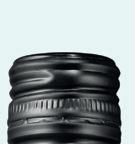


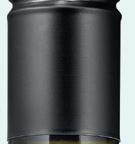

Included in the Adnams Region Range amongst wines from Marlborough and the Loire Valley is:





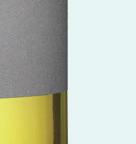

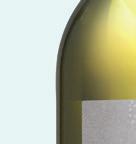





Adnams English Sparkling £24.99 – Launching October From Adnams.co.uk
A traditional method English Sparkling with an extended lees ageing for a minimum of 48 months. Clean, vibrant and bursting with lemon, green apples and freshly cut grass. This new English Sparkling has an excellent depth of flavour with a tantalising acidity, length and balance, which gives way to citrus and toast flavours.
Adnams English White £13.99 From Adnams.co.uk
A unique blend of aromatic white grape varietals expertly crafted from heritage vines at New Hall Wine Estate in Crouch Valley, Essex. Deliciously fresh and vibrant, it is bursting with ripe stone and citrus fruit flavours and aromas, which are complemented by hints of herb and delicate grass notes.
12
> Vhari Russell, managing director, The Food Marketing Experts
NEWS


















































































































































































13 To discuss your project in more detail email enquiries@kenward.co.uk or call 01403 210218 www.kenward.co.uk Kenward Construction based in Horsham, West Sussex offer a full design and build service for your next steel framed building including composite cladding, concrete panels, roller shutter doors and bespoke designs to meet individual planning conditions. Kenward Construction also offer a wide range of services offering a truly one stop shop for your next building project. Demolition, plant hire, access roads, drainage, sewage treatment plants, rainwater harvesting, paving, concrete floors/ slabs, walling and site landscaping. ENWARD Say when... when WINE NOT? Contact Protech Future for all your growing systems needs: metal posts, wire, wire clips, clamps, crop covers. All bespoke made in UK. Tel: 01952 433123 / www.protech.team CONTACT OR EMAIL • SITE SELECTION & SITE ASSESSMENT: in the UK’s northerly winegrowing climate. VINEYARD DESIGN: plantation is offered as a standard part of our service. PRE-PLANTATION ADVICE: preparation works. GRAPEVINE SUPPLY: Proven vine establishment over many years. • VARIETIES, CLONES, ROOTSTOCKS: your vineyard site and target wine styles. PLANTING: TRELLIS MATERIALS: factory to ensure lowest possible prices! NEW VINEYARD ESTABLISHMENT YOUR VINEYARD WILL BE IN THE GROUND FOR 40 YEARS. GET IT RIGHT FIRST TIME, WITH DUNCAN MCNEILL AND CONTACT DUNCAN MCNEILL ON 07972 668370 OR EMAIL WE HAVE 50 YEARS COMBINED EXPERIENCE IN VINEYARD MANAGEMENT. YOUR VINEYARD WILL BE IN THE GROUND FOR MANY YEARS. GET IT RIGHT FIRST TIME, WITH DUNCAN MCNEILL AND VOLKER SCHEU OF VINES DIRECT LTD. NEW VINEYARD ESTABLISHMENT • SITE SELECTION & SITE ASSESSMENT: Correct choice of site is vital in the UK’s northerly winegrowing climate. • VINEYARD DESIGN: Design of your trellis system and density of plantation is offered as a standard part of our service. • PRE-PLANTATION ADVICE: All advice and organisation of soil & site preparation works. • GRAPEVINE SUPPLY: All vines sourced through one partner nursery, proven vine establishment over many years. • VARIETIES, CLONES, ROOTSTOCKS: All combinations created to suit your vineyard site and target wine styles. • PLANTING: Planted by GPS guided machine, accurate to within 8mm. • TRELLIS MATERIALS: We supply everything, sourced direct from the factory to ensure lowest possible prices! VINES DIRECT LTD IN EAST ANGLIA & SOUTH EAST ENGLAND EST. 2006 DECEMBER 2022 | VINEYARD
Talk to us!
paper-plane
@VineyardMagGB vineyard.ed@kelsey.co.uk
Regenerative viticulture - farming for the future
Dear editor,
Following Jo Cowderoy’s excellent piece in the September edition of Vineyard Magazine, interviewing several UK practitioners using regenerative techniques, it is important to investigate why is it so urgent that we improve the impact of our farming in a planetary context, and ask where you can go to learn more.
The dustbowl of the 1920’s in the USA was caused by farmers intensively ploughing their land, which had the effect of killing the organisms that hold the soil together, and then several dry summers, and severe wind erosion caused the organic matter to blow away, leaving just… dust.
This pattern has been repeated throughout human history – and the usual reaction to having degraded some agricultural land would have been to move on to a new piece of land and start again. But now we are running out of land.
It has been said that if we keep losing soil carbon at this rate, we only have 60 harvests left before we are unable to grow crops any more.
Intensive modern farming has replaced the soils natural cycles with artificial interventions – regular deep ploughing, extensive chemical fertilisation, and then rectification of soil deficiencies, and remedying maladies using products bought (increasingly expensively) from the agronomist in large plastic sacks – These practices have broken the link with the organisms that live in the soil. Which is both tragic, and crazy, because the soil biology will, if looked after properly, provide all of these services, for free.
Regenerative farming means reducing or eliminating the practices that damage and deplete the soil biology, and introducing practices to kickstart the natural cycling of minerals and trace elements by helping nature to recolonise the soil.
Think of soil quality like a bank account. We have been slowly spending it until, in some places, there is very little left. We need to start building it back up again.
Virtually the sole source of life on this planet (apart from a few underwater thermal vents) is the energy provided by the sun. Plants are able to convert sunlight into sugars that then feed all other life on land. And yet, if a plant is growing in a natural environment, and not in a sterile agricultural monoculture, most plants choose to spend between 10-40% of their energy supplying sugars to the biology living in the soil around them. That’s a huge proportion of their annual carbon budget. Why?
Plants choose to divert complex carbon molecules to their roots, and exude them into the soil, in order to feed useful organisms, who supply them with something in return. When a plant is in need of a particular trace element, it will selectively feed the organic that can supply it with the trace element. There is an entire market economy going on under the soil, with plants, mycorrhizal fungi, bacteria, protozoa, nematodes etc all co-existing in a trading web of resources that they cycle between them.
The soil food web evolved over hundreds of millions of years, and in the postwar agrochemical boom, we have largely severed our links with the soil organisms, and we have bred plants that are resistant to herbicide, so that we can saturate them with Round-up and kill all of the competition. If we farm for short-term profit, we chase yields with ever more expensive inputs, while trashing our long-terms chances of farming into the future.
All farmers, whether they be farming wheat, sheep, lettuce or grapes, must learn to reengage with the soil biology, and to invest time and resources into building back their soils.
This is just as true of grape-growers as it is of any other type of farmer.
Some very large companies (McDonalds, Nestlé etc) have committed to source their ingredients from regenerative farms, and lots of ‘broadleaf’ farmers are switching to ’no-till’ farming.
The good news for vignerons is that they do have a permanent crop, with roots always in the soil, which gives a head start for the soil biology to find a permanent home around the vine roots.
Organic and biodynamic growers certainly are a few steps ahead when it comes to avoiding biology depleting chemicals, but an over reliance on ploughing as a method of weed control, and what can often be a very heavy use of copper are both practices that might degenerate, rather than regenerate soils.
To start down the road of introducing regenerative practices, you don’t have to convert to organic. Any grower can start adopting practices that help to build healthy soil while retaining the right to use an anti-fungal spray, or a judicious use of glyphosate on a particularly troublesome unwelcome weed.
The emphasis with regenerative practices is on pragmatic movement towards building up soil biology, not the dogmatic insistence on banning whole classes of helpful treatments. And any adjustments that are made towards a more regenerative practice can make a big difference quickly, if you shift the focus of your thinking towards farming to increase your soil health, and if you introduce practices that regularly monitor and record your progress.
Here are a few steps you can take towards finding out what practices you can start to adopt:
◆ Sign up for SWGB – this is a very good first step to make sure you are measuring your inputs systematically
◆
Join the mailing list of the Regenerative Viticulture Foundation: www.regenerativeviticulture.org
◆ Start listening to podcasts and webinars about regenerative practices, in farming as well as in viticulture (there’s a good, and growing, list on the RVF website, and one of the best resources is the soil health indicators on https://soils.vidacycle.com/soil-tests/)
◆ Join the Regenerative Viticulture two-day course at Dartington in May –www.dartington.org/event/regenerative-viticulture/ ◆ Sign up to go to Groundswell 2023 - known as ’The Glastonbury of farming’! www.groundswellag.com
◆ Look out for next year’s ‘Workshop’ at Penn Croft – no dates announced yet, but the RVF newsletter will advise you when the dates are finalised.
◆ Take the time to visit and speak to several of the people who have started with regenerative practices in their vineyards
There is a short, and non-exclusive list of growers in the UK using at least some of the practices that could be considered ‘regenerative' but there are no doubt many more – please email me justin@thehivewine.com if you have started down the road of regenerative practices, and would like to be added to this list.
The regenerative movement is a network of like minded individuals and organisations helping each other to build an understanding of how to farm better and how to build healthy soils. If you are curious, and would like to know more, just take the first steps and plug in to the network.
Justin Howard-Sneyd MW, The Hive Wine Consulting www.thehivewine.com
14
ENVELOPE
DECEMBER 2022 | VINEYARD LETTERS
It’s the most wine-derful time of the year

soci
We wish all of our readers a merry Christmas, a happy and healthy New Year and hope you enjoy our cheesy Christmas cracker jokes! Whether buying giſt s, throwing Christmas parties or rewarding staff, we thought it a good time to remind you of the tax position of some of the different areas.
Christmas parties
Most business celebrate the holidays with a well-earned Christmas party for their staff.
Staff parties are an allowable cost for tax purposes for the business. That means no taxable benefit will arise on employees (so long as the total cost per head of this, combined with any other annual events, does not exceed £150).
Staff Christmas giſts
Another common way to celebrate is with gifts to share with your team. Non-contractual and unpromoted gifts to your staff members can be provided tax-free, where:
◆ the value does not exceed £50 per person per annum
◆ is not provided as cash or a cash-voucher
◆ unfortunately, is not a gift of wine, alcohol, food, drink, tobacco
For example, a one-off voucher up to £50 from your vineyard for a wine tour would be ok but most frustratingly a bottle of your wine gifted at Christmas would not!
Christmas giſt s to customers
Whilst certain gifts to staff members and staff parties are an allowable deduction for the employer, gifts and entertaining of customers and suppliers are not tax deductible for the business.
However, there are circumstances where gifting your own branded bottle of wine to a customer or supplier can be accepted as advertisement for the business, as opposed to entertaining.
There are certain rules around the allowability of such promotional gifts for tax purposes, which should be considered on a case by case basis and discussed with your accountant.
Want to know more?

For further tax advice for the festive season and beyond, please do not hesitate to contact Holly or John from the Carpenter Box vineyard team on 01903 234094 or visit www.carpenterbox.com

Why
eBay?
Because they were two deer!
What is the employment status of Santa’s helpers?
Elf-employed
Why did Santa get in trouble with the tax man?
He missed the deadline on his elf-assessment
15
DESKTOP www.carpenterbox.com/vineyards phone-alt 01903 234094
Holly Mitche
at e
did no one bid for Rudolph and Blitzen on
DECEMBER 2022 | VINEYARD
No upper limit
DESKTOP www.matthewjukes.com ENVELOPE vineyard.ed@kelsey.co.uk
Delighting your senses while hinting at the level of class.












































The expression ‘no upper limit’ often elicits one of two reactions – sheer terror or overwhelming excitement. I suspect this depends on your state of mind, bank balance and, to a degree, your confidence.
The sparkling wine world is filled with opportunities to spend obscene amounts of cash, yet I imagine many of these purchases are a combination of blind faith crossed with more money than sense. Imagine how much easier it would be to encourage keen sparkling wine fans to climb the ladder if there was a firm footing halfway up the ascent.
This issue of Vineyard Magazine is published in the run-up to the festive season, and this is the prime time of the year to encourage consumers to throw caution to the wind. I have found six wines for you this month, and my three featured bottles are nothing short of epic creations.

This month, their job is to delight your senses while hinting at the level of class to be found if you double your money and hit the jackpot wine at the top of each winery’s ladder. Rather than just featuring the big guns, which would be too easy, I have found a trio of launchpad wines to fire your palates into orbit. I cannot believe I haven’t thought of this tactic before because it makes sense that one ought to have a solid run-up before dropping one hundred or more quid on a bottle of wine.
I know countless stories of despair, over the years, of massive Champagne let-downs, so here is a failsafe way to ease yourself into three stellar English supercuvées mentioned in dispatches this month. I have also managed to sneak six wines into my column, too, so let’s hope our esteemed editor doesn’t mind my early Christmas gifts.
2018 Gusbourne, Blanc de Noirs £59.00 www.gusbourne.com




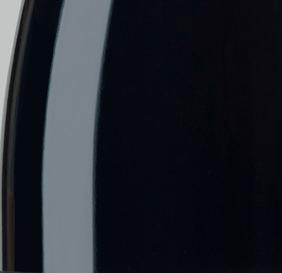
Made from 100% Pinot Noir and using careful oak augmentation, this is one of our country’s most impressive young Blanc de Noirs.
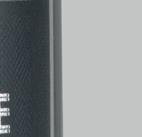















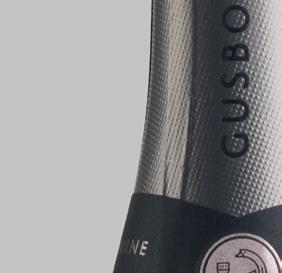
2018 was a brilliant vintage, and Gusbourne further focussed the flavour of their grapes by crop thinning by up to 50%. The wonderful flavour and succulence of fruit are abundantly evident in this sophisticated wine, and I used the word ‘indulgent’ in my notes, and few sparklers gain this descriptor.


Once again, with global sparklers in mind, this is a stunningly priced wine for this level of acumen. Moving on to 2013 Gusbourne Brut Reserve Late Disgorged (£99.00), which is a wine of arresting boldness and distinction. There is a statesmanlike presence here and an all-consuming robustness of flavour. While there is plenty of gas in the tank here, I feel that this 68% Chardonnay, 32% Pinot Noir blend is nearing its apogee.
I would encourage fans to drink it while it is firing on all cylinders, making an incredibly lush and resonant impact on your palate.


Powerful and versatile pumps for all winemaking processes



Vogelsang offers a variety of rotary lobe pump solutions for grapes, must, and wine which convey the sensitive fruit exceptionally gently.

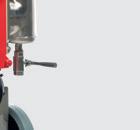
Contact: Richard Love Mobile: +44 7765 902140 richard.love@vogelsang.info vogelsang.info

16
Mathe Juk e s
VIVAFLOR® www.upl-ltd.com/uk T: +44 (0) 1925 819999 E: info.uk@upl-ltd.com : @upl_uk FOR REDUCED RISK TO FRUIT SET ISSUES AND IMPROVED YIELD Contains GA142 29750 UPL VIVAFLOR Vineyard Show Guide Half Page and Eighth Page (Nov 22).indd 2 04/11/2022 09:41
GENTLY PUMPING QUALITY
DECEMBER 2022 | VINEYARD WINE REVIEWS
2015 Sugrue South Downs, Cuvée Boz Blanc de Blancs £59.00 www.sugruesouthdowns.com









Having moved to a new winery, Ana and Dermot Sugrue are on a high, and if the current range of wines is anything to go by, things have never been better at this illustrious company.








Boz is an epic 100% Chardonnay creation, drawing on fruit from Jenkyn Place and keeping the recipe nice and lean with no oak interference whatsoever. The result is one of the most focused and attenuated Blanc deBlancs in the business.


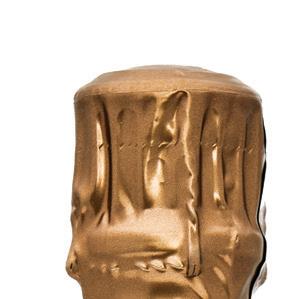



The lees ageing has given it enough mid-palate heft to grab onto, and it gained a mighty 18.5/20 score in my notes. This wine is your sensational springboard to Sugrue South Downs, Cuvée Dr Brendan O’Regan (£125.00).




This is the finest English Sparkling wine I have tasted, just eclipsing the previous incarnation of this wine based on the 2013 vintage. The current release is a 60% Chardonnay, 40% Pinot Noir blend based on the 2016 vintage and only 800 bottles remain in stock.
While I am confident that this wine will blow your mind and represent a rock-solid investment in your taste buds, using Boz as your intermediary makes a lot of sense to me!



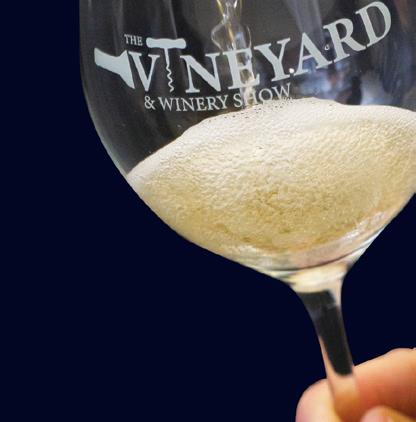
2014 Wiston, Blanc de Noirs £56.00 www.wistonestate.com www.thefinestbubble.com www.hedonism.co.uk £59.00 www.swig.co.uk

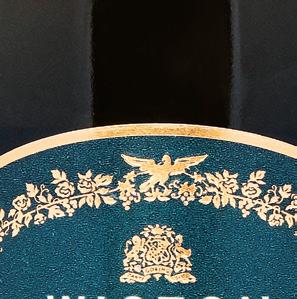


I love it when serious English sparkling wines have a bit of age under their belts. There is nothing more frustrating than talking about a bottle of wine to one’s friends when you admit it would be better in a couple more years.
This is not the case with these two stunning wines, given they both show aged characters in their peacocks’ tails of flavour. Judicious fermentation in older oak barrels brings a discreet toastiness and a sense of luxury to the 66% Pinot Noir, 34% Pinot Meunier blend.
This is a Blanc de Noirs that smells of glorious red fruit, too, which is often missing in lesser wines. Reaching its peak and mellowing beautifully on the finish, this is a small price to pay for a wine of this distinction, and it neatly tees up the 2010 Wiston Library Collection, Blanc de Blancs (£130.00).
This time, Chardonnay is the focus, and, again, half of the brew was fermented in three, four and five year old French oak. With seven and a half years on its lees and a further three on cork, there is an incredible depth of fruit here alongside a phenomenally complex palate.
I might have found it a big ask to jump directly to the Library Collection wine, but with 2014 Blanc de Noirs ushering your palate into the Wiston mantra with unwavering conviction, it is an exciting step up.
Proud suppliers of glassware to We design, develop, produce and decorate glasses and barware for the world’s leading spirits and drinks brands. Contact us to discuss your individual requirements. Call us now on +44(0) 1763 244 473 or email admin@urbanbar.com or visit urbanbar.com @UrbanbarUK
Following their own path
It is difficult to describe Rathfi nny Wine Estate. The word beautiful seems so understated but then the quiet elegance of the whole enterprise has a feeling of understated excellence. A label is a necessary part of any bott le of wine but Rathfi nny uses the picturesque backdrop of the Severn Sisters cliff s to give an unusual, quirky and yet sophisticated twist to this necessity.
The path to the flint barns takes visitors past thousands of vines. This is a sight more common in the Alsace and Provence but not traditionally seen in Sussex. I ask Mark Driver the co-owner of Rathfinny Wine Estate what has changed in the three years since my last visit and he explained: “The young vines planted three years ago are now coming on stream; about 40 hectares.” This means that Rathfinny has 380,000 vines across 93 hectares at a density of 4,100 vines per
hectare. Some of the more unusual aspects of the vineyard are the “clonal varieties such as 1067 Burgundy clone for chardonnay which is low yield but will produce deep rich muscat flavours,” said Mark.


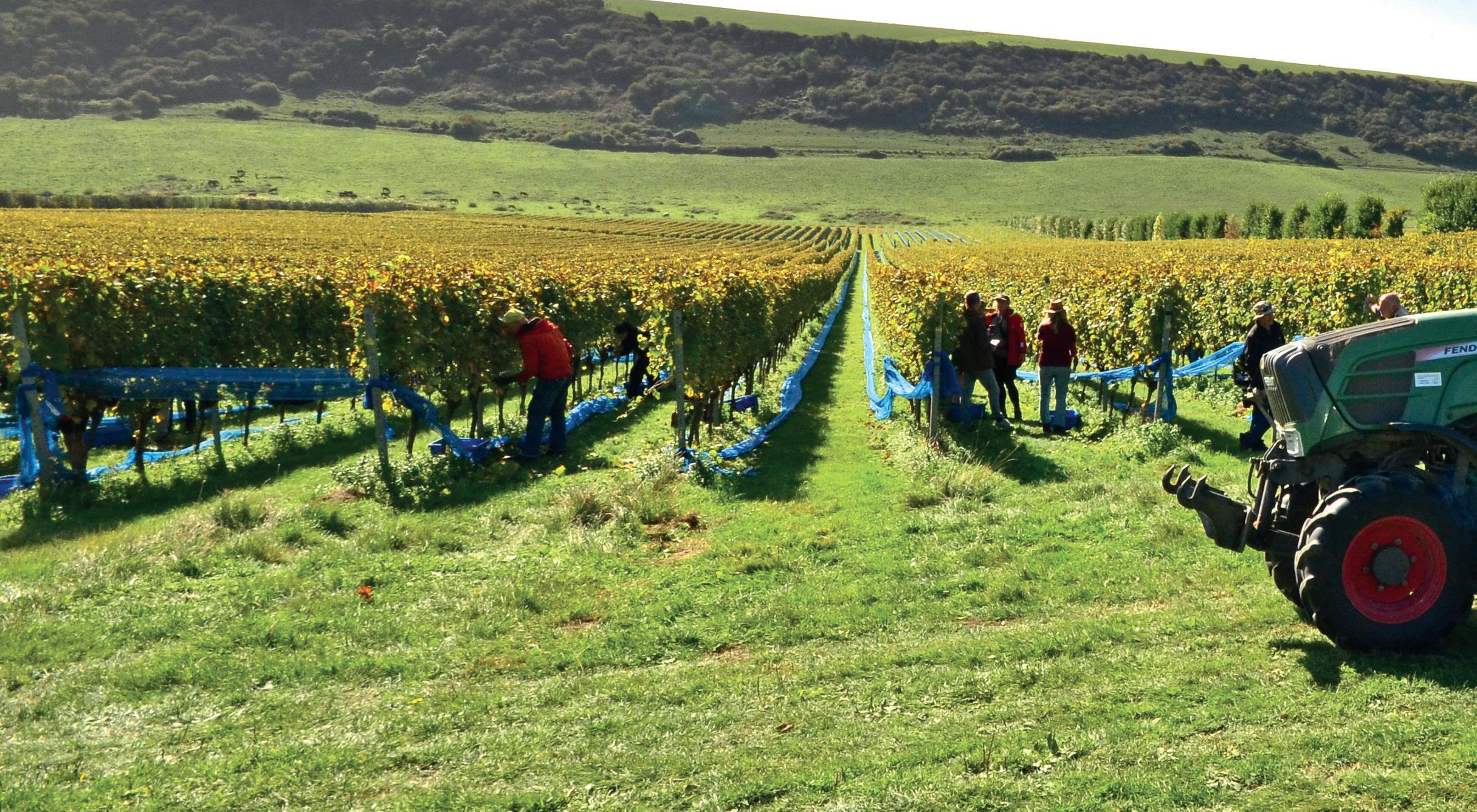


Vineyard magazine and other members of the press were invited to witness harvest at Rathfinny Wine Estate. Using a local workforce to hand pick all the grapes on the estate Rathfinny operate a scheme that allows people to register their interest to take part in this special event. The scheme provides the 200 paid workers needed to complete the harvest over a three week period. The scheme has been in place since 2014 and is very often


oversubscribed.
Talking to some of those who are part of the teams that will pick around 30 tonnes of grapes each day it is clear that people have varied reasons for becoming part of the Rathfinny harvest. Pickers are split into teams and assigned a team leader who provides training and supervision. One young worker explained that he had finished college and before taking a gap year had taken this job picking grapes describing it as “the best job in the world.” Mark and Sarah Driver are both passionate about encouraging young people into the industry. However it is not just young people who are working amongst the vines at
18 Rebecca arme r E d i rot
EDITOR'S VISIT
Rathfinny. One man is quite poetical about his reasons for joining the harvest team declaring: “Retirement is about having choices.” The eclectic mix of workers at Rathfinny include many who return year after year adding to their skillset as they go. “We even had a wig-mistress join the team,” said Sarah Driver co-owner of Rathfinny.





At a time when many within agriculture not just viticulture are increasingly worried about sourcing a workforce to harvest everything from Asparagus to Zucchini, Rathfinny have taken a path that provides a solution that insulates them from these long term worries about labour shortages as well as connecting them to the local community, given that most of the harvest team members come from within a 10 mile radius.
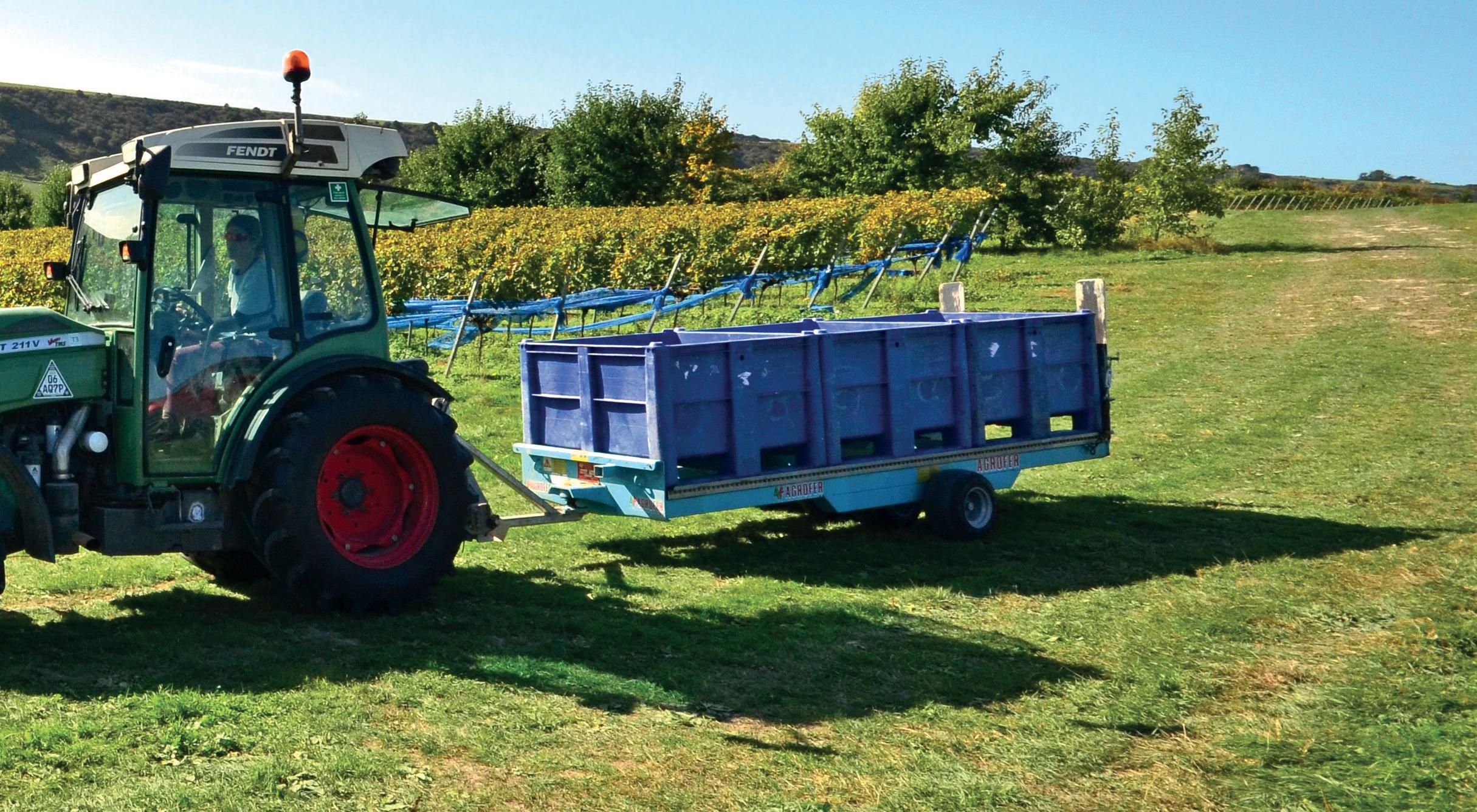

Talking in the vineyard in early October on what was an unseasonably hot day, Mark pointed out that the location of the vineyard, just a few miles from the coast means that the vines are well protected from frost “sea proximity provides protection,” he said. At its best the vineyard will “produce eight tonnes per hectare but this year will produce five tonnes per hectare,” Mark added.
“The grapes are being harvested at about 19 Brix which should give about 10.5% alcohol,” Mark told the assembled journalists. The way Rathfinny harvest their grapes ensures that the grapes are picked at exactly the right time. Each week each block is analysed by taking random bunches and testing for sugar and acidity. The harvest team are ready as soon as the grapes are.
The collection and use of statistics does not stop at harvest. The weights of canes left on the vines are taken and recorded to see how much carbohydrate has been left on the vine to give an indication of vine strength. “This information is then used to work out how many buds to leave on the vines,” said Mark. For example 2021 had been a particularly tricky year for powdery

mildew, not just here in the UK, so this cane analysis helped the vineyard team make a tough decision. “This year 30% less buds were put out,” said Mark. Vineyard manager Cameron Roucher a Nuffield scholar “made the suggestion not just for the health of the vines this year but for the health of the vines going forward,” explained Sarah Driver. “Reducing the buds this year <<

19
<<
Photos: www.leejorobinson.com
> Sarah, Millie and Mark Driver
has prevented over stressing the vines,” added Mark. “In an ideal year we leave 12-14 buds but this year we were leaving just eight,” he explained. Working in an industry that is so reliant on the weather will always mean that there are bad years but Mark said: “2021 was a bad year for us but we had four very good years prior to that.”
To protect the vineyard from pests the whole vineyard is netted just past veraison. It takes the in-house team about two weeks to cover the entire vineyard. Millie Driver, Director of Marketing at Rathfinny reveals something that you instinctively feel when you visit Rathfinny. There is a feeling of peace and tranquillity as soon as you enter the Estate something that benefits the walkers who can follow a route along the cradle valley and through the vineyard but beyond this Rathfinny has a sense of harmony. It was not until Millie explained that in the summer some of the in-house team of vineyard workers would take a 15 minute drive to the sea for a swim in their lunch break that I realised what I had been feeling for the whole of my visit – a sense of teamwork and respect that pervaded every part of the business. All parts of the estate complement each other with the production of great wine at the centre.
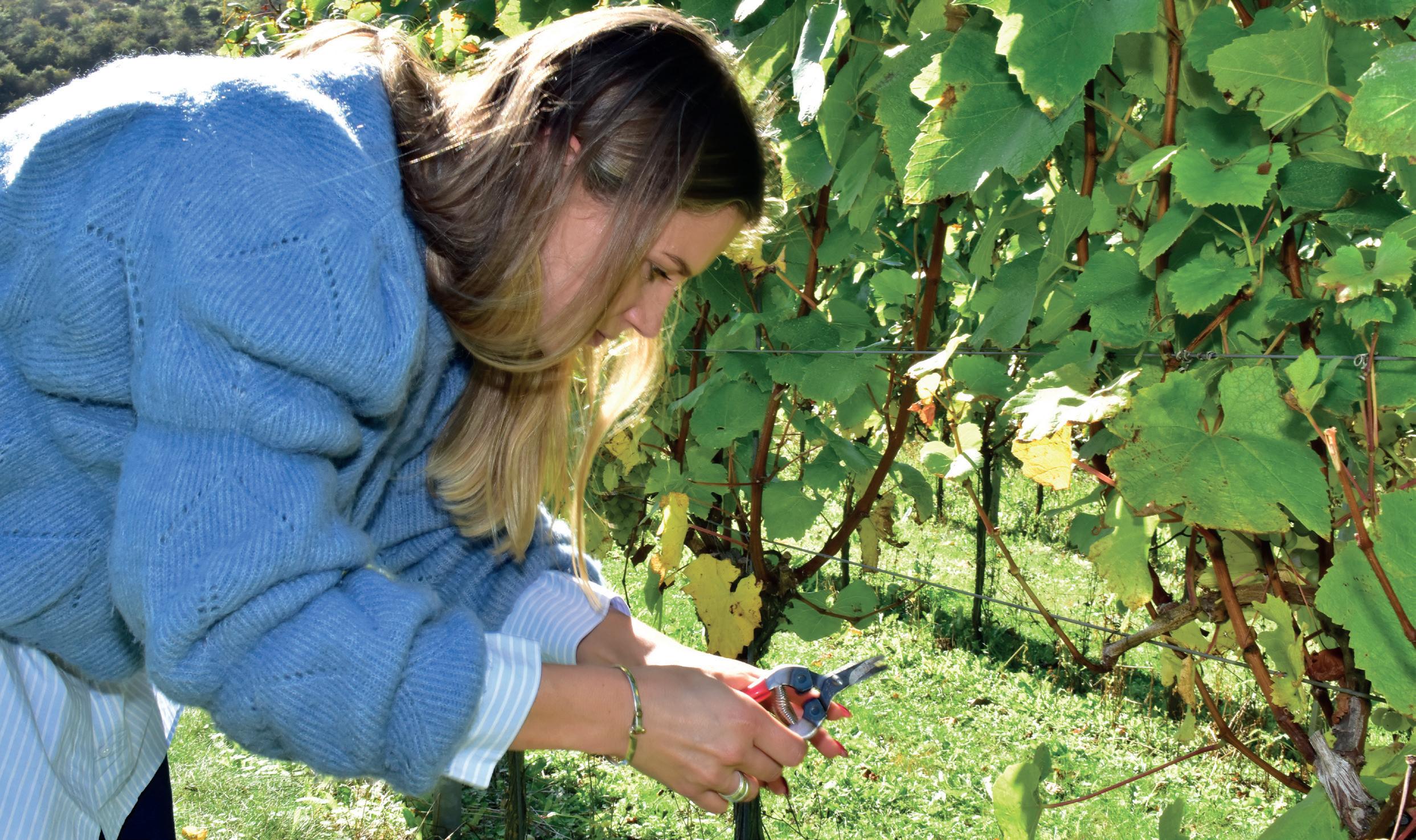
Rathfinny use a low intervention technique in their wine making and try to express the fruit flavours in the wines. The Estate produces a Classic Cuvée,
Rosé, Blanc de Blancs and Blanc de Noirs which Mark declared was his favourite and Sarah said was their signature wine. The 2018 Blanc de Noirs contains 85% Pinot Noir with 15% Meunier and is low dosage at 3.5g/litre. Under the Cradle Valley label the estate also produces still wines sold on the estate and in the restaurant. Mark explained: “All the wines we produce are vintage. Each of the blocks and clones are picked separately, then fermented and vinified separately allowing for greater blending capabilities in March of the following year.” When talking about why Rathfinny choose to produce vintage rather than non-vintage wines Mark explained: “I just love to celebrate a vintage reflecting the production for that year. We can control the quality because we control the whole production process.”
It is clear that quality is key at Rathfinny and Mark Driver explained that was the motivation for the establishment of the Sussex PDO which was granted in July 2022 after what was an “eight year effort,” said Sarah. Wines labelled as Sussex must fulfil certain criteria and under the UK GI scheme are afforded legal protection. Some of the regulations require the wines to be submitted to an independent tasting panel, have a minimum bottle aging of 15 months and the grapes must have been harvested by hand (special dispensation is available only in the event of exceptional circumstances). Mark explained the Sussex PDO is all designed to protect a premium product, guarantee quality and provinence. “English sparkling wine is a clunky description and is not a quality mark,” he added.
Rathfinny is a business that has no intention of standing still. Taking a path towards greater sustainability Rathfinny are working towards B Corp Certification – a process that takes into account the whole impact of a business on its surroundings including the local community and workers as well as the environment. The company mission
20 <<
Taking a path towards greater sustainability Rathfinny are working towards B Corp Certification
For independent advice on: Interpretation of soil and tissue Formulation of nutrient programmes Supply of tailor-made products General agronomic advice DECEMBER 2022 | VINEYARD
John Buchan AGRONOMY LTD
statement declares: “We are committed to producing exceptional wines and experiences, enjoyed the world over, that reveal the character of our family estate in Sussex, using methods that are kind to our land, people, community and wider environment.”

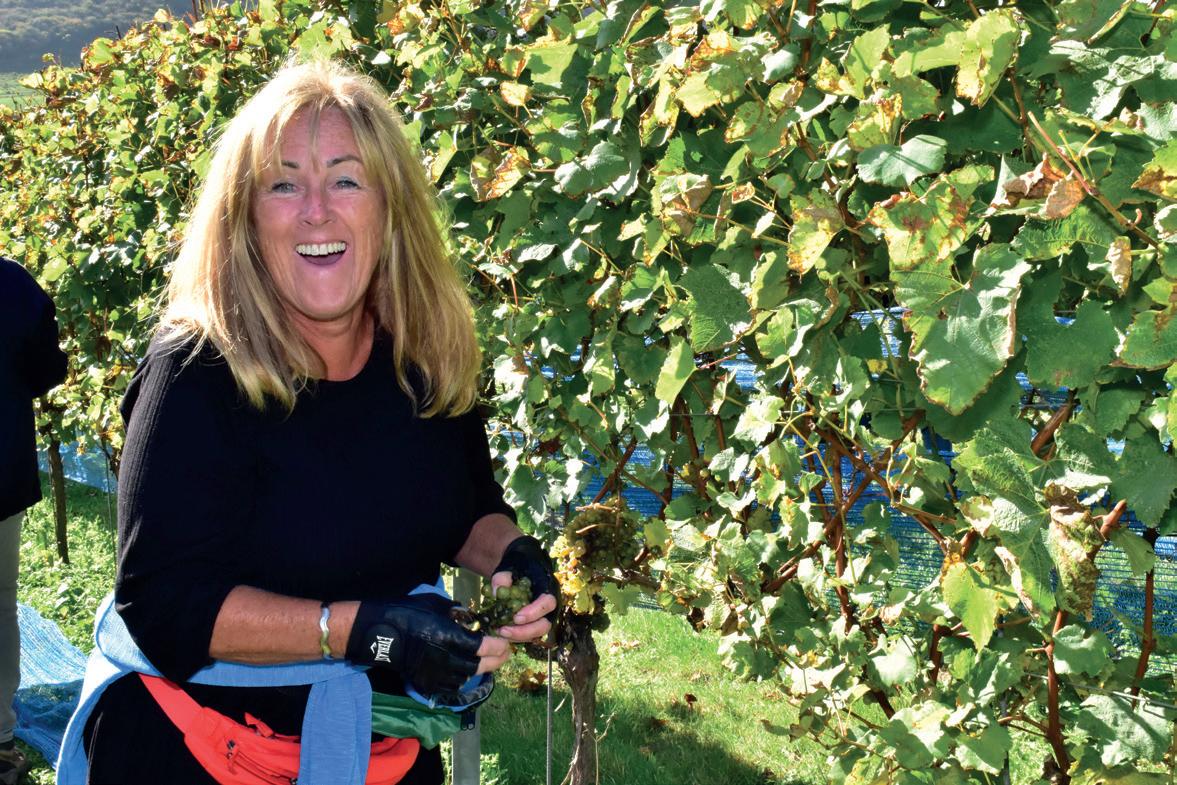
This is an approach that covers everything in the business and Rathfinny have successfully implemented new technologies to enable them to become kinder to the environment. However “there are sometimes unintended consequences,” said Sarah. In a move towards encouraging beneficial insects to the vineyard and increasing biodiversity at the same time as reducing tractor miles Rathfinny were allowing more growth between the vines but later in the season it became apparent that the vineyard workers were suffering from this greater biodiversity. “One of the vineyard supervisors contacted me directly and said the insects are ‘killing’ us,” explained Sarah. The growth between the rows had attracted so many insects the workers were being bitten and were also getting very wet from all the moisture! So to mitigate this effect on their workers Rathfinny are investing in a crimper that will flatten the grass down instead of cutting it.

Another direction along the unique road that the Rathfinny Wine Estate is taking is the production of 50cl bottles. Magnums of English Sparkling Wine are increasingly seen but currently Weights and Measures legislation prevents the sale of 50cl bottles of wine. Mark Driver explained why he felt a 50cl bottle would be positive for the industry: “Half bottles of sparkling wine are an inferior product, too small (only three glasses) and very expensive. A 50cl bottle provides two glasses each as opposed to three glasses from a half bottle.” This definitely makes a 50cl better for sharing and creates a better experience.
This conversation about the 50cl bottle leads to the thought of wine tourism and Rathfinny has a fantastic offering for visitors and tourists. Rathfinny Wine Estate welcomes 60,000 visitors a year and their guest rooms are fully booked three to four months in advance. The Estate will also bring whole teams from restaurants to the vineyard to encourage enthusiasm amongst the on-trade. “A lot of the visitors who come for lunch are very knowledgeable and will visit other vineyards in the area as well,” Sarah commented. The restaurant at Rathfinny which has a listing in the Michelin Guide serves exquisite local food under the direction of chef Chris Bailey and in the courtyard outside there is a hut (the Hut) that caters for visitors who just drop by. The location of Rathfinny within Sussex provides a plethora of local produce from seafood to Pevensey Blue cheese ensuring the restaurant benefits from the finest produce.
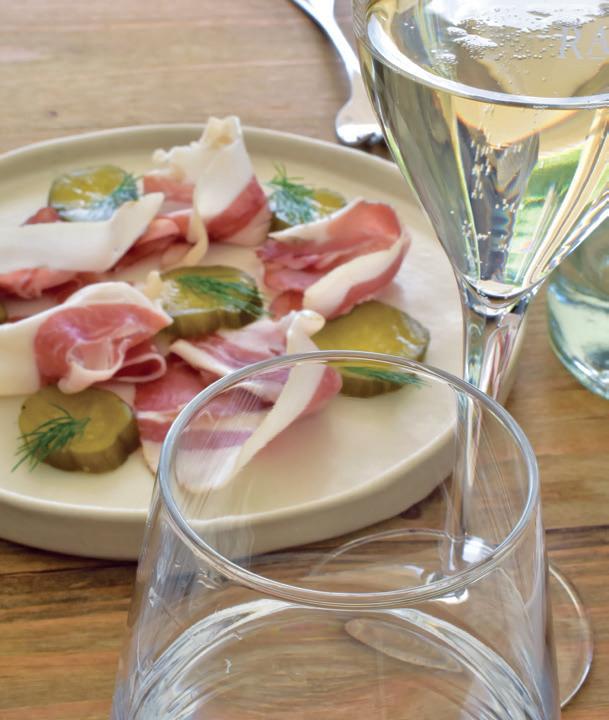
Sarah explained that: “Wine tourism is about the experience.” She went on to explain that she had visited South Africa with Mark for the purpose of researching the installation of a waste water plant back in the UK. During this research trip they also visited 15 South African vineyards in depth and behind the scenes and she described this experience as a “lightbulb moment.” It was at this point that Sarah realised that she wanted to create “the complete experience” for all their visitors. Sarah explained that when they first started to welcome visitors, “the big education piece was about sparkling wine and how it is made and why we (in the UK) are so good at it and the meaning of the traditional method but now the education piece has changed and we are talking vintages and what is a Blanc de Blancs and what is a Blanc de Noirs?” English and Welsh wine as a category is still growing and developing hopefully this dialogue will continue to evolve as the industry works together at the conversation.
“On the tourism side there is also Sussex Modern which Mark is heavily involved with; it is a collaboration between art galleries and wineries in Sussex,” Sarah explained. “The idea is that you can join the dots. You can say I would like to go to a vineyard in the morning, I would like to have lunch somewhere and then I would like to go to the Towner gallery and then Ditchling museum. I really do believe we will become like Margaret River, (the Australian region has a unique tourist offering)” Sarah added before going on to quote a very surprising statistic. “96% of people who land at Gatwick go north,” she said. This clearly highlights the
Rathfinny Wine Estate welcomes 60,000 visitors a year

21
<<
> Tony Strange
> Anne Lee
importance for all tourism businesses of attracting visitors to the region and the potential part that all rural businesses can play in this.
Sarah stated that as a business they had seen an increase in the range of international visitors hosting tourists from “Scandinavia, France and even Canadian visitors who said they had come to see the Sussex wine lands.” This increase in international travellers is important for the industry on a wider scale Sarah explained. Research released in New Zealand indicates that domestic wine tourists spend 32% more than an average tourist but an international wine tourist spends 80% more.”
It is not just the on-trade where the Rathfinny label has been noticeable. Since their maiden vintage was released in July 2018 it is a label that has become very prominent in independent wine and speciality retail. Back in 2019 Mark said: “We know that our wine is not going to sell sitting on the shelf of a big grocery store because as a premium product it has to be hand sold.” This idea of the personal touch flows right through the whole business and whilst taking the route back along the winding pathway with vines on either side the visitor is left with the sense of having been somewhere special, having been treated as someone special and possibly if you have picked up a bottle or six from the cellar door you feel like you will be taking something a bit special home with you.

22
<< It is clear that quality is key at Rathfinny and Mark Driver explained
PDO RELIABLE CLOSURES THAT HELP SEAL, PROTECT AND ADD VALUE TO BRANDS Quality Stoppers and Closures Since 1774 +44 (0)1844 203100 sales@rankincork.co.uk rankincork.co.uk CROWN CAPS SPARKLINGWINECORKS TIN &POLYLAMCAPSULES HEATSHRINKCAPSULES FOILS STILLWINECORKS WIRE HOODS DECEMBER 2022 | VINEYARD EDITOR'S VISIT
that was the motivation for the establishment of the Sussex
Winter jobs to help cut spring frost risk

Our climate may be warming, but May 2020 showed how devastating late frosts can still be.
The damage to primary inflorescences reduces yield, and causes uneven grape maturity where some crop arises from primary buds, and the rest from secondary or tertiary buds.
There is only so much anyone can do to protect vines if temperatures really plummet when inflorescences emerge (usually mid-April to mid-May), but there are some jobs growers can do over coming weeks that will deliver benefits next spring.

Manage airflow
Aside from careful site selection, one of the biggest ways to manage frost risk is to ensure good airflow around vines, reducing the risk of frost pockets developing.
Slopes are a natural ally in this respect, as cold air sinks to the lowest point. It is therefore vital to maintain air drainage holes in hedges and undergrowth at the bottom of slopes, so cold air can escape. Experience shows running water near these holes can help draw cold air away more effectively.
Understanding the topography of your site, especially if it is new to growing vines, is critical to identify potential frost pockets, and Terramap’s contour mapping could be a useful tool to help assess the risks.
Keeping boundary hedges trimmed, along with other vegetation, such as cover crops or long grass in alleyways, also aids airflow.
Control weeds
Maintaining a weed-free area beneath vines has dual benefits for reducing frost risk. Alongside improving air movement, bare soil more effectively absorbs the sun’s heat during the
day and radiates it back out at night, raising the temperature around vines slightly.
Of course, leaving soil bare over winter conflicts with soil health principles, so it may be preferable to retain some weed cover in the undervine strip until closer to the main frost risk period.
A balance must be found though, as we cannot expect a single herbicide application to control large, well developed, weed populations in one hit, therefore a staged approach using different actives may be required on particularly weedy sites.
Glyphosate is a key tool in the armoury, but Kerb (propyzamide) offers an alternative mode of action. It is also slower-acting, taking several weeks for growth to die back after treatment, thereby providing some soil protection and substrate for soil organisms during this period. Remember, Kerb has a limited application window of 1 October to 31 January.
Delay pruning
Pruning later can be a way to delay bud break, but there are obvious practical limitations to doing this across large vineyards, so many growers will critically appraise sites and prioritise just the most frost-prone areas to prune last.

When pruning, it can be useful to leave extra sacrificial canes in high frost-risk areas. This has two benefits. It means there is more material to select from should frost damage occur, and also, the distal buds on the upright cane tend to break first, fractionally delaying the emergence of buds on the other cane that has been tied down. The delay may only be marginal, but it could make all the difference.
Bowing the cordon to minimise contact with metal wires can also help. Wires conduct heat and cold, so generally the bud closest to the tie on the
wire gets frosted first if bowed, whereas all buds can get scorched if laid flat.
Frost protection products
There are many products available that claim to offer frost protection, but the jury’s still out on the effectiveness of many of these.
Applying copper to vulnerable shoots before the main frost risk period, for example, is said to reduce the presence of ice-nucleating bacteria (e.g. Pseudomonas syringe) on buds, or foliar tissue, thereby reducing the likelihood of frost forming. There is some evidence to support this, but little from UK vineyards.
Other literature suggests that keeping grass short can also reduce the amount of Pseudomonas syringe that makes its way onto buds.
Experience with spray-on acrylic polymers (e.g. Antistress) and hydrophobic particle films, that form a physical barrier against frost, has also seen mixed results, so while they could potentially help, we must not expect too much.
One of the more interesting treatments is the glycine-betaine based product, Lalstim Osmo. The natural extract is an osmoprotectant that increases the strength of plant tissue and boosts the circulation of sap flow, water and nutrients, thereby offering some protection against light frost when applied 24-48 hours before frost is due.
23
www.hlhltd.co.uk ENVELOPE information@hlhltd.co.uk phone-alt 01945 461177
DESKTOP
AGRONOMY DIARY
It seems premature to be talking about managing frost risk on new growth as we go into the dormant winter months, but some simple actions now could help reduce the risks next spring. Hutchinsons agronomists Rob Saunders and Chris Cooper explain
RobS DECEMBER 2022 | VINEYARD
NIAB viticulture: The science of quality

The rapid expansion of vine growing in the UK over the past decade reflects the burgeoning English apple and pear industry over a century ago. Indeed, it was the growth of fruit production in Kent and the south east that led to the founding of East Malling Research Station in 1913, an establishment that developed into the world renowned centre of excellence that we know today under the NIAB name.
Much of NIAB’s success at East Malling has been built on the employment of scientists from a wide range of disciplines who have become experts in their field. Together, they have engaged directly with fruit growers to research and develop solutions to their problems and help to increase yields and fruit quality, allowing local growers to remain profitable and
compete on the world stage. NIAB’s famous series of apple rootstocks at East Malling, its pioneering work on apple storage technology and development of modern high-yielding strawberry varieties, has been achieved by multi-disciplinary teams collaborating closely with the industry.
Fast forward to 2022 and NIAB finds itself engaging with a new viticulture industry, drawing on a team of experts who can help to research the production of grapes in our UK climate, and influence the quality of wines made from these grapes.
With climate change apparently occurring at a swift pace, an increasing number of fruit growers have spotted the opportunity of growing high quality grapes for wine production in southern England. Alongside this
24
NIAB’s Scott Raffle and Mark Else outline how the industry is embracing the scientific expertise at East Malling to develop both improved production techniques and wine quality.
RESEARCH
new opportunity however, climate change brings major challenges, including more variability in terms of temperatures, light, rain and more extreme weather events such as hail, late frost, heatwaves, rainfall and drought. These variables do not necessarily have a negative impact on wine quality, but always influence plant physiology and therefore the wine produced (vintages, sugar/acid, varieties). As a result, some leading vine producers have sought the help of NIAB’s expert scientists at East Malling.
This led to the first planting and establishment of a research and development vineyard at East Malling in 2015. The vineyard has been set up both for research purposes and to demonstrate best practice in vine growing, and it has been designed to reflect NIAB’s successful WET (Water Efficient Technologies) Centre which was established to demonstrate science in practice for the soft fruit industry. Above all, it is a unique, randomised, replicated facility, enabling robust R&D investigations.


The aim of the applied research is to improve berry yields and juice quality, whilst using resources responsibly and sustainably in ways that can be implemented in the UK’s cool-climate commercial <<


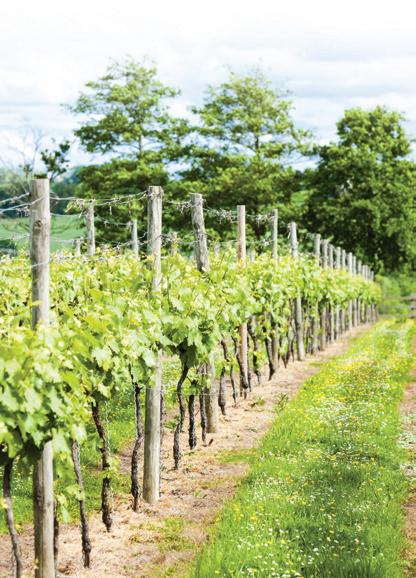
The leading Vineyard specialists
Backed
• Vineyard site selection
• Soil health strategy
• Omnia and TerraMap soil scanning
• Farm business consultancy
• Agrochemical input supply
• Biological and sundry products
• Environmental Stewardship advice
• Specialist packaging division
25
specialist Viticultural agronomy advice nationwide
Offering
by an unrivalled range of services
H L Hutchinson Limited Weasenham Lane • Wisbech Cambridgeshire PE13 2RN Tel: 01945 461177 e: information@hlhltd.co.uk www.hlhltd.co.uk www.producepackaging.co.uk Talk to us and see the difference for yourself! Your local depots: HUTCHINSONS Canterbury: (01227) 830064 PRODUCE PACKAGING Marden: (01622) 831423 Proud to support UK Vineyard research 21750HUT~Vineyard_Magazine_Sdvert(93x270).indd 1 03/11/2022 13:43 DECEMBER 2022 | VINEYARD
vineyards. To this end, the vineyard has been planted and laid out in a way that ensures that our research is directly applicable to commercial practice and provides an essential facility to test upstream innovative practices or novel ideas of research in viticulture.
The demonstration work and research programme is guided by the industry funders, currently comprising four major wine producers – Chapel Down, Gusbourne, MDCV and Nyetimber – along with irrigation specialists Netafim UK Ltd. Three new associate members bring additional support including Yara UK Ltd (Bespoke fertigation programmes to newly-planted and established vines), Hutchinsons (agronomy support) and Hampton Steel Ltd (canopy support and training systems).
Early plantings have demonstrated the performance of a range of
varieties on different rootstocks and using different training systems (Lyre, Guyot Double and a Malling system). The scientists have also been able to stage machinery demonstrations including methods of mechanical weed control and this has been employed in a European funded research project (IWMPRAISE) to compare the efficacy of mechanical weed control with conventional herbicide treatments. Both of the mechanical weeding methods assessed were as effective as herbicide treatments in terms of vine vigour and yield and did not result in losses in yield or quality. Interestingly, the control vines (no weed control) were chlorotic, nutrient deficient and produced only one third of the yield recorded for the weeded vines.
NIAB’s soil scientists are increasingly aware that poor soil health can give rise to inconsistent yields and juice quality in vine growing, which can lead


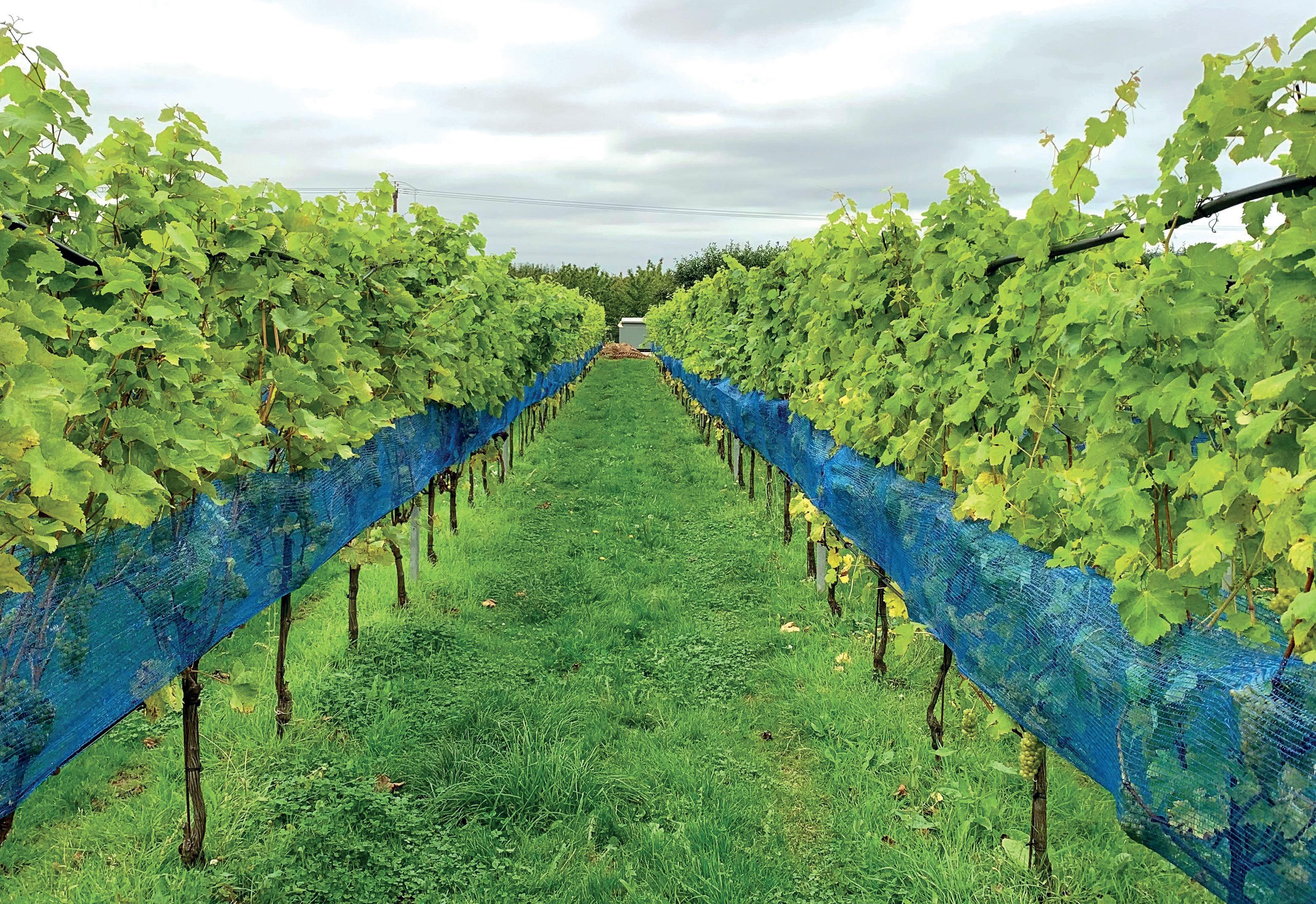
26
<<
to costly interventions in the vineyard and winery. Working with Chapel Down and Gusbourne and an industry consortium, earlier this year NIAB successfully secured grant funding from DEFRA’s Farming Innovation Programme (FIP) to investigate the potential impact of groundcover management practices on soil health, yields, juice quality and emissions. It will also lead to grower guidance on bespoke cover crop mixes to alleviate soil compaction, improve soil nutrition and control nematodes. Guidelines to support transition towards net-zero carbon emissions will be drawn up alongside this.







In 2022, NIAB has also established an additional research vineyard as part of its ‘trial services for horticultural crops’. Consisting of Pinot Noir and Chardonnay in 24 rows (60 vines per row), it offers the opportunity to undertake agrochemical trials, which require ‘crop destruction’ where new and emerging chemistry is being assessed. With no grapes being harvested for sale or for juice, it is thought to be the only vineyard of its kind in the UK. During its establishment, a root treatment trial was also instigated in this vineyard.

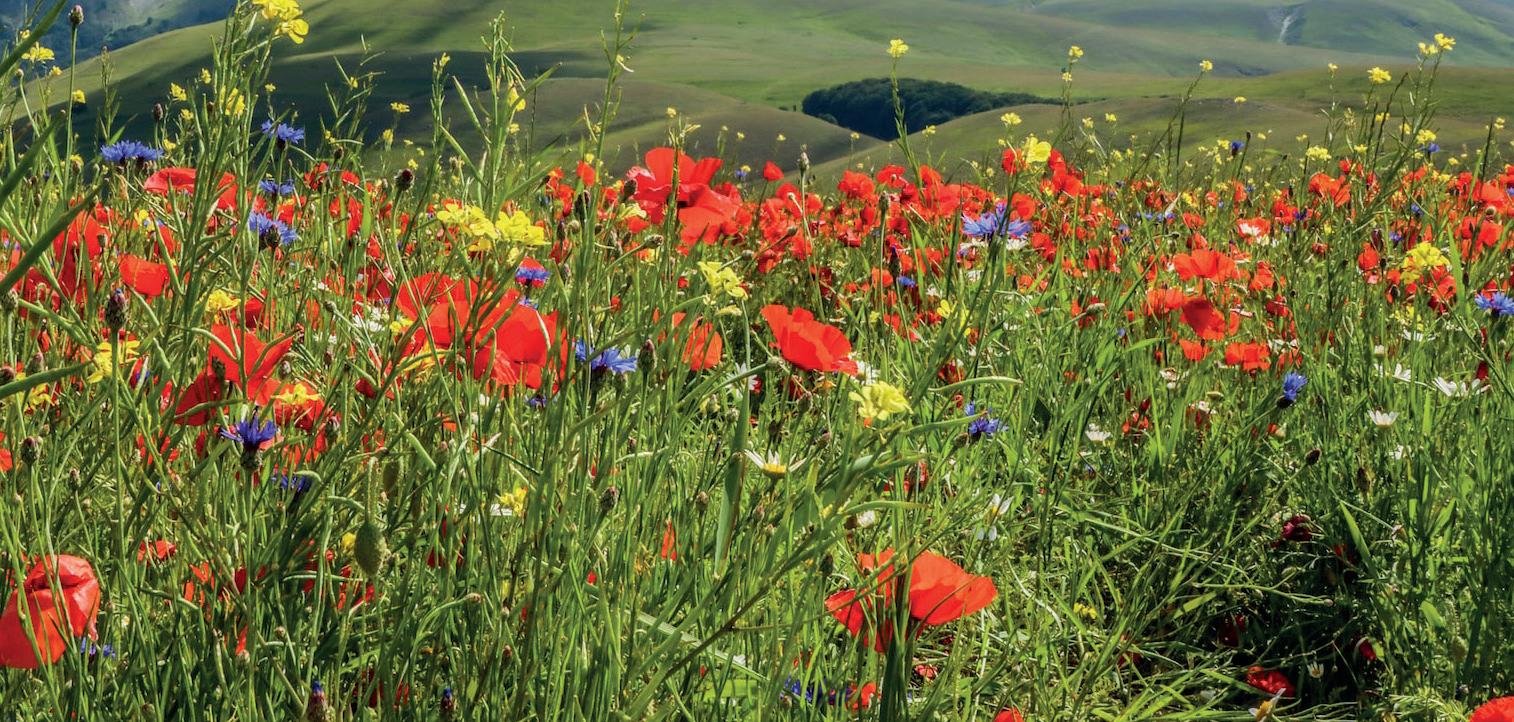



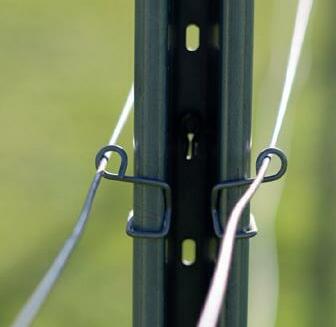


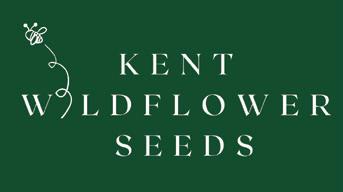





With so much science being channelled into grape growing, the funders of the research vineyard at NIAB recognised the importance of linking production to wine quality and with this in mind, a small research winery was created at East Malling in 2018. This allows NIAB to directly assess the impact of the research and different growing practices on the final wine product. The wines produced are regularly tasted and assessed by the funding consortium which is chaired by Geoff Taylor, who has 35 years of experience both working in the wine industry and employed in food and drink research.
Having outgrown the small winery, the consortium and NIAB have benefited from recent capital investment from the East Malling Trust, Kent County Council and ‘Growing Kent & Medway’, a research, innovation and enterprise cluster which is supported by UKRI’s ‘Strength in Places Fund’. As part of a complex of new research facilities at East Malling, a new Wine Innovation Centre (WIC) has been built. Covering an area of 260m2, it includes a fermentation area, temperature-controlled cellar, pressing area and analytical laboratory. With this new infrastructure in place, the final piece in NIAB’s viticulture research programme is to secure a world-leading oenologist to work with the UK viticulture industry and steer our research to meet the needs of our wine producers.
27 <<
> Training systems +44 (0) 1933 234070 | sales@hamptonsteel.co.uk | www.hamptonsteel.co.uk ALL POSTS GUARANTEED FOR 30 YEARS SEE BELOW Hampton Steel are proud to introduce the Vinelok™ vine trellis system which combines the strength and versatility of Hampton’s own patented and award winning Versalok® post with Hampton’s new Vinelok™ clip. Together these offer the vineyard professional a system which is easy to use, move and reuse. Hampton Steel - one of the most comprehensive wire fencing ranges available For a superior integrated solution to your fencing needs, combine the award-winning Versalok® intermediate metal post and clip system and covered by Hampton Steel’s 30 year guarantee, with any woven wire fencing pattern. Choose from Class A galvanised Hampton Net™ fixed knot fencing or rolls of up to 500 metres. Alternatively, opt for our longer life green passivated fixed knot or Rylock® Green or Rylock® One hinged joint fencing products. All these can be supplied with barbed wire, line wire and fencing staples in complementary coating options. Also available, Class A galvanised or PVC coated with barbed or knuckled ends, fully galvanised wire joining products. The future of wire fencing is Hampton Steel. VINELOK™STRONG, DURABLE AND SIMPLE TO INSTALL UK MANUFACTURER VINE TRELLIS AND PERIMETER SOLUTIONS FOR VINEYARDS VINE TRELLIS SYSTEM Native wildflower seed mixtures for vineyards and orchards info@kentwildflowerseeds.co.uk 01233 720871 DECEMBER 2022 | VINEYARD
NIAB is pleased to announce the appointment of Dr Belinda Kemp to this new role. Belinda brings eighteen years of experience working in the wine industry in England, New Zealand and most recently heading up oenology research at the Cool Climate Oenology and Viticulture Institute (CCOVI) in Ontario, Canada. She is also an Adjunct Professor in the Department of Biological Science, Faculty of Maths and Science at Brock University. Her role has been split evenly between scientific research and


<<
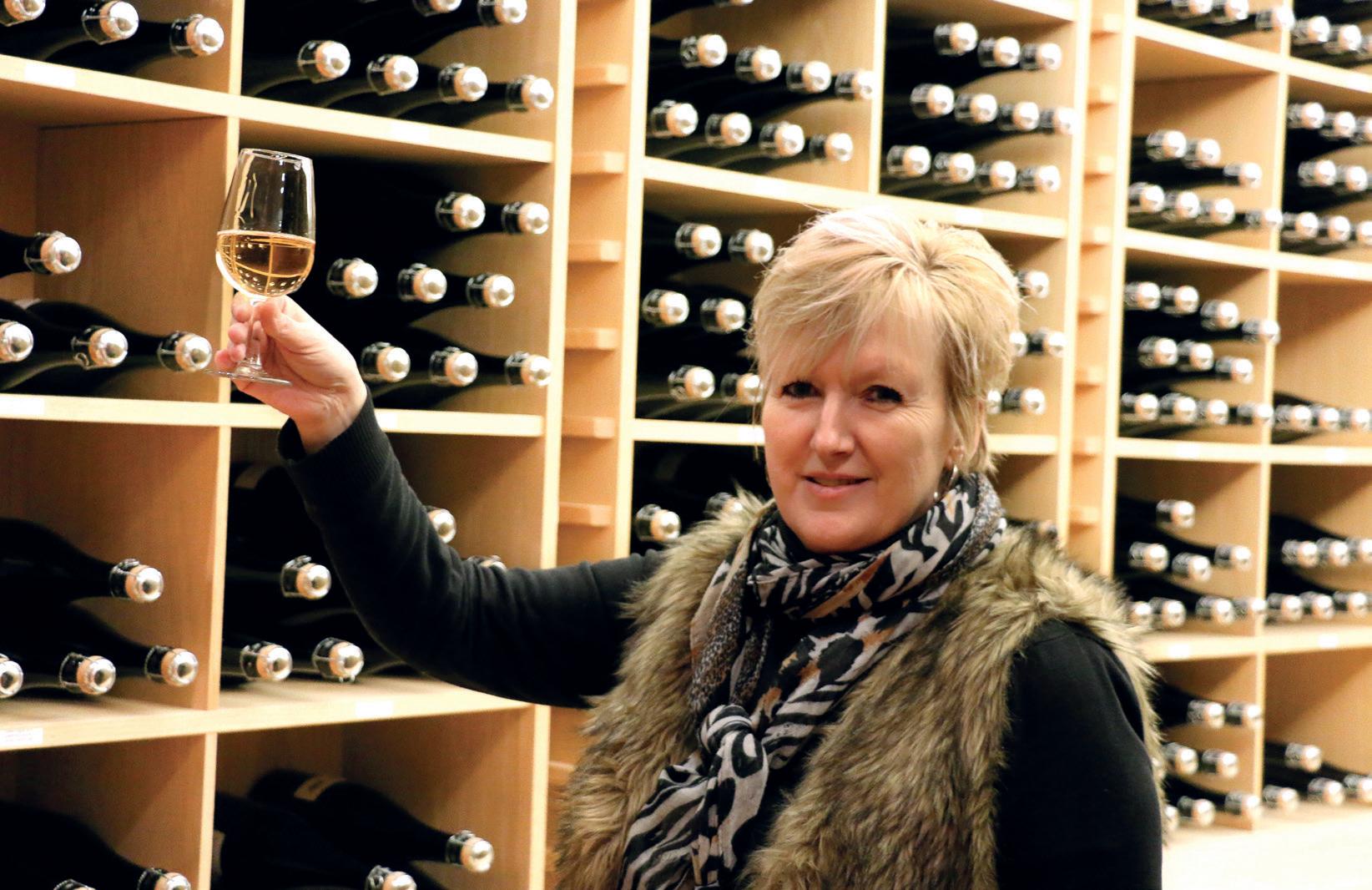
Varieties and rootstocks Varieties: ◆ Pinot Noir ◆ Pinot Meunier ◆ Chardonnay ◆ Bacchus ◆ Divico ◆ Pino Blanc Climate change varieties: ◆ Sauvignon Blanc ◆ Chenin ◆ Merlot ◆ Chasselas ◆ Gamay ◆ Vlognier Rootstocks ◆ 3309C ◆ S04 ◆ 5BB ◆ 101.14 ◆ Fercal 28
industry outreach, working with the Ontario wineries and vineyards. She was educated in viticulture and oenology at Plumpton College in West Sussex and undertook a Ph.D. at Lincoln University in New Zealand, where she studied the effect of the timing of leaf removal on Pinot Noir berry ripening, flavour and aroma. Belinda will be taking on her new role for NIAB at East Malling in April 2023, but she will be joining her new colleagues at the NIAB stand at this year’s Vineyard & Winery Show and looks forward to developing new relations with our UK industry. NetafimTM frost mitigation and precision irrigation working in partnership with the NIAB Viticulture Consortium to protect and ensure consistent yields and quality uk.info@netafim.com +44 (0)1695 556222 www.netafim.uk
> Dr Belinda Kemp
First graduate with Merit overall
This month we focus on our Level 3 Crop Technician (Viticulture) apprentice, Ben Andrews. We are pleased to applaud our first graduate from the course, who received distinctions in Practical and Professional Discussion and graduated with Merit overall.

I was one of the first Viticulture Crop Technician apprentices at Plumpton College and New House Farm in Bodiam, having completed my training just before the harvest with Merit. Over the two years of training, we learned practical and specific vineyard-related knowledge that helped me understand the “why” of why we do certain things in the vineyard. For example, I now understand that we try our best to avoid the rain when pruning due to the risk of spreading trunk diseases in these conditions. On top of this, access to things like the lab on campus helped me develop
skills that maybe I would not have had the chance to do without the apprenticeship.
Meeting like-minded, enthusiastic viticulturalists was a definite highlight of the programme. Being around the staff at Plumpton College and the other apprentices created a solid collaborative environment which maybe made it easier to get on top of some of the more complex things in the vineyard. I know for a fact that the spraying courses that we have done have helped me be valuable and productive at work, and I hope that this and the other skills I have developed as an apprentice will continue to do so as I take my career to New Zealand in the new year.
For information about our Apprenticeship Programmes with Plumpton College, contact business@plumpton.ac.uk or phone 01273 892127.
DESKTOP www.plumpton.ac.uk ENVELOPE wine@plumpton.ac.uk INSTAGRAM @plumptonwine
29
EDUCATION DECEMBER 2022 | VINEYARD
> Ben Andrews
Fit for purpose; grapes and their destiny
Over the weeks I occasionally find myself going back to thoughts about matters that caught my imagination during harvest.
This was another 'first' for me, to work through the grape harvest season in an English winery. Thank you to the team at Halfpenny Green Vineyards, who took me in.
Whilst I have been involved in wine making on many occasions, and in a range of differing types of wine production, there was a lot that was new to me at the Vickers family winery in south Staffordshire; with much to be learnt from the experience.
With something like 350 tonnes of grapes coming in, (I think,) and perhaps 150 odd differing tanks resulting from this, then this occasion will stick in my memory as one of the most diverse wine experiences that I have encountered.
Interestingly the range of grape varieties, the differing levels of ripeness from around the country, the possibilities in styles available in resulting wine all stand to make the UK an interesting place in the world of wine.

But it wasn't all simple, smooth 'plain sailing'.
I'd heard previously that there were hopes for a year of unusually good wines.
Surely this was to be the case as there seemed little doubt that the summer was a growing season of undoubted excellence. So what could go wrong?
The winery was a complex operation that endeavoured to make the best out of all situations. As such it made its own 'in house' wines from its own grown grapes.
Grapes were also bought in from other growers to bulk up this volume. A contract wine making service was offered to those that had a vineyard, but needed wine making services.
This was also, rather generously, offered to people with what in fact were barely commercial small quantities of grapes.
None of this troubled me, apart from the work load, except aspects of communication could have been better.
Let me explain.
I've been involved in hand harvesting of grapes in at least half a dozen countries, and rarely have I encountered deliveries of grapes in such a poor shape as some of those I encountered this year.
‘Fit for purpose’, and how that applies to grapes
Grapes when clean and ripe, smelling fresh and being of an agreeable colour make a wine making team feel good about working with them.
So what to do with grapes that had more powdery mildew than was good for them, as undoubtedly the resulting wine would be badly compromised. Could we be expected to turn a 'sows ear into a silk purse?’ Would this wine be well received when we sent it back to the original company, or attempted to blend it into one of the house wines?
So in a supposed good year for growing, what went wrong, who took their 'eye off the ball' and failed to give adequate spray coverage to the crop?
And given that all of these grapes were hand harvested, how come there was inadequate training and supervision for the pickers to allow this to happen?
This type of scenario occurred time and time again, where much of the problems could be
30
A VITICULTURIST'S DIARY
> Halfpenny Green in 2018
Photo: ©Martin Apps, Countrywide Photographic
seen as starting in the vineyard and through communication, or the lack of it.
Take another scenario, a not uncommon occurrence with varying Pinot types.
These are known for their tendency to produce second set clusters.
Whilst these can be so hard and unripe that if they go into a whole bunch pressing, not many of them detach off the stem, and split open. If they do then their high acids are somehow part of a base wine that is part of the process in sparkling wine... I'm being optimistic!
However in a year when people believe that the grapes carry a higher degree of ripeness, there are requests from the growers that the winemaker should pull out the stops, and make a notable red wine... except that is unlikely to happen.
When de-stemming the grapes, some of these second set clusters, get through the process; we did not have a sorting table and I really do not think that anyone was told we did have one. So very soon bobbing around with the darker berries were a mix of mottled under-ripe berries, all releasing an acid not greatly favoured in a red wine; so how come they were picked in the first place. Sadly this was hardly fair on the wine making team.
Likewise that historical backbone of the UK sparkling wine industry, the Seyval.
Generally good size clusters, clean/minimal rot, looking optimistic... until you taste them.
It is not the taste as such that troubled me, and to be frank how could you find a taste with the acid levels occasionally being so high, but what did trouble me was the thought that too many
people did not know when to pick.
They simply did not follow a process of monitoring the increasing ripeness. By this I mean the reduction of acid as much as the increase in sugar.
Whilst it is possible, legally but I question morally, to put so much sugar into a wine that you end up with an alcohol level roughly where you'd like it, extensive chemical de-acidification can leave a 'shadow' of its actions in the end wine; distasteful. This can happen to all wines though.
Thus a better system in the vineyard of monitoring the ripening process would really help; training, or talking with the right people, (possibly your wine maker) can be a great help.
In my earlier days of vineyard management, I was responsible for delivering three differing varieties of grapes, which I did for 10 years; I see matters from 'both' sides.
People do worry about Botrytis, and in part it is about the easiest thing to see in the vineyard. Paradoxically it is probably the least of a vineyards problems.
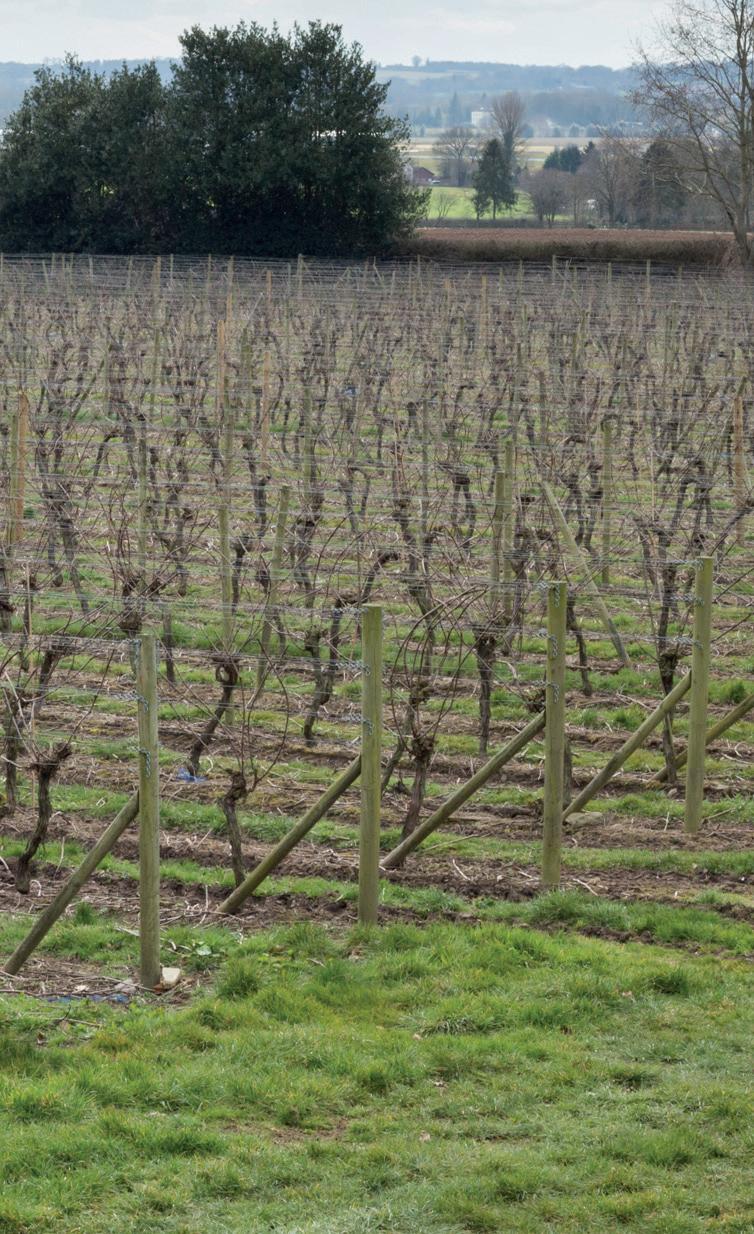
A little considered fining perhaps, but the settling of the juice prior to ferment goes a long way in cleaning it up, except with red wines.
Anything that resembles a dead mouse should not be picked, but that is not too difficult to get across to pickers.
I was surprised, even delighted, that we did not encounter 'sour rot' Botrytis, bunches that smell of vinegar; this is perhaps more common in warmer climates, and where I've encountered lots of it.
Likewise there were no indications of infestations of the Suzuki fly, or similar, whose actions can down grade the quality of a sufficient proportion of berries, so as to destabilise a wine.
A little 'slip skin' early stage Botrytis came in on occasions, but not enough to worry about.
In short the message to pickers could be this; If you do not want to put those grapes into your mouth, then we do not want them in our, or your, wine.
As a wine maker, I'd say, and I think that my colleagues would agree with me, that I do not wish to see them delivered to the winery, as they are simply not fit for purpose.
Having said all that…
There were many deliveries of grapes that were of great interest.
Straight off I'd say this; good site selection and attentive vineyard management allows excellent grapes to be grown far and wide across the country.
I saw too much to remember the details of some of them, but I had never previously thought that I'd see good grapes grown from north of the Humber, yet they came in. (from north east Yorkshire no less.)
From just south of the Humber estuary we received some Muscaris, clean and with excellent figures for sugar and acid levels. This is a relation to the Solaris variety, that is now quite widely planted around the country, and elsewhere like Poland too, and I'm hoping to try some excellent UK grown and made wines from these types of grapes very soon.
There were quite a lot of what could be termed as 'previous generation' crossings or resistant grapes as well.
These were good in attentive hands, but this is not always the case where perhaps some people might have erroneously thought that they could grow them with almost no attention.
Lots of Rondo, sometimes good enough but rarely outstanding, sadly.
Orion and Phoenix as whites with reds also like the occasional Regent, some Triomphe d'Alsace, and right at the end, a few crops of Divico.
My colleagues in Europe have told me about this new variety, but it was here that I first got to see it, and work with it. A bit late in ripening, but whilst perhaps low in yield, great colour and possibly a valid blending addition.
I found many new experiences in winemaking whilst here, but I came away wishing for a higher level of desire to achieve. Seeking better wine through newer styles and creative wine making perhaps but however it comes about, more effective communication right across the spectrum is needed.
I talked about finding a white with some botrytis, or indeed a lot, and putting it into a press, cranking it up to max pressure, then leaving it to ooze it's magical honey, drop by drop, through the night, except it never happened; my loss as I love these wines.
Strangely, I felt, a more realistic lost opportunity might have been what could have been 'skin contact/macerated whites', or orange wines.
The Siegerrebe had a low level of acid that baffled me, like many warmer climate red's, and as such might have done well if handled like a red. Maybe somebody has, somewhere…
ENVELOPE samdoncaster@hotmail.com
Whatever comes next there are boundaries to be pushed, and with rules broken then I believe that there are possibilities here for wines to be created that differ greatly to the tradition in stylistic leaning.
31
Sam Doncaster works for Volker and Marion Freytag, of Rebschule Freytag, Lachen-Speyerdorf, Neustadt an der Weinstrasse, Pfalz.
DECEMBER 2022 | VINEYARD
Pioneer in the UK wine industry
Increasing range of services on offer from long-established VineWorks.
While studying for his BSc (Hons) in Viticulture and Oenology at Plumpton College, James Dodson saw a growing need for vineyard services to support the rapidly expanding UK wine industry. While his fellow classmates dreamed of becoming winemakers, he focused his attention on understanding soil, climate, rootstock, trellising, pruning and harvesting –everything that goes into growing quality grapes.
Before graduating, James set up VineWorks in 2006, operating from his kitchen table and drafting in fellow students to install trellising systems for local vineyards. VineWorks quickly became a pioneer in the UK wine industry, branching out into consulting, offering preliminary studies and suitability reports for potential vineyards while continuing with the practical vineyard work.
When the recession occurred in 2009, James admits he thought “the game was up”, but was
proved wrong. “I thought that, like plenty of other new ventures, the financial crash would put me out of business,” he recalled. “Instead, everything took off and I soon found myself busier than ever.”
The reason? “High wealth individuals decided to pull their money out of the stock market and invest instead in more reliable assets like land or, fortunately for me, vineyards,” James explained. “It makes sense looking back, but at the time I was surprised.”
The huge switch to land-based investments in 2010 saw VineWorks’ turnover leap from around £70,000 to £1.5m as James was brought in to advise on, establish and manage vineyards across the south east and further afield. At this time, the company became incorporated as VineWorks Ltd and a business partner, Darcy Gander, joined.
VineWorks also expanded into vineyard management, prompted in part by the fact that increasing numbers of landowners for whom
he had established a vineyard then asked him if he would carry on managing their new crop. The vineyard services department grew to employ around 100 overseas workers yearround, with many more joining for harvest.
In 2018, VineWorks launched an online retail department, providing the full range of products required to install and maintain the highest quality vineyard, from planting to trellising, harvest to pruning and all annual tasks in between.
Sixteen years on, VineWorks has grown exponentially and is now refocusing its approach after a partner buyout, broadening its services and positioning itself as the ultimate go-to company for vineyards of all sizes.
The UK wine industry has changed dramatically since James started, not least over the past few years, with Brexit and Covid-19 altering the overseas labour availability overnight, not just for vineyards but for the whole soft and top fruit industries and horticulture.

32
<< VINEWORKS


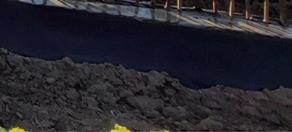





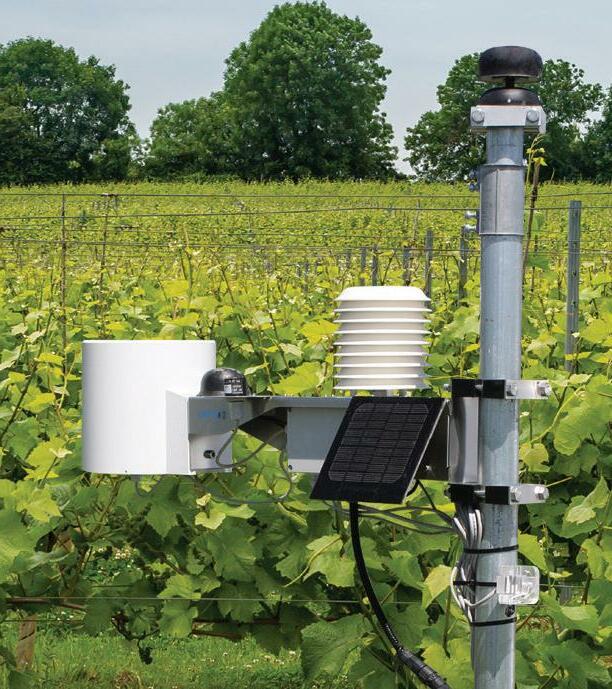






















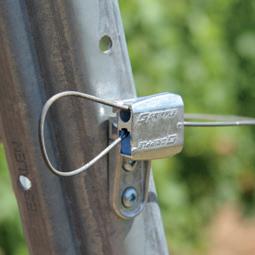

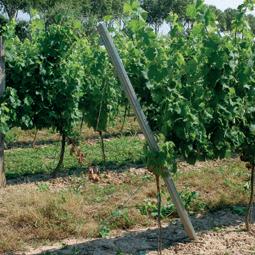



33 4 GENERATIONS OF TRADITION AND QUALITY +33 475 37 71 03 contact@pepinieres-tourette.fr With four generation of nurseryman, we have gathered a unique know-how that we put at services of our vines and rootstocks. We control the entire manufacturing process, from budwood and rootstock to vines. VITIPEP'S 100% French origin HOT WATER TREATMENT Before grafting ENTAV INRA French seletions MYCORRHIZATION Better developpement PRESENT IN THE UK SINCE 2010 VOLTIS AVAILABLE FOR SPRING 2023 VINEYARD WEATHER STATIONS Monitor the full range of weather conditions in your vineyard with a high quality, solar-powered, wireless weather station Get frost alerts direct to your phone! ✔ Air temperature ✔ Relative humidity ✔ Rainfall ✔ Global radiation ✔ Wind speed ✔ Leaf wetness ✔ Disease risk FIND OUT MORE metos.at/imetos33 AVAILABLE FROM www.vine-works.com SCAN ME Install, maintain and repair your trellis • Straightforward to use • Fast and easy installation • Re-tension year after year For more information visit www.gripple.com or call 0800 018 4264 Tension & Repair Join and tension trellis wires For the fast termination of trellising wire on metal posts For the quick repair of trellising wires Gripple Plus Anchor Kits are suitable for both wooden & metal post bracing Underground anchoring into a variety of soils Lightweight and compact and tensions up to 6mm products Installs trellis posts and Gripple’s range of anchors Gripple Plus GP No.1& No.2 GP Fix GPAK Plus APEX™ Range Torq Tool GPD Brace & Anchor Tools DECEMBER 2022 | VINEYARD
The team
Supporting James in head office are: ◆ Chris Buckley Business Director and Head of Vineyard Services
Carolyn Chinn, Business Support Officer
Sally Crowder, Finance Director
William Mower, Head of Establishment
Cherry Constable, Head of Retail
Charles Martin, Senior Viticulturist
Tom Reid, Viticulturist and Establishment Consultant
Daniel Bojan, Viticulturist
2021 saw VineWorks expand its warehouse to cope with the increasing demand within the retail department and move to adjacent, purpose-built, comfortable units complete with a meeting room, which James described as “a luxury compared to the kitchen table and caravan offices of the past”.
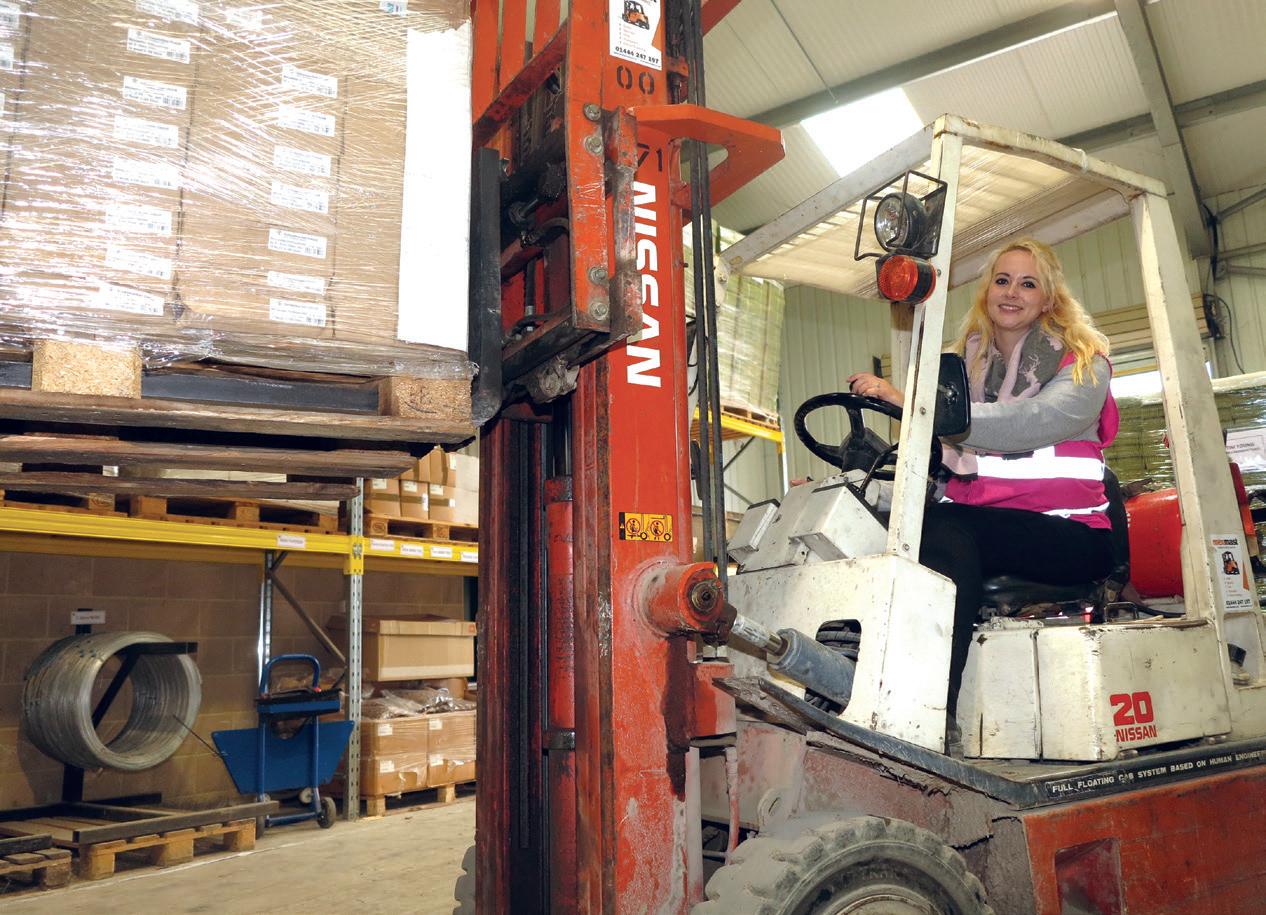
The remodelled VineWorks will continue to provide full establishment and vineyard services while offering a more bespoke choice of packages, allowing growers to choose whether they require occasional advice, tuition or a full, hands-on service. VineWorks is also

rolling out an education service to help growers train their own teams.
James and his team will continue to provide vineyard staff for intensive jobs, such as pruning and hand harvesting, with this valuable labour resource being prioritised to vineyard services customers.
VineWorks, which helped its vineyard staff apply for EU Settled Status, is a Gangmasters and Labour Abuse Authority (GLAA) licensed member and a member of both Stronger Together and the Association of Labour Providers (ALP). “We have an unwavering

◆
◆
◆
◆
◆
◆
◆
34
Cherry Constable
DECEMBER 2022 | VINEYARD
<< <<
To learn more about VineWorks, go to vine-works.com or contact us at sales@vine-works.com
To learn more about VineWorks, go to vine-works.com or contact us at sales@vine-works.com




To learn more about wire solutions, go to www.bekaert.com/vineyard-solutions





To learn more about wire solutions, go to www.bekaert.com/vineyard-solutions







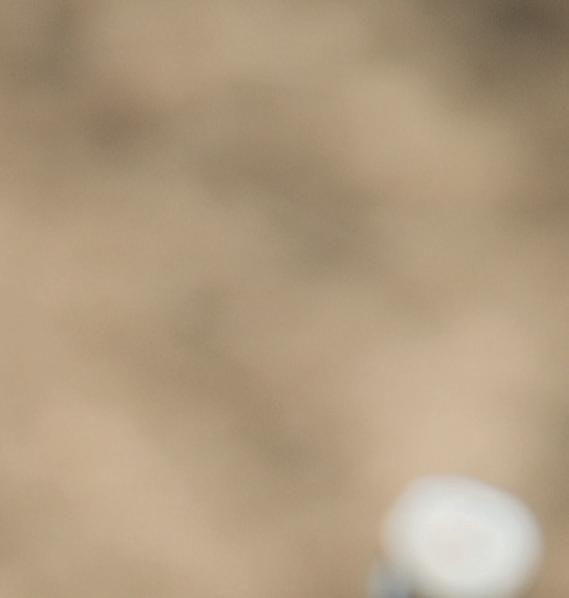










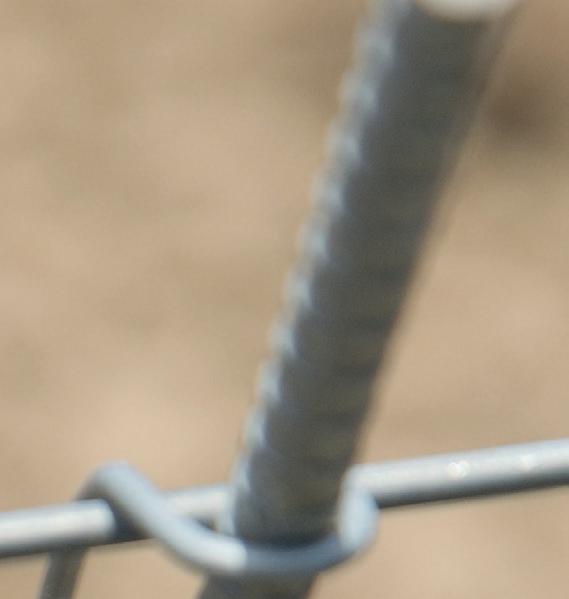

a sustainable future together
Growing
UK Vineyards One Vine at a Time Growing a sustainable future together
Supporting
UK Vineyards One Vine at a Time
Supporting
focus on achieving the highest ethical standards,” James stressed.
“We are still offering a full establishment service that includes vineyard design, vine plant sourcing and importing, GPS guided planting and trellising,” he added.



“We also have four experienced, dedicated trellising teams that can install any type of trellis culture system, but our approach to vineyard services is shifting towards training on-site teams rather than promising to bring in a team of workers once a year – because we simply can’t guarantee being able to find them in future.
“Our consultancy service remains a core part of our offering, but we have

made it more flexible, with packages focusing on imparting skills and knowledge to help growers train their own teams. We can’t manage everybody and not everyone needs that service, but within the team we have such a depth of knowledge that it makes sense to share.”
James continued: “Our new approach is all about sustainability. We aim to help growers and winemakers produce fantastic quality wines as efficiently and cost-effectively as possible. That’s what our consultancy service has always aimed to achieve and that’s the goal our new services will support.”
James is also expanding VineWorks’ fruit brokering service, bringing together growers and winemakers. This is an area he believes has potential to grow, with wineries increasingly looking for quality grapes to satisfy the demand for UK wines.



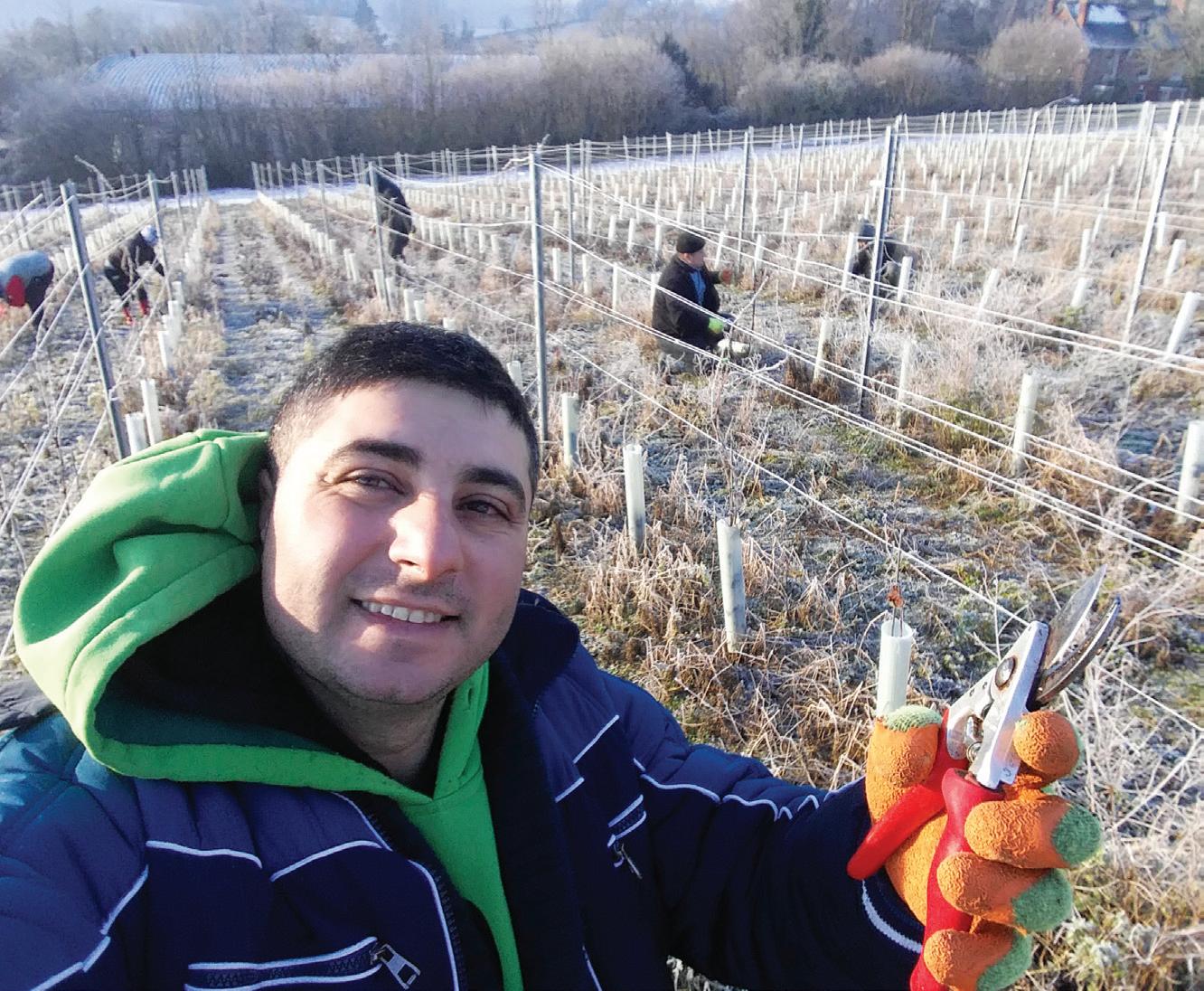
“This year I could have sold 1,200 tonnes of grapes, but I could only get hold of 250 tonnes,” he explained. “That is tending to keep the price at an unsustainably high level, so we need more vineyards to help meet the demand.”
<< <<
> Daniel Bojan
36
> Chris Buckley
Grafted grapevines from Germany Large assortment of German and international clones Breeding of resistant varieties Rebschule Freytag GmbH & Co. KG Theodor-Heuss-Strasse 78 67435 Neustadt a. d. Weinstr. Germany Phone: 0049-6327-2143 www.rebschule-freytag.de Working with VineWorks and their customers since 2010 DECEMBER 2022 | VINEYARD
Flexible Vineyard Systems Bespoke Steel Solutions Without Compromise























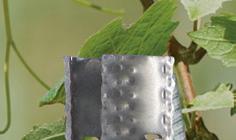

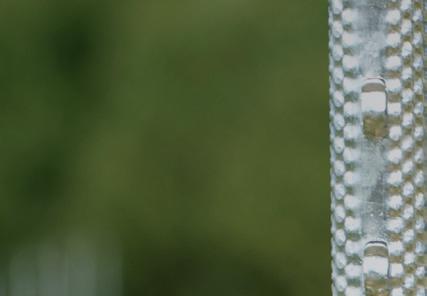




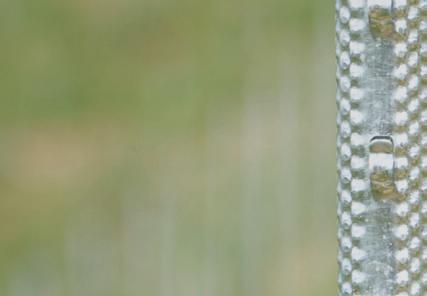



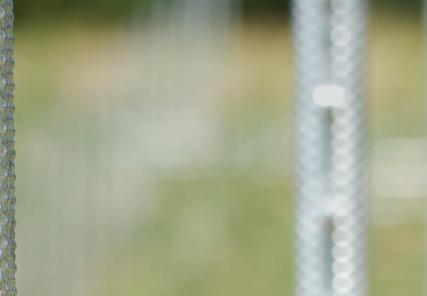



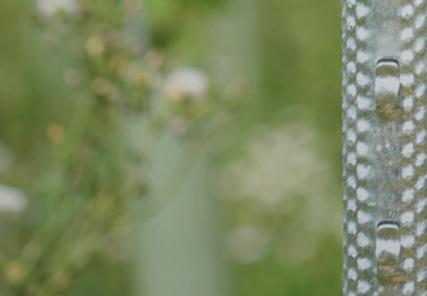





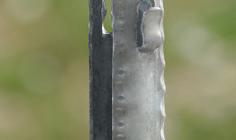




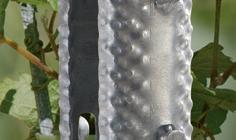






Our expertise in the production of cold rolled steel products has enabled us to develop a range of agricultural systems offering a unique combination of durability, stability and value for money.
The manufacturing process behind our UltraSTEEL® products not only ensures a long service life, season after season, year after year, but also delivers more environmentally friendly products.
Hadley posts are supplied exclusively in the UK through our long standing partner VineWorks, who we have been trading with now for over 15 years.
VineWorks will advise on all aspects of establishing and maintaining your vineyard and advise which Hadley post is the most suitable. Contact VineWorks today to discuss your requirement.

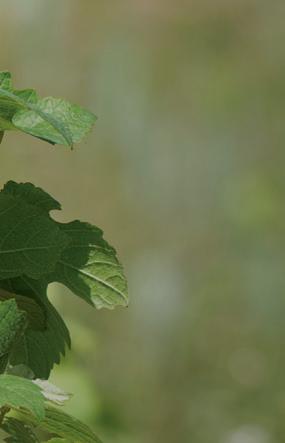



Lighter by Design
t +44 (0) 1273 891777 www.vine-works.com
<< Mapman, a topographical and climate data supplier, and with Metos, a multifunctional weather station manufacturer.
The new offerings are being launched by VineWorks at the Vineyard & Winery Show on 23 November at the Kent Event Centre, Detling, where the company’s new branding will also be unveiled. The team will also be displaying the benefits of using VineWorks’ well-stocked online shop, which offers a complete range of posts, wires and accessories for growers.
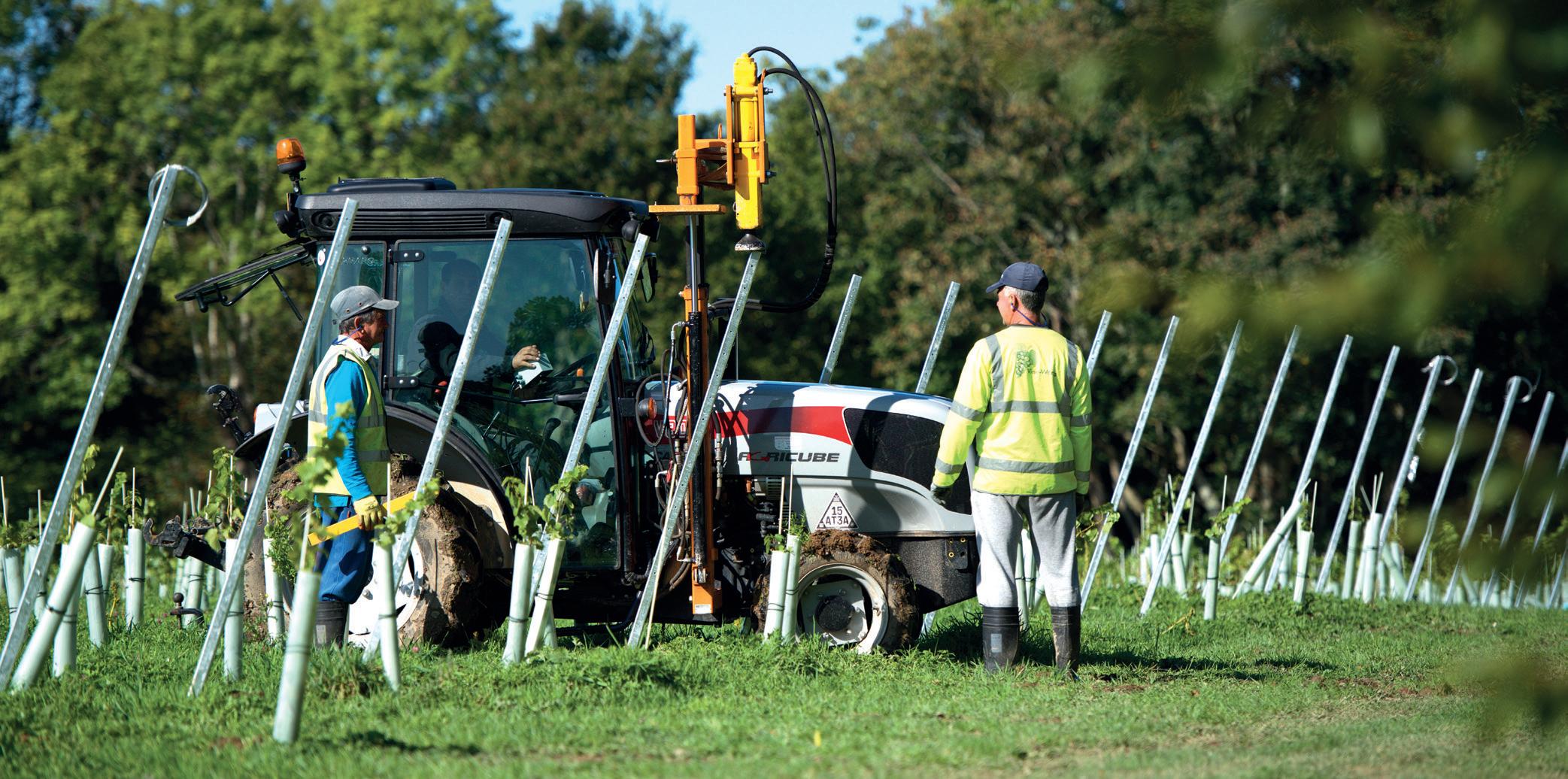
Members of the team will be joined by key partners, some of whom the company has worked with for more than 10 years, such as Gripple, Bekaert and Hadley, while they will also be highlighting new partnerships with
Specialist agriculture insurance company NFU Mutual and two of VineWorks' oldest nursery partners, Pépinnières Tourette and Volker Freytag, will also be attending.

“We are looking forward to talking to existing customers about our revamped services as well as making lots of new friends,” said James. Those existing customers include around 30 customers subscribed to VineWorks’ vineyard services packages, a further 70 who
receive additional support and upwards of 35 customers for whom the team will be planting in 2023. “There will be plenty of faces to see!” James added.

As VineWorks has developed, so has the team, with employees now numbering close to 100.
“It’s a great team, many of whom have been with me for many years and have contributed hugely to the growth of VineWorks,” James commented. We are confident that VineWorks will continue to grow in tandem with the incredible boom we are currently seeing in viticulture in the UK.”
38
> James Dodson
DECEMBER 2022 | VINEYARD VINEWORKS
TAILORED INSURANCE FOR GRAPE GROWERS AND WINE MAKERS
NFU Mutual proudly supports the growth of the English and Welsh wine industry as WineGB’s exclusive insurance partner. To get in touch with your Regional Viticulture Specialist, and learn more about how we can support your grape growing or wine making business, email: winegb@nfumutual.co.uk
 The National Farmers Union Mutual Insurance Society Limited (No. 111982). Registered in England. Registered Office: Tiddington Road, Stratford-upon-Avon, Warwickshire, CV37 7BJ. Authorised by the Prudential Regulation Authority and regulated by the Financial Conduct Authority and the Prudential Regulation Authority. A member of the Association of British Insurers.
The National Farmers Union Mutual Insurance Society Limited (No. 111982). Registered in England. Registered Office: Tiddington Road, Stratford-upon-Avon, Warwickshire, CV37 7BJ. Authorised by the Prudential Regulation Authority and regulated by the Financial Conduct Authority and the Prudential Regulation Authority. A member of the Association of British Insurers.
NIW E S O F GRE A T BRITA I N


VineWorks has been • Vineyard Services • Vineyard Shop • Fruit Brokering For MORE INFORMATION CONTACT: 01273 891777 vine-works.com sales@vine-works.com ONE VINE AT A TIME
Threat of pricing ourselves out of the market
For as long as I have been a consultant in the UK (17 years now), the industry has been nervous of over production and the creation of a wine lake. With the number of hectares planted over the last decade it would stand to reason that we should start to question where it will all go. There are more qualified people who understand the mechanics of market forces etc, but from a viticulturist’s point of view it would appear that there is a significant threat of pricing ourselves out of the market, and unfortunately fruit prices are bound to stay high for the next several years.
There are two common avenues to acquire fruit for wine businesses that need a steady supply of grapes. The first is to purchase grapes on the open market as and when needed by using a broker or one of the grape exchange websites that have cropped up in recent years. The second is to entertain a long-term contract (c.10 years) at a fixed price, usually slightly lower than the average spot market price. In this scenario, the grower is sacrificing income for long-term security. Historically there were very few pure growers who sold exclusively on the open market. It did not make sense to grow large amounts of fruit without a secure destination and price. The spot market was usually a place to sell excess fruit, but was never a part of a grower’s business model because of its volatility.
For the last couple of years, the spot market has been heating up and is becoming a preferred option for the grower. Those under contract have seen the average market grape price rise from £2,000 a ton in 2018 to well over £2,800 to £3,000 this year. For a grower with five years left on a contract this is going to be painful to watch, as others reap the rewards. You might argue that, while under contract, you avoid the volatility of the open market, but the truth is it has only been going one way… up. What is driving the price up
year after year and keeping it there? Demand is continuing to exceed supply.
Over the last six years there have been a number of large players entering the market. This is fantastic for our industry, but it has resulted in some chaos. Some have come in to produce traditional method sparkling and others have gone for different styles of wines, such as Charmat method, still and/or sparkling wine in cans. They have arrived on the scene with well-established routes to market and, in some cases, even own the distributorships. Their business models are to get volume up as quickly as possible to meet the huge volume big distributors and global retailers demand. Some of these businesses have no intention of ever owning vineyards, while others have invested in vineyards and are relying on the spot market until they have their own (mature enough) source. It is safe to say that, historically most grapes have been accounted for and the demand the big players are now putting on the market is causing some havoc. They would all love to be under a contract, but there aren’t enough grapes available.
The 2022 harvest will by all accounts go down as one of the UK’s great vintages. Though it is still too early to fully understand this vintage, (data is still being collected) in most cases there were spectacular ripeness results, including Pinots from Essex that reportedly came in at plus 14% potential alcohol – quite possibly a first for the UK. Yields may have been slightly compromised by the long drought conditions over the summer, but I would expect a final report of exceptional quality with average yield. The point is that, recently, neither annual yield nor exceptional quality has driven the price of grapes up. Instead, it is high demand and the lack of vineyards to supply.

As a result, this harvest has seen questionable actions taken by some growers which is justifiable or not depending on your point
of view. It has been reported that some growers took to selling fruit ‘out the back door’ while under contract to another buyer; the spot market price being so good that the contract price no longer seemed reasonable. That is a valid point. Are some of these longterm contract prices (e.g., £1,800 per ton) sustainable for a grower who is just as exposed to inflation and higher costs as everyone else. The grower might argue that the producer can raise the bottle price, but they are stuck with a long-term set price deal. Some growers who have naturally come out of contract are preferring not to enter into a new contract as they see the fruit prices staying high over the next three years or so. Many well-established producers who rely on long-term contract growers felt the pain this year when secure fruit failed to arrive. Perhaps it’s time to re-evaluate older contract prices for the grower’s sake and a secured fruit supply.
In the short-term, one would simply suggest to solve the demand problem we plant more vineyards and thus more fruit becomes available leading to a sustainable fruit price. However, I am aware that there will likely be more large players entering the market over the next several years planning to purchase now and wait for planted mature fruit later.
So, do more planted vineyards and subsequent production lead to a UK wine lake? Who is to know for sure. This is the conundrum that all wine producing countries have faced at some point or another and our time might be just around the corner.
DESKTOP www.vine-works.com ENVELOPE sales@vine-works.com phone-alt 01273 891777
41 Ja mesD n
THE VINE POST
DECEMBER 2022 | VINEYARD
Are the 2022 fruit prices sustainable, and where is the wine lake?
Strong posts and tight wires
The trellis system is a significant part of vineyard establishment costs and key to its success and productivity. It needs to last the lifetime of the vineyard and cope with the stresses and strains of a growing canopy, the weight of fruit, the weather and multiple machinery passes. Jo Cowderoy spoke to vineyard managers who are now planning their winter trellis maintenance and sharing their top tips for avoiding costly repairs.

Why trellis
The trellis supports the vine, optimising its exposure to the sun, maximising leaf area for light interception, and avoids shading. It allows for manipulation of the canopy during the growing season to optimise quality and yields, such shoot positioning, trimming or hedging, and leaf removal. Keeping the canopy open allows air movement, reduces humidity and the risk of fungal diseases, improves the efficacy of spray applications and, depending on the trellis and training system, allows for mechanisation. An open canopy is important for the formation of the buds on the renewal canes for the following year’s crop – which are dependent on warmth and exposure to sunshine. The trellis also keeps the vine off the ground for undervine management of weeds and the vineyard floor area.
There are many different trellis system options, and the type of trellising depends on site-specific factors which influence vine vigour – such as climate, soil type, as well as variety and rootstock, and the requirement of mechanised vineyard tasks. A thorough understanding of these factors is needed to design the correct vineyard and trellis systems for the vineyard’s success as the trellis has a significant influence on the productivity and profitability of the vineyard.
Trellis maintenance tips

The growing season exerts a lot of pressure on the trellis system. If the trellis is not correctly maintained and repaired it becomes unable to support the vine and canopy, which can adversely affect vineyard performance. It may also result in higher labour costs as routine tasks become more difficult. If trellis wires
break under a heavy crop during the growing season, they are hard to repair and can result in crop losses.
After harvest as the vine enters the dormant season and loses its canopy – with the pressure off it’s a good time to check and repair the trellis making sure the posts are stable, the anchors are secure, the fruiting wires are tensioned to the correct level and canopy wires are moveable but not too loose.
“Our routine maintenance includes checking the tension of the fruiting wires and anchor wires and tightening them at the same time –so they are equally tensioned and not pulling the post unevenly,” commented Matt Strugnell, Vineyard Manager, Ridgeview Wine Estate. “We do this after pruning, but before we tie down the canes. We also make a note of any issues we see during pruning, such as a slack fruiting wire, or any broken wires,” added Matt.
42
Jo Cow oy
DECEMBER 2022 | VINEYARD TRELLISING
“Neglecting trellis only makes the summer operations more inefficient,” explained Joel Jorgensen, Viticulture Director at Vinescapes Ltd. “The wires need to be checked to make sure they are well tensioned, uniform and tidy across the block. Even brand-new trellis wires stretch and need tensioning. If this is not done correctly, when wires are lifted during the growing season the chain links can run out, resulting in the wires needing to be wrapped around the posts. Not good practice, so best avoided by sorting out the tension in winter,” added Joel.
“Wires need to be tensioned correctly. Make sure they are not too loose as they can potentially get caught by machinery or cut by trimmers,” commented Richard Lewis, Vineyard Manager, Chapel Down. “This can also happen if the wire lifting is not done correctly during the growing season and the wires not secured properly to the posts within the canopy.

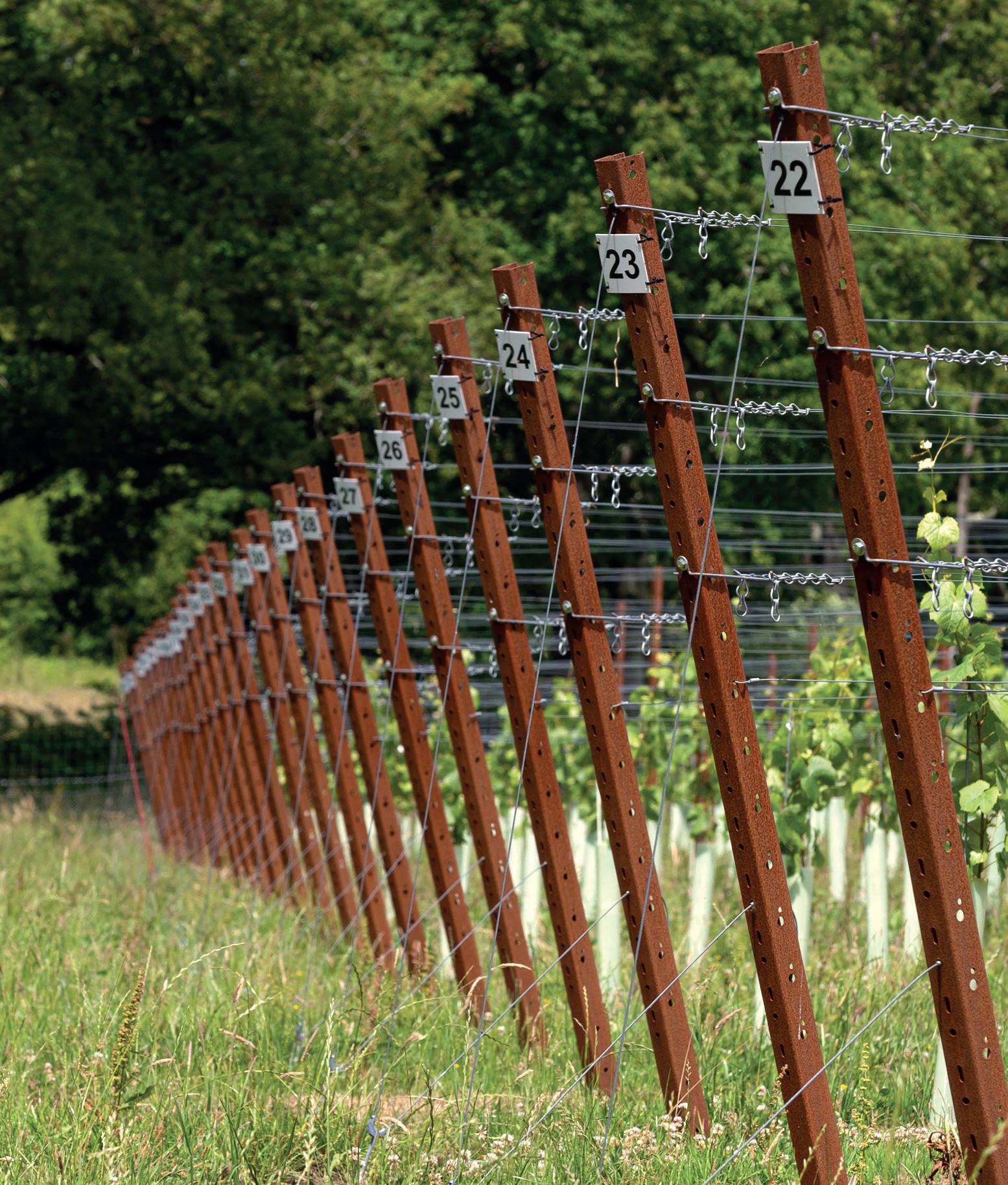
“During routine maintenance be careful not to over tension as this can stress the end posts and stretch the wires. There is also the common problem of running out of tension chain hooks at the end of the rows – this is time consuming, and a hassle to reset, so it best to get this right during winter maintenance,” said Richard.
“I don’t like to have foliage wires too tight; they can’t be so loose that they risk getting
caught by machinery – but also should not be so tight that you can play a tune on them! At Ridgeview we have a pair of foliage wires fixed at the top of the trellis, and then two movable pairs. When we drop the lower pair, we hook up every two to three bays so that it is out of the way when we mulch our prunings. The other pair is hooked close to the fruiting wire which makes the first lift very easy. It’s important to make sure the chains each end are not on their last link – otherwise you can run out of links and end up having to wrap the wire around the post,” added Matt.
“One of the issues with maintenance and repairs during the winter is the window of opportunity,” commented Richard. “If replacing old wooden posts with metal ones, machinery is involved, and the vineyard has to be pruned before the replacement work can take place. Ground conditions at this time can be limiting. So, it is worth considering anything that will avoid or minimise this work!
“The cost of metal for posts and wire, and the cost of importing, is high and now represents a major cost for vineyard establishment and maintenance, therefore anything to mitigate having to replace and repair trellis posts and wire makes sense. The emphasis should be on prevention,” Richard added.
Repair efficiencies
Repairs are inevitable, especially cut wires. But there are ways of making the task more efficient. Gripple, a small wire joining and re-tensioning device, makes wire repairs much easier –especially for fixing wires cut accidentally with electric pruning secateurs – easier to do than with manual secateurs. “Our new GP FIX offers quick and easy repairs of trellis wire,” explained Glenn Bills, Gripple Business Development Director. “The two-piece design pushes onto the ends of the two wires which are then re-attached with an easy ‘snap fit’. It also provides extra reach, so additional wire may not be necessary. The GP FIX is also ideal for use when re-tensioning wire at end posts in conjunction with our GP Medium,” he added.
“At Ridgeview, to make life easier and the repair tasks more efficient we go out into the vineyard with all our kit in a bucket. We include spare Gripples, plenty of short pieces of wire, fencing pliers, Fenox wire tensioners and wire cutters. However, one of the most useful tools is a ‘Tornado Bendy Twister’ it’s for twisting or tying off wires – they only cost a few pounds and make a tidy job!” said Matt. We used electric secateurs throughout the vineyard for the first-time last year. There is a greater risk of cut wires – but our pruners were good with very few cuts,” he added.
43 <<
Sika CorTen posts naturally blend with the environment
DECEMBER 2022 | VINEYARD
Photo: Joel Jorgensen:
“At the Chapel Down sites each vineyard manager checks the trellising during the season and will already have a log of where repairs are needed,” explained Richard. “They send me a breakdown of the materials they need, and I will bulk purchase these for all the vineyard sites. Our most common repair is cut wires, especially now that we are using electric secateurs more. Gripples are good but of course there is a cost element, both to the items and time to repair the wire – bearing in mind it is an expense that should be avoided," Richard added.
All about the anchors
The trellis must be structurally sound to cope with weight of canopy and crop, wind, rain, and vineyard mechanisation. Along the row, the intermediate posts and wires transfer much of this weight to the end posts, strainer, and ground anchors – so checking the anchors is an important part of trellis maintenance. To be effective, the type of anchor must be suitable for the site and soil type.
“Check anchors as they can lift, depending on soil type, and may need re-tensioning or replacing,” advised Joel. “I prefer to tie the wire from anchor back up to post slightly higher, when possible, to avoid it being clipped or caught by equipment, such as an undervine weeder – which can pull up the anchor,” he added.
“It’s particularly important to choose the right anchor for the soil type – and don’t assume they are all the same. For stony ground a Fenox style anchor will integrate with stones whereas a screw in style is better in clay soils,” explained Richard.
Starting with the right trellis
With the cost of trellis representing around half of the vineyard establishment budget,
skimping on design, installation or materials, may be a false economy – resulting in the need for additional repairs, more labour for tasks and even retrofitting to make it more appropriate for the site or training system. Trellising requires expert knowledge and experience to ensure correct set up. If the trellis fails it can be devastating for the vines, as well as expensive and challenging to repair.

“A lot of trellis repairs could be avoided or certainly reduced with correct installations at the start,” commented Richard. “Many are not aware of how important it is to select the correct post and anchor systems for the particular site. Also, how to tension correctly as over tensioning can pull in posts and pull up anchors.
“With a good understanding of how trellis systems function and how the individual components work and factoring in the vineyard conditions then there is a better chance of getting it right from the start,” Richard advised. “Routine maintenance is a necessary task,
but repairing trellis is time consuming and expensive and can usually be avoided,” agreed Matt. “It’s really important to plan and install the vineyard trellis system properly in the first place. Also make sure the headlands are wide enough to allow tractors with implements to turn without catching and pulling up the anchor wires,” he added.
“Get the trellis right for the training system from the start – it is important that it is designed for purpose and constructed by an experienced and professional team, using the best quality materials,” advised Joel. “For example, I have seen vineyards try and retrofit a Pendelbogen training system. However, this results in half the buds on the cane being higher than the original fruiting wire, and effectively reduces the canopy height – as trimming will still need to take place in line with the existing trellis to avoid shading the next row. The usual reason to use Pendelbogen is to achieve a higher crop – but it can be a challenge to ripen the fruit if there is now less canopy and fewer leaves. So it’s best to design the vineyard and trellis system to suit Pendelbogen training correctly in the first place.” Joel added.
“I also see that there is not always enough consideration of undulating terrain when planning vineyards,” commented Richard. “It’s important to factor the movement of tractors and other machinery along rows and build in margins of error. Narrow rows with a side slope are more likely to result in knocks and damage to trellis posts. Headlands need to allow machinery to turn with trailed equipment and consider future proofing allowing for machine harvesters. Mechanical weeders can also cause damage so it’s important to consider row width and cultivation width in the vineyard design,” he added.
> Tidy
44
'pig-tails' style ties with adjustable chains
<<
Joel Jorgensen prefers to secure the wire from the anchor to the end post higher, when possible, to avoid it being caught by equipment –which can pull up the anchor
DECEMBER 2022 | VINEYARD TRELLISING
Photo: Joel Jorgensen:




























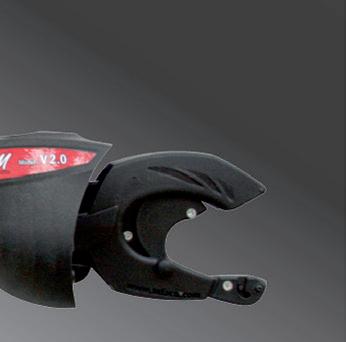

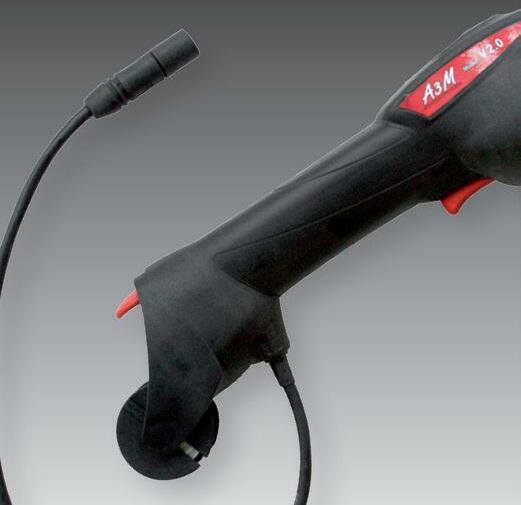

























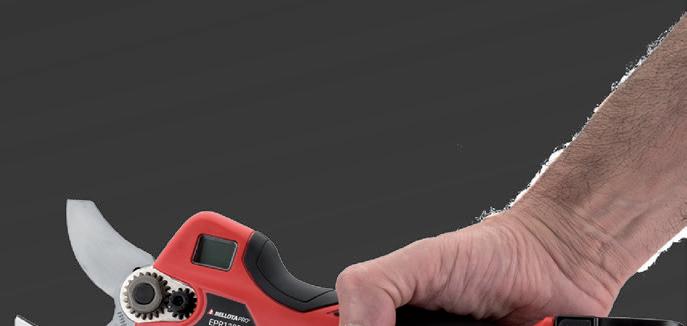





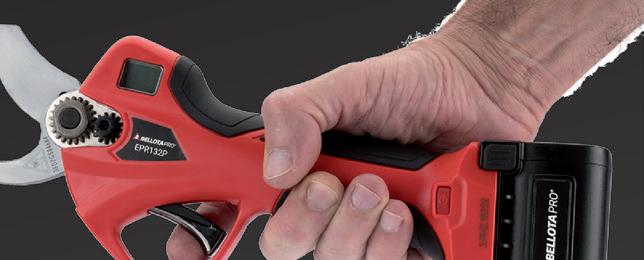







































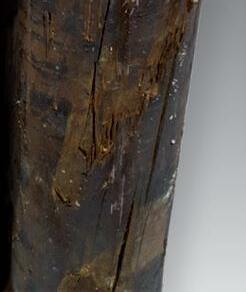
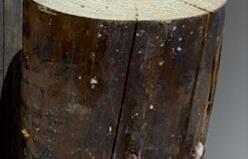















































































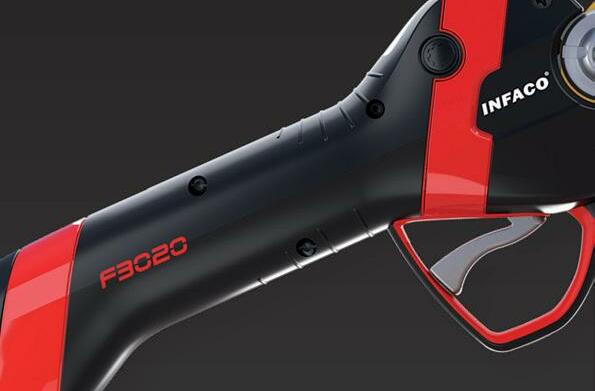
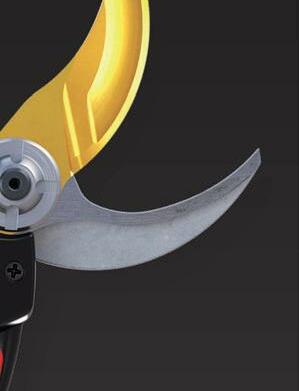




















45 << STORAGEUNITS TYING IN TYING IN PESTCONTROL CHEMICALSTORES SPRAYING PRUNING&FRUITTOOLS HARVESTING HARVESTING PLANTING&GROWING GROUNDANCHORS GROUNDANCHORS REINFORCEMENT TUNNEL&SHELTER POSTS&WIRE HARVESTING REINFORCEMENT PRUNING&FRUITTOOLS HARVESTING T: 01304 842280 E: sales@agricareuk.com www.agricareuk.com STORAGE&CHEMICALUNITS PLANTING&GROWING TUNNEL&SHELTER PRUNING&FRUITTOOLS HARVESTING PLANTING&GROWING STORAGEUNITS Easy Post Drivers NEW INFACO F3020 Electrocoup Carmo Posts The Wiesel Frost Ovens Bellota Cordless Pruners Bellota Tying Machines PLANTING&GROWING POSTS&WIRE PRUNING&FRUITTOOLS HARVESTING PLANTING&GROWING CONTROL A3M Tying Machines ○ Established 2010 ○ From proven site selection, vine supply, GPS planting to full installation. ○ We have now helped 100’s of clients achieve their objective. www.vineyardsolutions.co.uk info@vineyardsolutions.co.uk | 01245 476994 THE COMPLETE UK BASED VINEYARD ESTABLISHMENT ONE CONTACT- ONE SOLUTION - VINEYARD SOLUTIONS VSL VINEYARD SOLUTIONS ORGANISERS OF VIN E YAR D For Growers & Winemakers in Great Britain 2022 WWW.VINEYARDMAGAZINE.CO.UK STAND K49 DECEMBER 2022 | VINEYARD
Ellagic magic
By Ernst Kleynhans, LAFFORT® South Africa.

When wine ages in an oak barrel, a new barrel not only adds aromatic complexity to the wine, but also protects the wine against oxidation. This is done by regulating the oxidation reduction phenomenon during maturation and/or micro oxygenation. The component which is primarily responsible for this phenomenon is ellagic tannins. These are tannins that are hydrolised to ellagic acid, which in turn is a natural phenol antioxidant. The amount of ellagic tannins in a barrel decreases significantly every time it’s used.

More than 50% is lost during the first year of use and there’s hardly any ellagic tannins left in a barrel after three years of use.

General overview and maturation of wine
Barrel inserts were used to introduce integrated oaky notes and enhance the flavour and aromatic profile of wine. Tannins were used to restore the levels of ellagic tannins that are lacking in older barrels, necessary to protect a wine from oxidation, and also preventing a wine from becoming brown and oxidative during the maturation process.
The trial was conducted during the 2014 vintage in the Robertson Valley. Maturation of the wine took place in barrels.
For this trial 10 barrels from the same
cooperage were selected to reduce variability. Four of these barrels were new 2014 barrels. The other six barrels were older, from the 2004 vintage, thus 10th fill barrels. NOBILE® BARREL REFRESH (barrel inserts) was used to simulate the new wood component and QUERTANIN® (stave wood-quality ellagic tannins were used to adjust the level of ellagic tannins lacking in the older oak barrels. See Table 1 for a complete summary of all the treatments.
The 2014 barrels were filled with wine and weren’t given any additional treatment. These barrels however did have different toasting levels (L/M, Light/Medium; M, Medium; M+, Medium Plus) (FG, Fine Grain; OG, Open Grain). As the wine was drained off the skins and racked into the respective 2004 barrels, each was given a QUERTANIN® dose of 1 g/hL (10 ppm). These six barrels continued to be given 1 g/hL (10 ppm) of QUERTANIN® every three months for the duration of the 12-month ageing period. In addition, five of these barrels had one NOBILE® barrel insert. Each NOBILE® barrel insert resembles 20% of a new 225 L barrel. The
46
MarkC
pton
> Table
1
WINE BARREL BARREL REFRESH ADDITIONAL TREATMENT TRIAL DURATION (months) Barrel age Toast Fill Profi le Dosage Tannin Dosage (at racking) Dosage (3 months intervals) 1 2004 10th QUERTANIN® 1 g/hL (10 ppm) 1 g/hL (10 ppm) 12 2 2004 10th FRESH 20% new wood QUERTANIN® 12 3 2004 10th SENSATION 20% new wood QUERTANIN® 12 4 2004 10th INTENSE 20% new wood QUERTANIN® 12 5 2004 10th REVELATION 20% new wood QUERTANIN® 12 6 2004 10th INTENSE 20% new wood QUERTANIN® 12 7 2014 L/M, FG 1st 12 8 2014 M, FG 1st 12 9 2014 M+, OG 1st 12 10 2014 M+, FG 1st 12 DECEMBER 2022 | VINEYARD WINEMAKING
Ellagitannins (mg/L)
barrel that was not given a barrel insert served as a control. The maturing red wine barrels were checked at regular intervals and topped up as necessary.
Sensory evaluation
M, Medium; M+, Medium Grain). As the wine was drained respective 2004 barrels, each g/hL (10 ppm). These six (10 ppm) of QUERTANIN® the 12-month ageing period. one NOBILE® barrel insert. 20% of a new 225 L barrel. insert served as a control. checked at regular intervals adjusted and the respective then stored under cellar in four tasting sessions by The wines were evaluated 10 was the most preferred one of the new 2014 barrels toasting. score of 15.7 was also from a fine grain and medium was a wine from one of the and contained one NOBILE® insert and had been given a months. score of 15.4 also came from NOBILE® BARREL REFRESH and had also been given with a score of 15.2. This combination of QUERTANIN® and BARREL REFRESH SENSATION toasted. The convection-oven toast throughout the oak which concentration. Therefore this flavour and aroma of the preventing oxidation.
(mg/L) Month
New barrel (limousin)
New barrel (limousin)
Used barrel - 1 wine (limousin)
Used barrel - 2 wines (limousin)
Used barrel - 1 wine (limousin) Used barrel - 2 wines (limousin)
Month
Tannin content extracted from the oak is lower in used barrels. The ellagitannin protective effect is decreased and the wine becomes subject to premature oxidation. Adding QUERTANIN® permits the re-creation of the buffer qualities provided by tannins extracted from new barrels, and protects the wine from oxidation phenomena. A COMPARISON OF THE 5 MOST PREFERRED WINES
> Ellagic tannin content in barrels
Tannin content extracted from the oak is lower in used barrels. The ellagitannin protective effect is decreased and the wine becomes subject to premature oxidation. Adding QUERTANIN® permits the re-creation of the buffer qualities provided by tannins extracted from new barrels, and protects the wine from oxidation phenomena. A COMPARISON OF THE 5 MOST PREFERRED WINES
After 12 months the SO2 levels were adjusted and the respective wines were hand-bottled. They were then stored under cellar conditions until they were evaluated in four tasting sessions by winemakers from various wine regions. The wines were evaluated and scored out of a total of 20 points.
Looking at the top five wines, wine 10 was the most preferred wine and scored 16.3. It was from one of the new 2014 barrels with a fine grain and a medium plus toasting.
The wine with the second highest score of 15.7 was also from a new 2014 barrel. The oak had a fine grain and medium toasting. Hot on the heels of this wine was a wine from one of the older 2004 barrels. It scored 15.6 and contained one NOBILE® BARREL REFRESH REVELATION insert and had been given a QUERTANIN® dose every three months.
The wine that came fourth with a score of 15.4 also came from a 2004 barrel, but it contained one NOBILE® BARREL REFRESH AMERICAN REVELATION insert and had also been given QUERTANIN® dosages.
The fifth-placed wine was wine 3 with a score of 15.2. This wine also contained the combination of QUERTANIN® and barrel insert, namely NOBILE® BARREL REFRESH SENSATION.
This barrel insert is convection-oven toasted. The convection-oven toasting process creates a uniform toast throughout the oak which drastically reduces the ellagic tannin concentration. Therefore this barrel insert contributes mostly to the flavour and aroma of
> A comparison of the five most preferred wines
the wine, but is not as effective in preventing oxidation. On the other hand wine 2 (NOBILE® BARREL REFRESH FRESH), wine 5 (NOBILE® BARREL REFRESH REVELATION) and wine
CONCLUSION
6 (NOBILE® BARREL REFRESH AMERICAN REVELATION) all had barrel inserts that were either untoasted (Fresh) or received a toasting similar to fire toasting (Revelation and American Revelation).
Conclusion
All wines were well received by the tasters who evaluated them. All the wines from the 10 year old barrels did exceptionally well compared with the wines aged in new oak barrels. Although the wines from the barrels with NOBILE® BARREL REFRESH and QUERTANIN® combinations didn’t have the highest score, complexity and structure of wine from a new barrel but they clearly demonstrate that NOBILE® BARREL alternatives used in conjunction with the QUERTANIN® RANGE can be used to extend the life of older barrels, while protecting the wine.
DESKTOP www.berlinpackaging.co.uk phone-alt 07805 081677 ENVELOPE Mark.Crumpton@berlinpackaging.com
BARREL REFRESH FRESH),
and wine
Toasting takes place on the surface of the wood and therefore doesn’t affect the concentration of the ellagic tannin as much compared with the convection oven toasted oak products.
All wines were well received by the tasters who evaluated them. All the wines from the 10-yearold barrels did exceptionally well compared with the wines aged in new oak barrels. Although the wines from the barrels with NOBILE® BARREL REFRESH and QUERTANIN® combinations didn’t have the highest score and complexity and structure of wine from a new barrel, they
03 69 12 15 50 100
3: SE
QT 8:
10:
5: REVELATION + QT 6: AM.
+ QT
0 20 40 60 80 100 Appearance Colour Hue Aroma / Wood notes Sweetness / Fruit Body / Structure Flavour / Complexity Finish / Length
NSAT ION +
BARREL , M/FG
BARREL , M+ /FG
REVELATION
03 69 12 15 50 100 Ellagitannins
3:
8:
10:
0 20 40 60 80 100 Appearance Colour Hue Aroma / Wood notes Sweetness / Fruit Body / Structure Flavour / Complexity Finish / Length
SENSATION + QT
BARREL, M/FG
BARREL, M+ /F 5: REVELATION + QT 6: AM. REVELATION + QT
REVELATION)
47
DECEMBER 2022 | VINEYARD
The aesthetics Of effervescence
With Christmas fast approaching it is the time for celebrating with bubbles, whether with friends or family, bring some Christmas cheer by pouring some English and Welsh fizz!
The foam from pouring is acutely judged by all that drink sparkling wine. A defined and attractive foam mousse and collar is something that adds to the ambience and majesty of celebratory sparkling wine drinking. In fact beyond my personal comments, foam is seen as a critically important aspect of sparkling wine by wine critics and collar stability is graded at competitions such as the ‘Effervescence du Monde’. There is a lot of physics and biochemistry occurring in the foam portion of the glass and herein I explain some of the mechanisms and also how certain products and winemaking techniques may enhance this aspect of wine drinking.
Foam is defined as a colloidal dispersion where gas is distributed in a continuous liquid phase. A pre-requisite of foam production is for the liquid to be supersaturated with CO2, the prise de Mousse, a process whereby 24g/l of sugar is added to English Sparkling Wine for a secondary fermentation, produces approximately 11.8g/l
of carbon dioxide and the foam itself forms following a change in air pressure inside the bottle, either after opening or pouring. Bubbles rise to the surface in bubble trains – the size and flow rate of bubbles will determine the degree of foam formation – a slow effervescence featuring small bubbles and a narrow gap between bubbles in the train is preferred. Bubbles initiate in the wine from what is termed a nucleation point, Bubble nucleation is broken down into different types; Nucleation (l.c n) type class I and II occur independently of any pre-existing cavity and can form on smooth surfaces. Type III occurs on a pre-existing gas bubble in the glass that is small enough to allow phase change. Type IV nucleation sites cause bubbles to form from existing gas cavities that have large enough curvature (critical radius) to allow the energy of the CO2 to overcome the energy barrier required to form a bubble. Sparkling wine is seen as having a weak level of dissolved CO2 so type IV is the most common source of nucleation point. It has been shown that exogenous cellulose fibres from drying with a dish cloth typically form a type IV nucleation
site (figure 1) but acid etching glasses is more common and produces a more regular bubble train (these glasses are used in the Effervescence du Monde competions) and are more commonly seen in pint glass for Export Largers.
When first pouring a glass of sparkling wine, a large foam head can be observed, the height of which depends on from what height and how quickly the wine is poured. The foam then collapses to leave the wine with a foam collar along the outside edge of the glass that persists as long as the bubbles nucleate in the glass and there are appropriate organic compounds to assist foam stabilisation. Bubble size at the surface can vary depending on serving size and pour number. Once the bubble reaches the surface it ruptures releasing a liquid jet and the droplets return to the surface. This also has an olfactory sensation on consumers as it has been shown that the process releases aroma compound. The manner in which the wine is poured has been shown to have a significant effect on loss of CO2 from the liquid.
Proteins, peptides, amino acids and polysaccharides are all thought to have a tensioactive effect on the formation of


CO2 CO2 Bubble Critical radius Laser etched/cavi in glass Cellulose fibre on glass from drying cloth 48 MarkC pton DESKTOP www.berlinpackaging.co.uk phone-alt 07805 081677 ENVELOPE Mark.Crumpton@berlinpackaging.com
The “pinnacle” for tasters is to observe fi ne, elegant and persistent bubbles in the glass regularly supplying a generous and stable collar to form a harmonious foam.
DECEMBER 2022 | VINEYARD WINEMAKING
> Figure 1: Type IV Nucleation point with a critical radius large enough to overcome the energy barrier for bubble formation, diagrams adapted from photographs by Liger-Belair, (2014)
Dedicated to the aesthetics of sparkling drinks: ◆ Restores natural foaming properties ◆ Contributes to tartaric stablisation ◆ Refi nes bubble size to ensure their elegance ◆ More persistent bubbles at the glass surface ◆ Colleree is thicker and more harmonious ◆ Colleree is more stable over time






















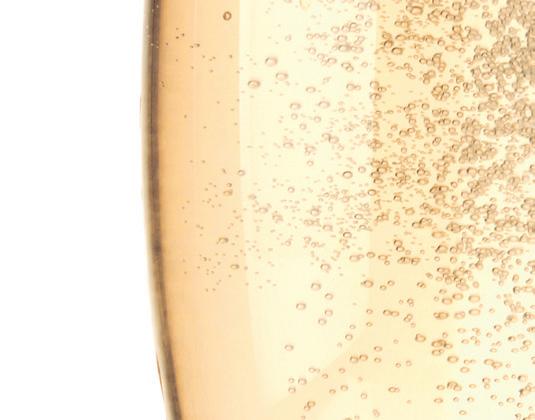































































































































































Doses and usage recommendations: ◆ Liquid product ◆ Available in 1l and 10l ◆ Pure mannoproteins, 100% soluble ◆ Recommended dose: 100ml/hl ◆ Add to the mixture during tirage bo ling ◆ Add to expedition liquor during disgorging
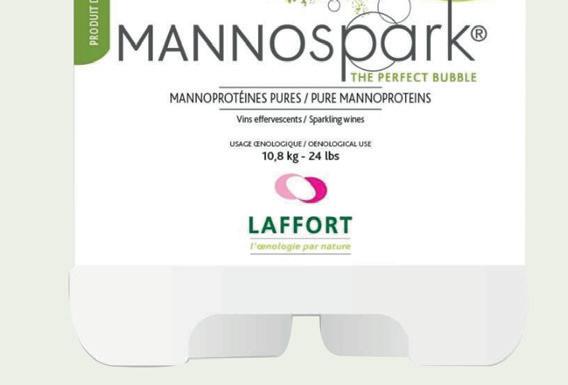
> Figure 2: Bubble train ascending to the surface from a nucleation point, increasing in size as CO2 dissolves into the bubble and collecting at the surface forming foam. Adapted from Liger-Belair, (2013)
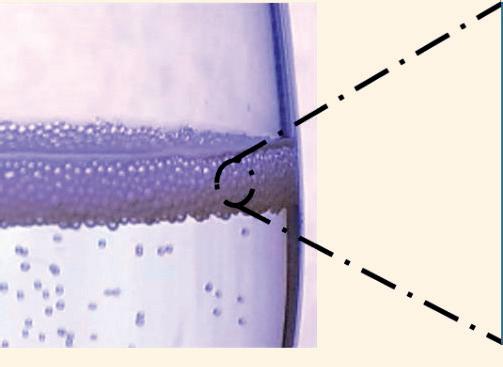
CO2
Maintaining proteins, the main source being the autolysis during secondary fermentation, is critical to good foam formation. An exciting new product from Laffort identifying a specific type of mannoprotein can be added to wines that may have lost some of their proteins due to bentonite fining process or ageing process can enhance the aesthetic of the foam.
from Blasco, Viñas and Villa, (2011)
CO2 CO2 CO2 CO2 Wine surface Dissolved carbon dioxide Bubble
with a combination of hydrophobic and electrostatic forces as well as hydrogen and covalent bonding maintaining the linkage.
Wine Lamella Gas bubble
Protein
Gas bubble 49
Figure 2.4 Behaviour of a foam collar in ESW (diagram ada pted from Blasco, Viñas and Villa, (2011)
Wine
> Figure 3: Behaviour of a foam collar in ESW. Diagram adapted
the foam and stability to varying degrees. Presence of these arise from the secondary fermentation and autolysis of yeast cells. In particular proteins are of critical importance in maintaining bubble structure. The hydrophobic tail and hydrophilic heads arrange themselves around the bubble to provide support. Polysaccharides have also been identified as effective in maintaining foam, though there are some conflicts in the literature and the results of different studies into the effects of polysaccharides do not always concur. An interesting observation in studies on Cava, a traditional method wine, have shown desirable foam behaviour reaches an optimum level at 18 months post-bottling, after which degradation of proteins and polysaccharides lead to decreases in foamability and stability.
Representing you
Working in partnership with Vineyard magazine for a developing UK wine industry.
WineGB is the national trade body representing the vine growers and winemakers of Great Britain from the largest producers to small hobbyists. Our members work together with the organisation to develop strategy, expertise and marketing opportunities for long-term, sustainable success.
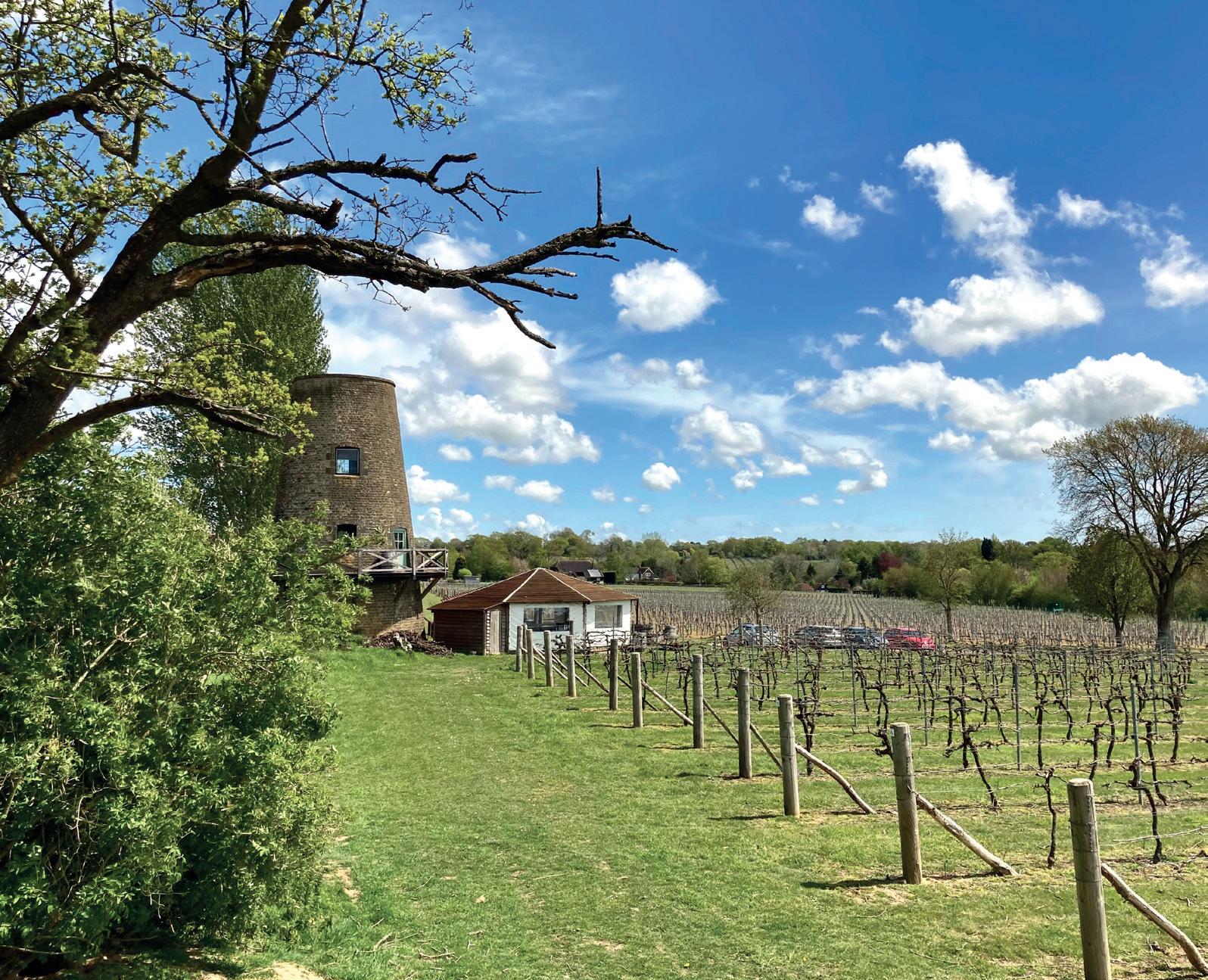

Join SWGB
Sustainable Wines of Great Britain (SWGB) is in its annual recruitment window, which lasts until the end of December. SWGB now has 83 members, which accounts for around 55% of the hectarage under vine in the UK. To date, 35 fully accredited wines bearing the SWGB Trade Mark have been released on the market. If you are a member of WineGB and would like to join SWGB to make an official commitment to sustainability, please contact SWGB Chair Chris Foss (swgb@winegb.co.uk) and Scheme Manager Laura Tattam (laura@winegb.co.uk).
New website
WineGB has a new website with a new paired back and streamlined feel. The public site contains useful information on WineGB’s mission, events and industry data, as well as the wines, producers and cellar doors that make up our industry.
WineGB members can now access a muchimproved Members’ Area, with a searchable Knowledge section to enable you to find the information you need, including our extensive webinar library and information on sales, employment, export, insurance, grants, wine production, viticulture, marketing and planning. Members can also access the WineGB Commercial Database, a list of suppliers and service providers to the GB wine industry.
If you are interested in joining WineGB and exploring our new website, please get in touch with Phoebe French (phoebe@winegb.co.uk).
you
in wine production in the
find out more about WineGB and join
Visit our website
If
are interested
UK
us.
www.winegb.co.uk
facebook-f @winegb twitter @Wine_GB INSTAGRAM @winegb linkedin-in @winegb
DECEMBER 2022 | VINEYARD 50
facebook-f twitter INSTAGRAM linkedin-in
KEY DATES
6-7 March 2023: WineGB Industry Symposium 19-21 March 2023: ProWein
15-17 May 2023: London Wine Fair, Olympia 17-25 June 2023: English Wine Week and WineGB Awards medal winners announcement
14 July 2023: WineGB Awards 2023 Trophy presentation ceremony and lunch 17 July 2023: WineGB One Day Wine School 5 September 2023: WineGB Trade & Press Tasting

year in numbers Membership of WineGB entitles you to a 10% discount on WSET courses Levels 1-3 from the WSET London School as well as a range of discounts at 26 WSET Approved Programme Providers based around the UK. Details on how to claim are featured on the WineGB Members’ Area. User-Friends CALENDAR-DAYS globe-asia 632 members in 2022 (+60 in 2022, including 10 that have re-joined) 6 major events organised overseas visitor trips 15 webinars held 31,429 followers across all our social media channels 4 major industry shows with a WineGB presence 2 DECEMBER 2022 | VINEYARD JOIN WINEGB phone-alt 01858 467792 paper-plane office@winegb.co.uk globe-asia www.WineGB.co.uk 51
A


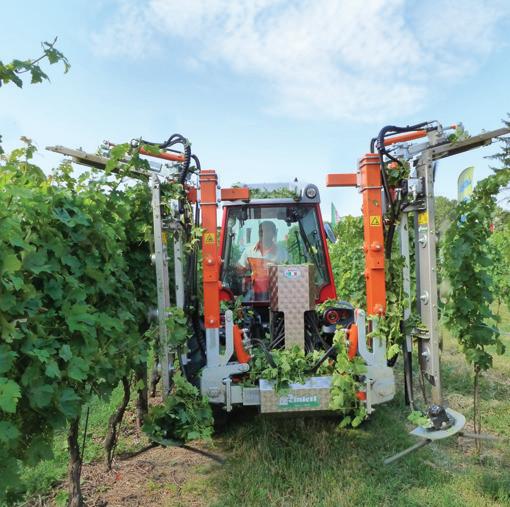

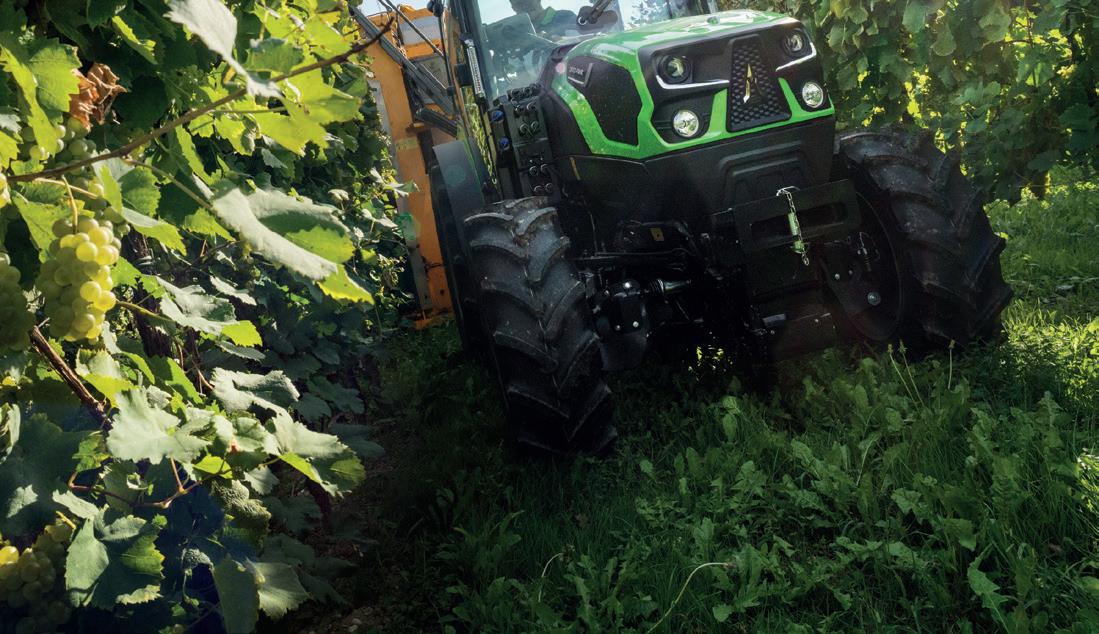





























52 Purchase direct from the UK Importer: ■ Cultivators ■ Vine Trimmers ■ Soil Aerators ■ Hedge Cutters Equipment for Vineyards Equipment for Vineyards t: 01892 890364 • e: info@lameng.com Lamberhurst Engineering Ltd• Priory Farm Parsonage Lane• Lamberhurst• Kent TN3 8DS www.lameng.com 5 DF, DS and DV TTV overall width from 1.08 to 1.67 meters FARMotion 35 (3 cyl.) or FARMotion 45 (4 cyl.) Stage V engines • TTV continuously variable transmission with PowerZero function • Independent front axle suspension with active control • 100 l/min LoadSensing pump with up to 9 high flow distributors 4 post high visibility cab with MaxCom armrest and flat floor SDF Smart Farming Solutions integration DEUTZ-FAHR is a brand of 5 DF/DS/DV TTV Series - 90 to 126HP To find your nearest dealer visit deutz-fahr.com Scan for more information on the 5 DF/DS/DV TTV series 5 DF, DS and DV TTV overall width from 1.08 to 1.67 meters • FARMotion 35 (3 cyl.) or FARMotion 45 (4 cyl.) Stage V engines • TTV continuously variable transmission with PowerZero function Independent front axle suspension with active control 100 l/min LoadSensing pump with up to 9 high flow distributors 4 post high visibility cab with MaxCom armrest and flat floor • SDF Smart Farming Solutions integration DEUTZ-FAHR is a brand of 5 DF/DS/DV
126HP To find your nearest dealer visit deutz-fahr.com Scan for more information on the 5 DF/DS/DV TTV series • 5 DF, DS and DV TTV overall width from 1.08 to 1.67 meters
FARMotion 35 (3 cyl.) or FARMotion 45 (4 cyl.) Stage V engines TTV continuously variable transmission with PowerZero function Independent front axle suspension with active control 100 l/min LoadSensing pump with up to 9 high flow distributors • 4 post high visibility cab with MaxCom armrest and flat floor • SDF Smart Farming Solutions integration DEUTZ-FAHR 5 DF/DS/DV TTV. THE UNDISPUTED LEADER BETWEEN THE ROWS. DEUTZ-FAHR is a brand of 5 DF/DS/DV TTV Series - 90 to 126HP To find your nearest dealer visit deutz-fahr.com Scan for more information on the 5 DF/DS/DV TTV series deutz-fahr.com Bell Agricultural Ltd Wenham Lane, Ivychurch TN29 0AW 01797 344 688 enquiries@bellag.co.uk Dealer • • FARMotion 35 (3 cyl.) or FARMotion 45 (4 cyl.) Stage V engines TTV continuously variable transmission with PowerZero function Independent front axle suspension with active control 100 l/min LoadSensing pump with up to 9 high flow distributors • 4 post high visibility cab with MaxCom armrest and flat floor • SDF Smart Farming Solutions integration DEUTZ-FAHR 5 DF/DS/DV TTV. THE UNDISPUTED LEADER BETWEEN THE ROWS. DEUTZ-FAHR is a brand of 5 DF/DS/DV TTV Series - 90 to 126HP To find your nearest dealer visit deutz-fahr.com Scan for more information on the 5 DF/DS/DV TTV series THE UK'S LONGEST STANDING SPECIALIST MACHINERY DEALERSHIP A v o n W o r k s , C r a n b r o o k , T N 1 7 2 P T • 0 1 5 8 0 7 1 2 2 0 0 • s a l e s @ n p s e y m o u r . c o . u k • w w w . n p s e y m o u r . c o . u k DECEMBER 2022 | VINEYARD
TTV Series - 90 to
•
Cuing-edge products to drive change



Landini's TREKKER4, with a category 4 cab, was on show at EIMA for the first time, with a series of other innovations introduced on the latest models in the range.
The year 2022 has seen the debut of the Stage V-emission compliant Landini Trekker4, equipped with a passive regeneration DPF, a DOC oxidation catalyst and, only for models with over 75 horsepower, the SCR selective emission reduction catalyst and a 10.5 litre AdBlue tank. The 4-085, 4-095, 4-105, 4-110 and 4-120 models offer power outputs ranging from a minimum of 75hp up to a maximum of 112hp. They are available in the versions F or M and with 400mm metal or rubber tracks. Its style follows the new and appreciated family feeling adopted for the new Landini tractors.

The big new development is the Trekker 4-120M with a cab that is already category 4 compliant, according to the most stringent EU regulations in terms of operator safety, which includes an enhanced ventilation system on board, capable of controlling the internal pressurisation value, and active carbon filters. Passenger compartment pressurisation and filtration neutralise dust, pollutants and gases, also protecting the driver from the risks from treating vegetation in vineyards or orchards with pesticides. The cab is innovative in terms of aesthetics, ergonomics, technology and is very
comfortable. Unlike other crawler tractors, which mount the cab on a vehicle with a platform, the Trekker4 offers a structural solution, i.e. a monocoque, making the tractor more compact in terms of design. This is an aspect on which Argo Tractors places the greatest emphasis in order to accommodate comfort and aesthetics. In addition to the cab version, there is also the Trekker 4-110F, which comes in a platform version and with metal tracks, providing a minimum width of 310mm and an increased track width of 32mm thanks to special spacers.
Totally new at EIMA in November was the most compact crawler in its category, the Landini Trekker3 Compact, a flat platform machine that is an evolution of Landini's predecessor, the Trekker F Compact. Unbeatable in terms of compactness in its segment, it is ideal for work in difficult conditions and in very narrow rows. Equipped with Kohler four cylinder, 16 valve, 2.5 litre engines, chosen for their compactness and performance, while meeting Stage V emission criteria thanks to regeneration-free DOC systems that do not affect machine productivity in any way. Manoeuvrability, handling, even on slopes, and ease of use are ensured by the ultra-compact dimensions of the Trekker3 Compact, with a minimum ground clearance of 213mm and an overall width of 1,150mm.
53
DECEMBER 2022 | VINEYARD MACHINERY





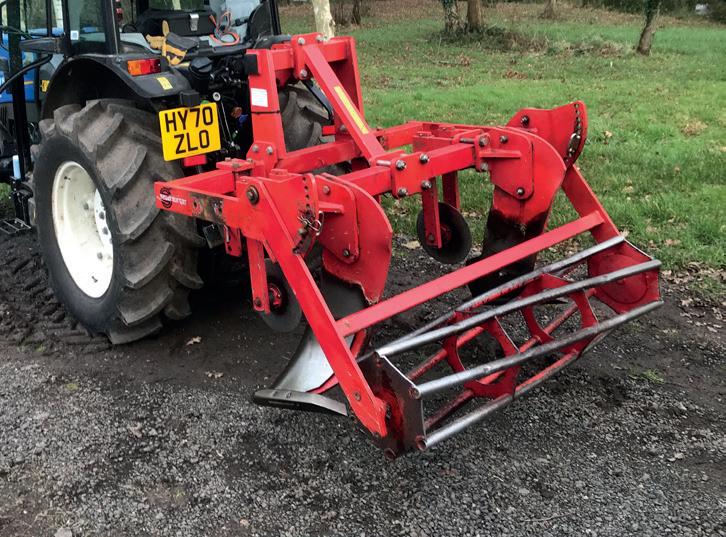
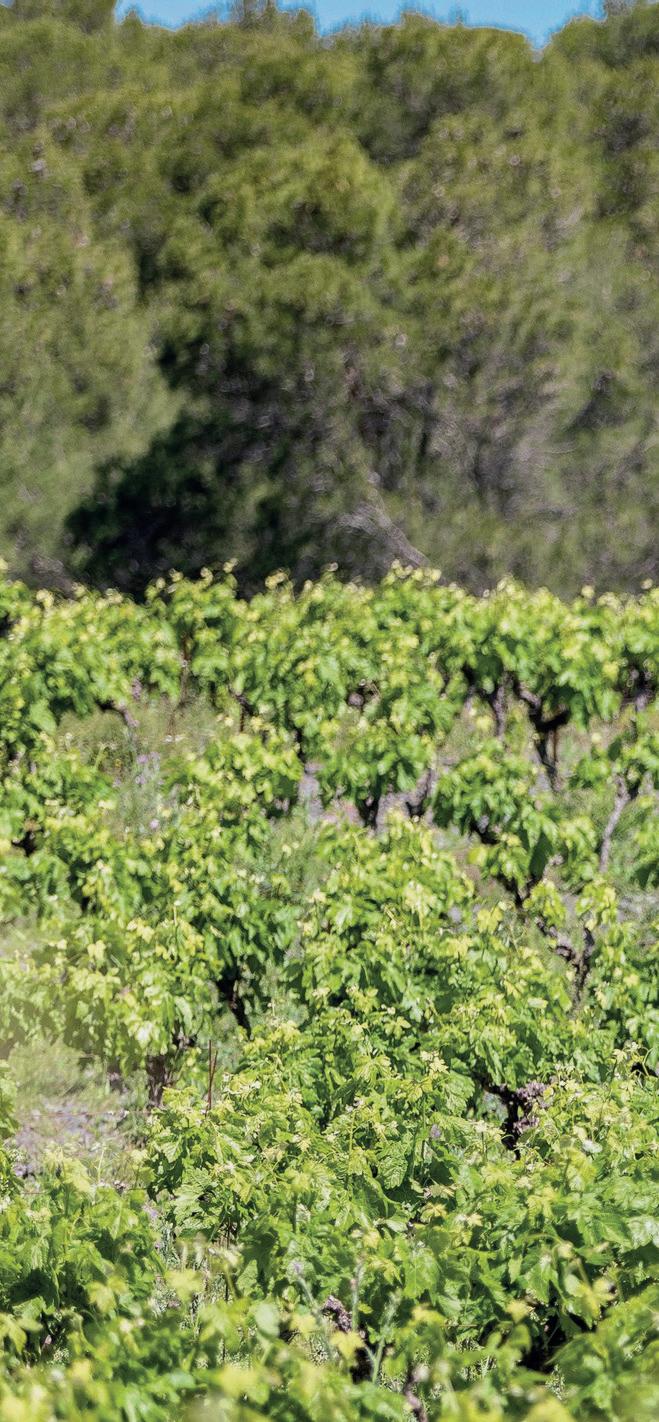


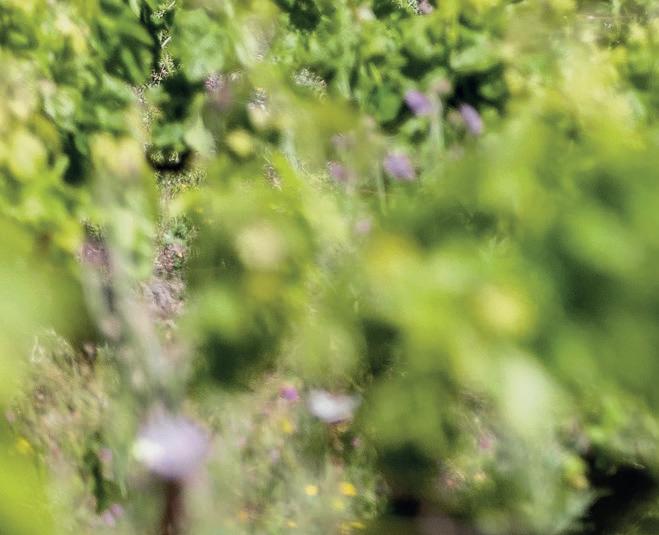
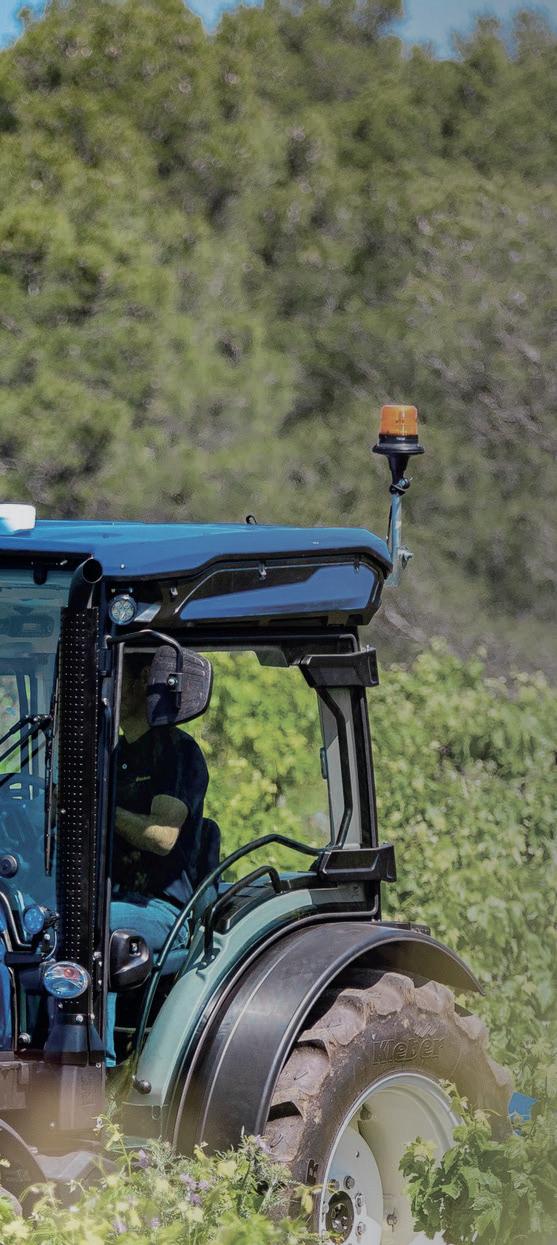

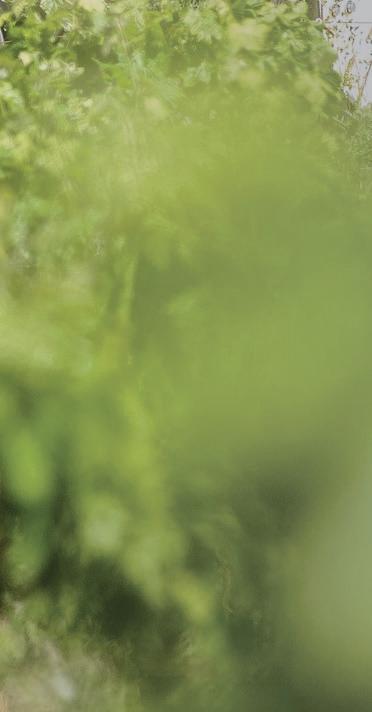






















54 Vitifruit Equipment Sales and Hire /vitifruitequipment vitifruitequipment@sky.com 01732 866567 www.vitifruitequipment.co.uk PROVITIS CANE PULLER MOWERS: GRASS & PRUNINGS BOISSELET WEED CONTROL COMPOST SPREADER SPRAYERS TWO LEG SUBSOILER Covering South & South East England Come and see the all new T4 on stand K38 DECEMBER 2022 | VINEYARD
VITIFRUIT EQUIPMENT Mechanical pre pruning
www.vitifruitequipment.co.uk phone-alt 01732 866567 ENVELOPE vitifruitequipment@sky.com
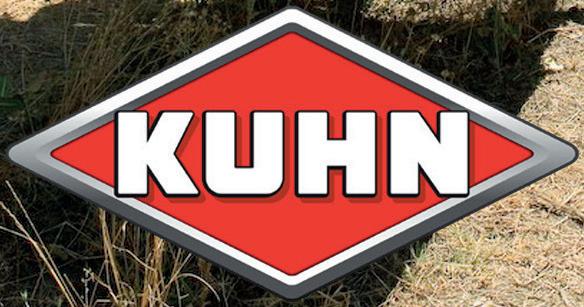



The Provitis MP 122 has been used successfully in UK vineyards for the last three seasons and proved itself to be both reliable and easy to use. Its function is to cut away the top 50cm or so of the canopy thus making the following manual pruning and pulling out far easier and therefore cheaper.

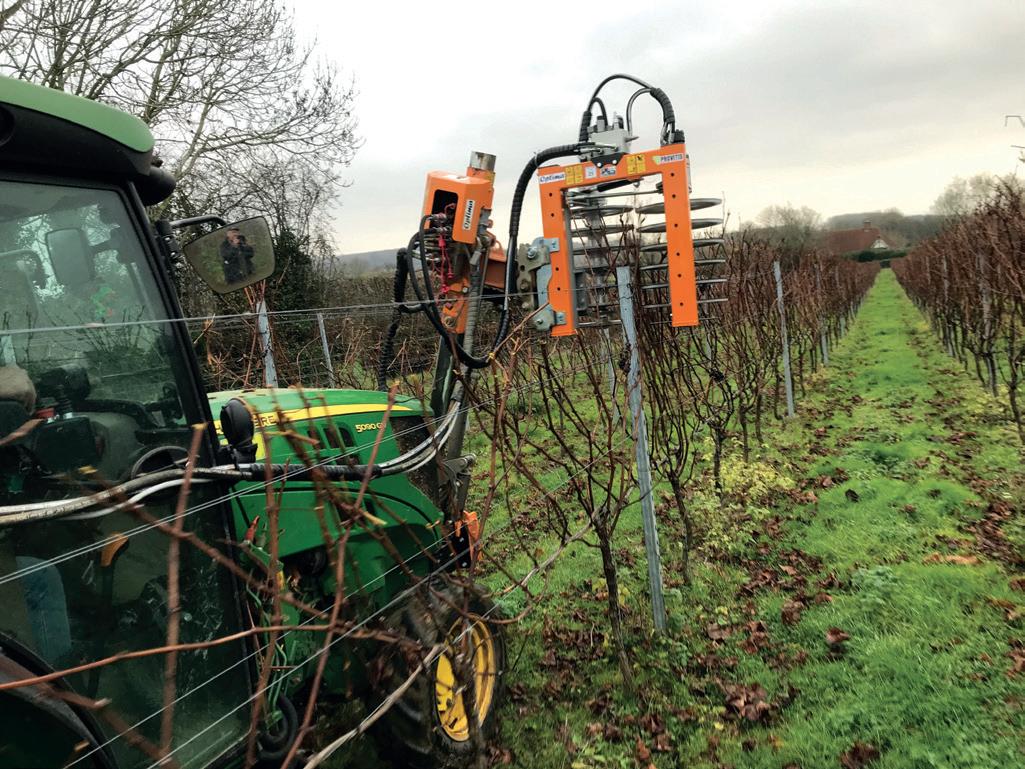


The overlapping discs cut the wood into small pieces which then fall away. The machine is relatively expensive to buy, however the statistics for hire are significant and reduce the overall winter pruning bill by a healthy margin. Users include Yotes Court, Greyfriars and Hundred Hills where the machine averaged a forward speed of 5.4 kph covering around one hectare per hour or seven per day with an average cost of £70 per hectare.
Subsequent winter handwork is greatly reduced as little effort is required when pulling out. The machine height and tilt is easily set as it has the same in-cab controls as a trimmer which most people are familiar with. The driver sets the bottom blade at a height just below the tendrils so that when pruning with secateurs the branches should then fall away with no hand tugging.
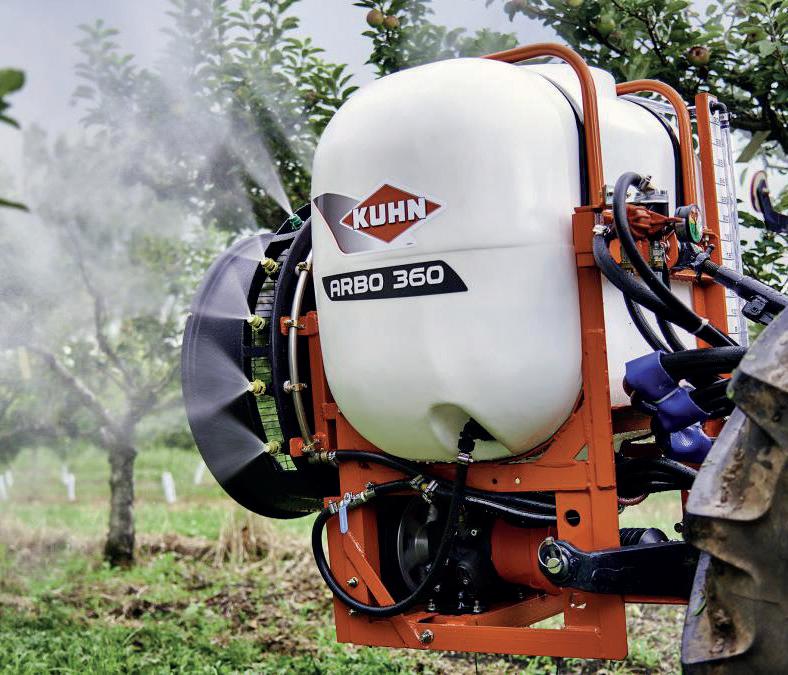
Traditional hand pulling accounts for about 50% of the winter canopy management costs so this machine reduces that dramatically. The cutting head sits on a mast and is easily attached and detached in the same way as other tools in the range like the leaf wall trimmer, mechanical de-leafer, pneumatic
de-leafer, Multi-Brush strimmer/bud rubber, tucking and tying in tool and cane puller. So for example if you already have a trimmer on a mast for summer work you take it off and fit the pre-pruner head or any of the other tools as needed without having to invest in another mast or control system. Vitifruit Equipment also has most of these tools available for hire.
55 David Sayell&Richard W i t
DESKTOP
Explore the range online at farol.co.uk Utility vehicles, compact tractors, fertiliser spreaders, sprayers and much more! DECEMBER 2022 | VINEYARD
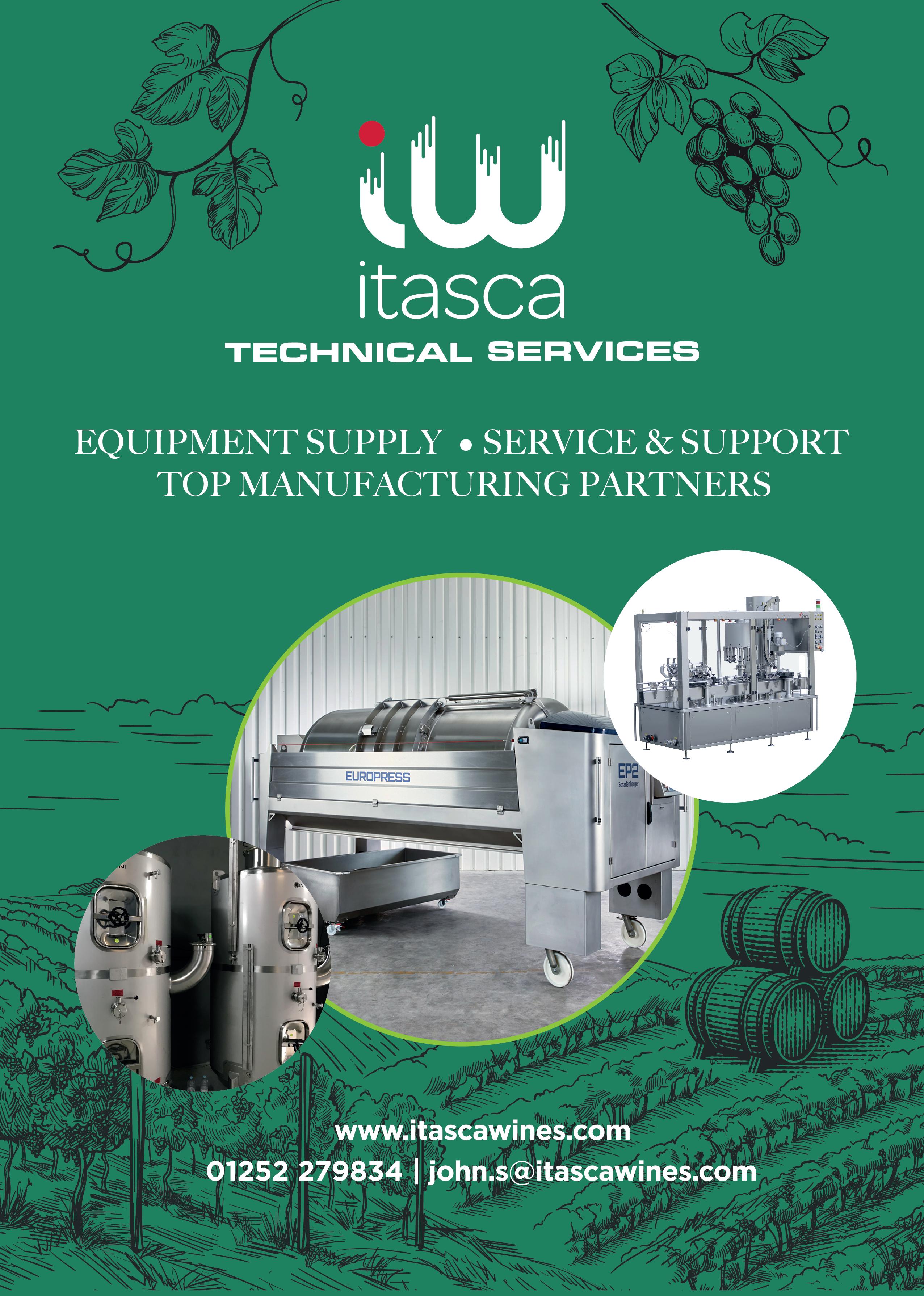




































































































































































































































































































































































































































































 The National Farmers Union Mutual Insurance Society Limited (No. 111982). Registered in England. Registered Office: Tiddington Road, Stratford-upon-Avon, Warwickshire, CV37 7BJ. Authorised by the Prudential Regulation Authority and regulated by the Financial Conduct Authority and the Prudential Regulation Authority. A member of the Association of British Insurers.
The National Farmers Union Mutual Insurance Society Limited (No. 111982). Registered in England. Registered Office: Tiddington Road, Stratford-upon-Avon, Warwickshire, CV37 7BJ. Authorised by the Prudential Regulation Authority and regulated by the Financial Conduct Authority and the Prudential Regulation Authority. A member of the Association of British Insurers.




















































































































































































































































